PORTFOLIO



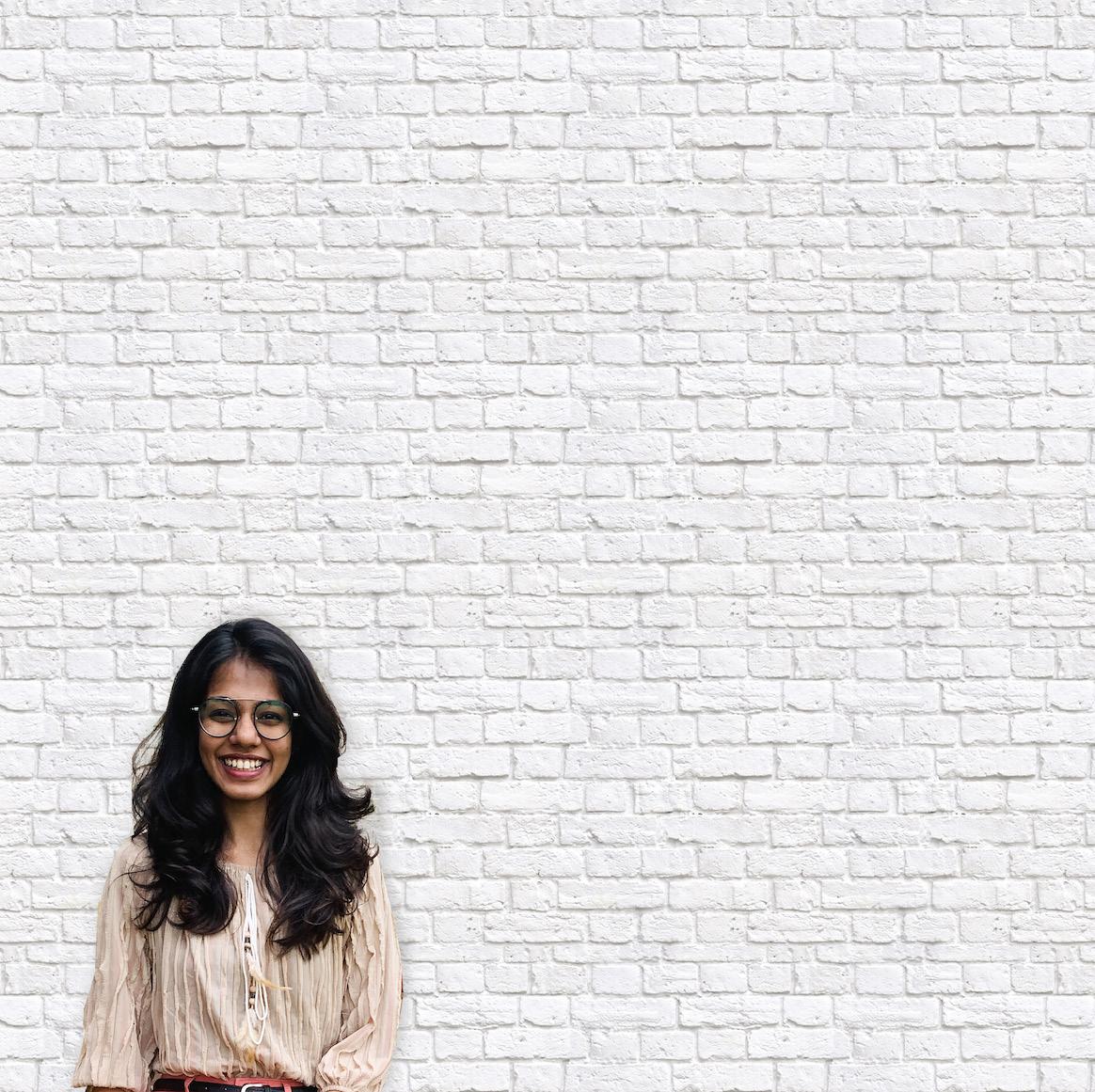
Samira Rathod Design Associates (SRDA)
4/10/2019 - 7/05/2020
Learnings:
-Participated in designing by making physical models of a large bungalow in Ahmedabad
-Worked on different stages of interior designing of a bungalow, renderings etc.
-Designing of furniture pieces.
-Participated in process of competitions, making project books etc.
Junior Architect
Bricolage Bombay
12/08/2021 - 31/11/2021
Learnings:
-Basic site co-ordination
-Mockup drawings
-Design of various parts of a building
-Social media handle
- Material selection and identification
Junior Architect
Studio NM
03/01/2022 - 31/11/2022
Learnings:
-Basic site co-ordination
-Mockup drawings
-Design of various parts of a building
-Social media handle
- Material selection and identification
-Making and analysing BOQ’s
Bachelor of Architecture
2016-2021
School Of Environment And Architecture (SEA)
Junior college
2014-2016
Shri Tikamdas Puroshattam Bhatia (T.P.BHATIA) College of Science.
School
2001-2014
Oxford Public School
AutoCAD
Adobe Photoshop | InDesign | Illustrator
Rhino | Grasshopper
QGIS
Microsoft Word | Excel | Powerpoint
Hand Drafting | Model Making
Presentation
Teamwork and Perseverance
Creativity and Problem solving
Written and oral communication
Languages known
English | Hindi | Marathi | Gujarati | Kutchhi
2016:
Devices that created experiences that makes one feel punished, without hurting them physically.
2017:
Mumbai neighbourhood studies, Matharpakhadi
Documenting various typologies of buildings in Matharpakhadi,Mumbai and re-designing the bakery.
2017:
Exploring techniques to use concrete and how other materials like wood, plastic etc. fuses with it.
2018:
Documentation of various buildings in Auroville, understanding the structural systems and working along with geography,resources, governance, planning and architectonics of the place.
2018:
Documentation of cenotaphs of Gaitore and designing an archive.
Documentation of pre, during and post mining landscape, flora and fauna, life of people and resources of an intense mining site, in Goa.
2019:
A compilation of South Asian architecture led by women.
2019:
Compilation of new forms of architecture and programmes coming up in second tier cities in India.
2016:
Hands-on brick arches and cob | Malak Singh
2016:
Concrete | Samir Raut, Milind Mahale
Electives :
Film (Prajay)
20162021
Art (Shrimanti Saha)
Origami (Bobbie Vijaykar)
Weaving furniture (Anu Tandon)
Sculptures (Teja Gavankar)
Comic making (online)
Film appreciation (Avijit Mukul Kishore)
New media has made the experience of public space simultaneous. We are in a physical space, but we also inhabit a virtual space simultaneously. The simultaneity that we experience dematerializes the experience of a particular space. The closed boundaries of a public space have thus become an infinite canvas to be explored. Neither the public space nor its edges are fixed. The ideas of community at the node, transactions in the market and leisure at the beach, that are all public spaces have been directed by these algorithm based devices. There is a constant reproduction of the experiences when one person enjoys a place physically and shares it to others through these devices. When multiple people can virtually be there at the same time, the need and form of physical space diminishes.
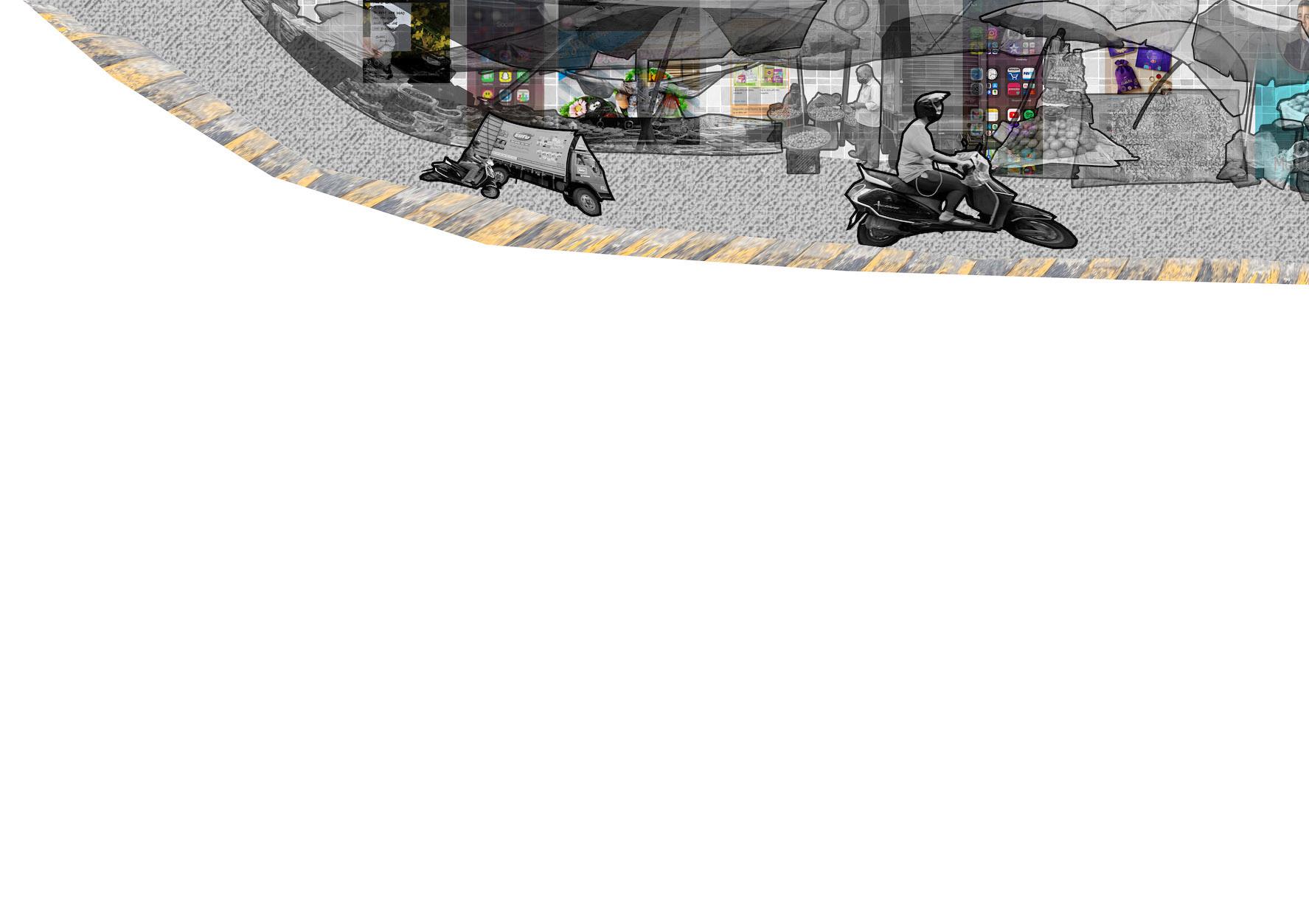
The over-influence of new media is slowly
disintegrating the experience and the need of existence of a particular space for specific purposes. Any space can turn into anything and the function of space becomes dynamic and independent of the form. These spaces are ever changing, in terms of use, which makes it de-materialized. The multiplicity of these spaces is ever transforming with respect to the type of users at different times of the day. There has been an intense repurposing of the public spaces.
There has been an intense amalgamation of algorithms with our cogitation that generate anxieties that directs our actions and thought processes. Thus our routines have been influenced by these technologies in terms of experiences and perceptions. We perceive a space as we see it through our screen, and not by its actual materiality, texture, smell
and other perceptions that makes it unique in nature. The experiences are like a pixel. We need to accept the fact that the media has become an integral part of most of our lives. It’s advancement is quite rapid to match the pace of. Newer generations will definitely be more technologically advanced and mediatised. The ways of living life are only to become easier. In such situations, there will be a sudden urge to get out of the normal, and experience the reality.

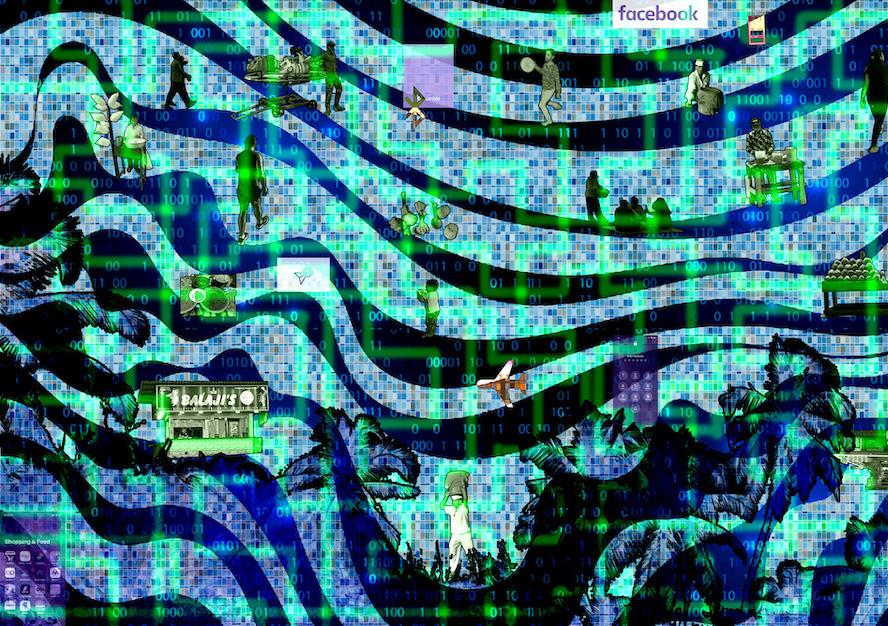
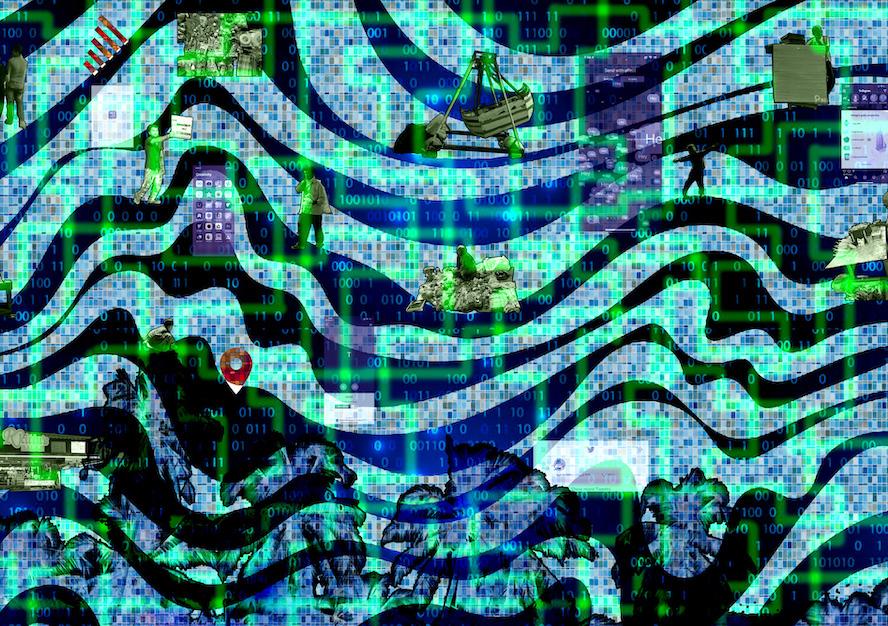
Location: Gandhi
Nagar, Kandivali west, Mumbai
The site is an open, unused space in the middle of dense informal settlement. The lack of space for everyday activities like play, gather, study etc. in the settlement makes it an opportunity to provide a system that can be appropriated for these daily activities.


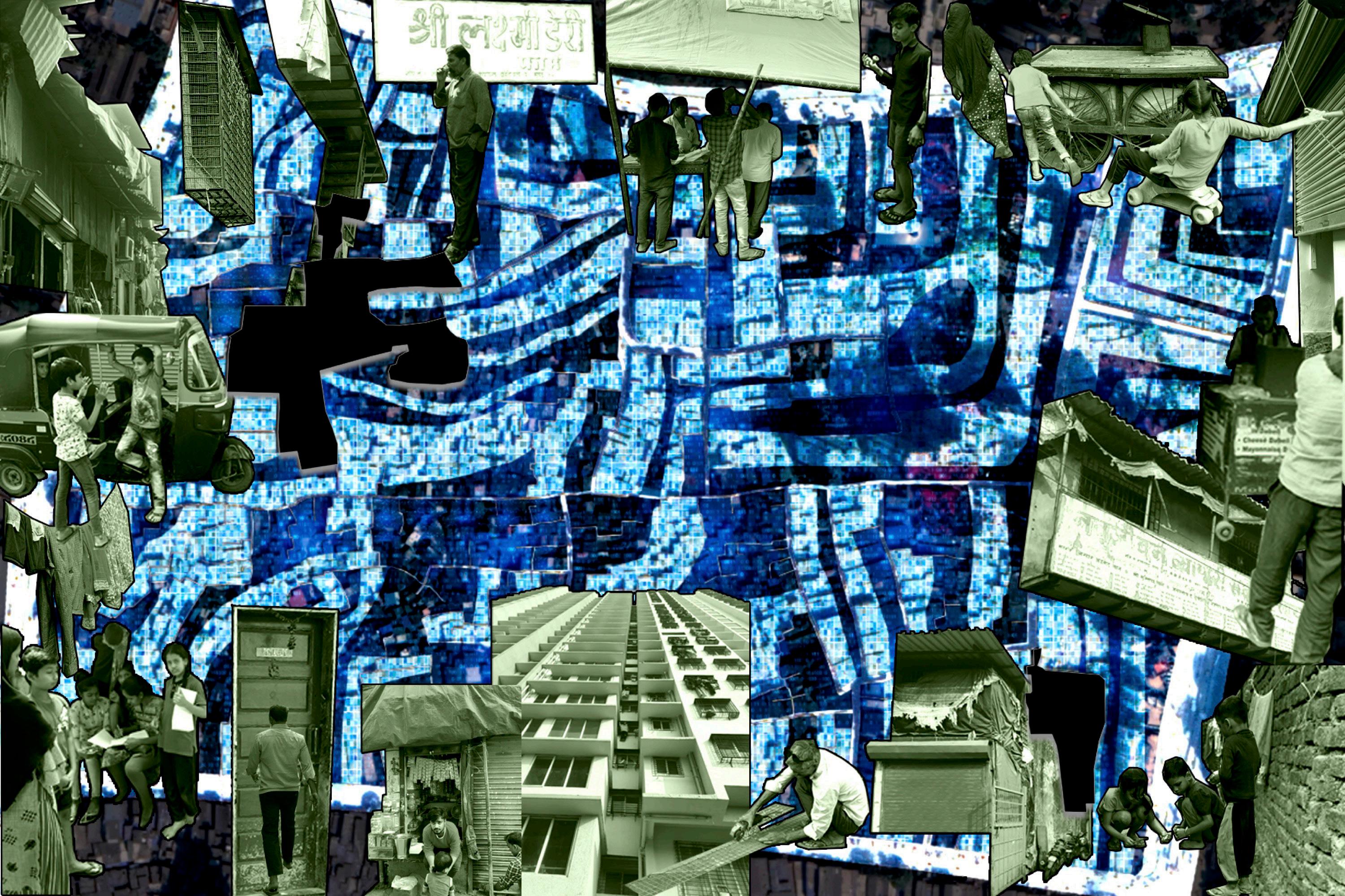
A series of process models to understand the structure of the web, how it can be transformed to architecture and various methods of construction. There have been iterations to create spaces within and various strategies to cover these spaces using the web were explored.
Variation in densities and intensities were explored to make spaces to be appropriated and to support fixed infrastructure.
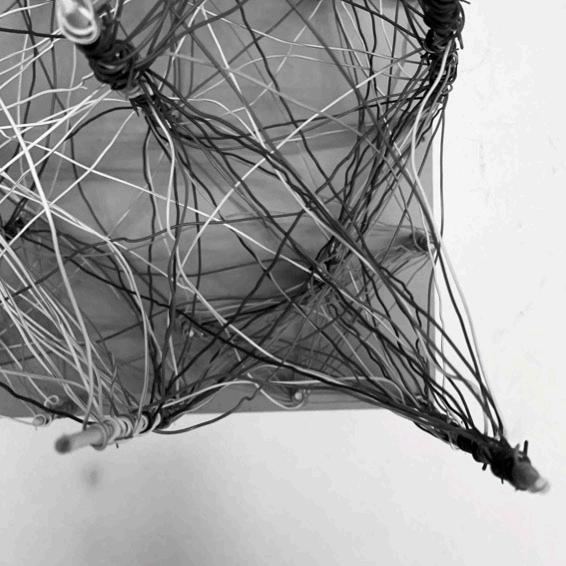






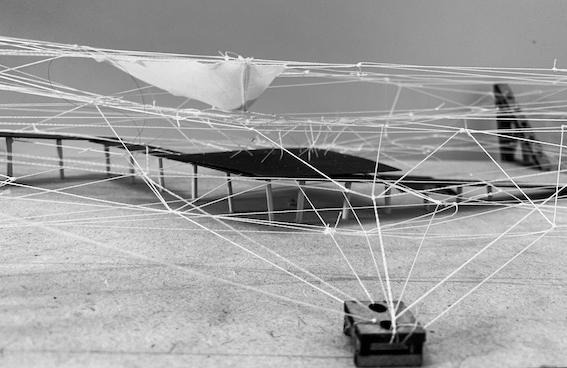



A ramp was introduced to navigate throughout the site.
At Places with higher densities of ropes, extension were added These extensions are supported with the ropes and also the roof takes form.
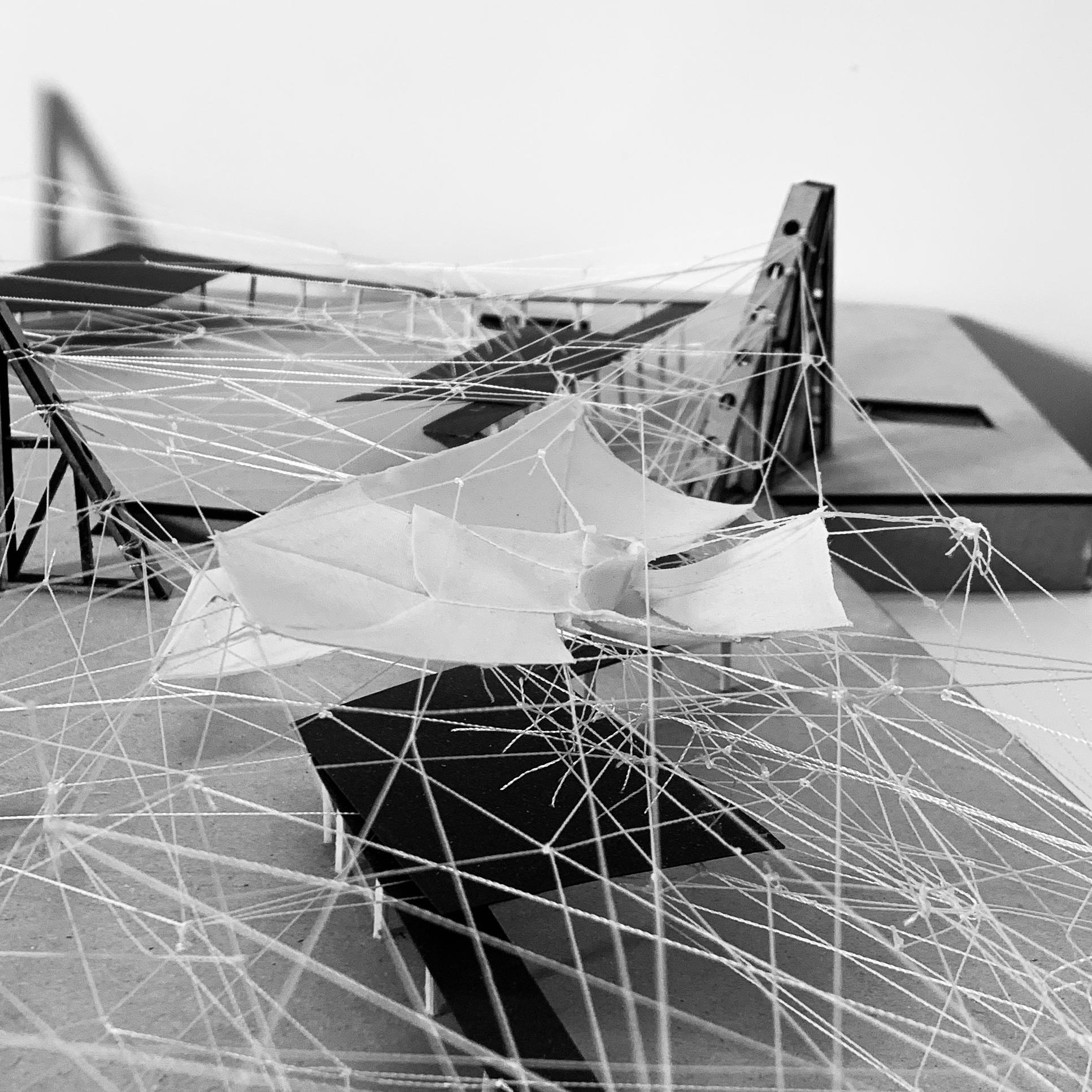
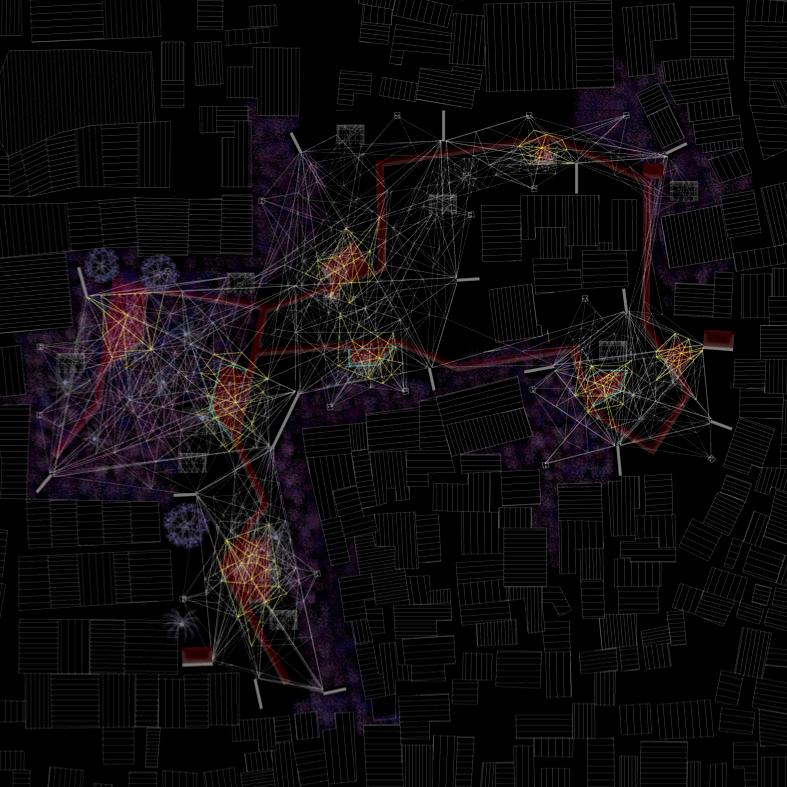
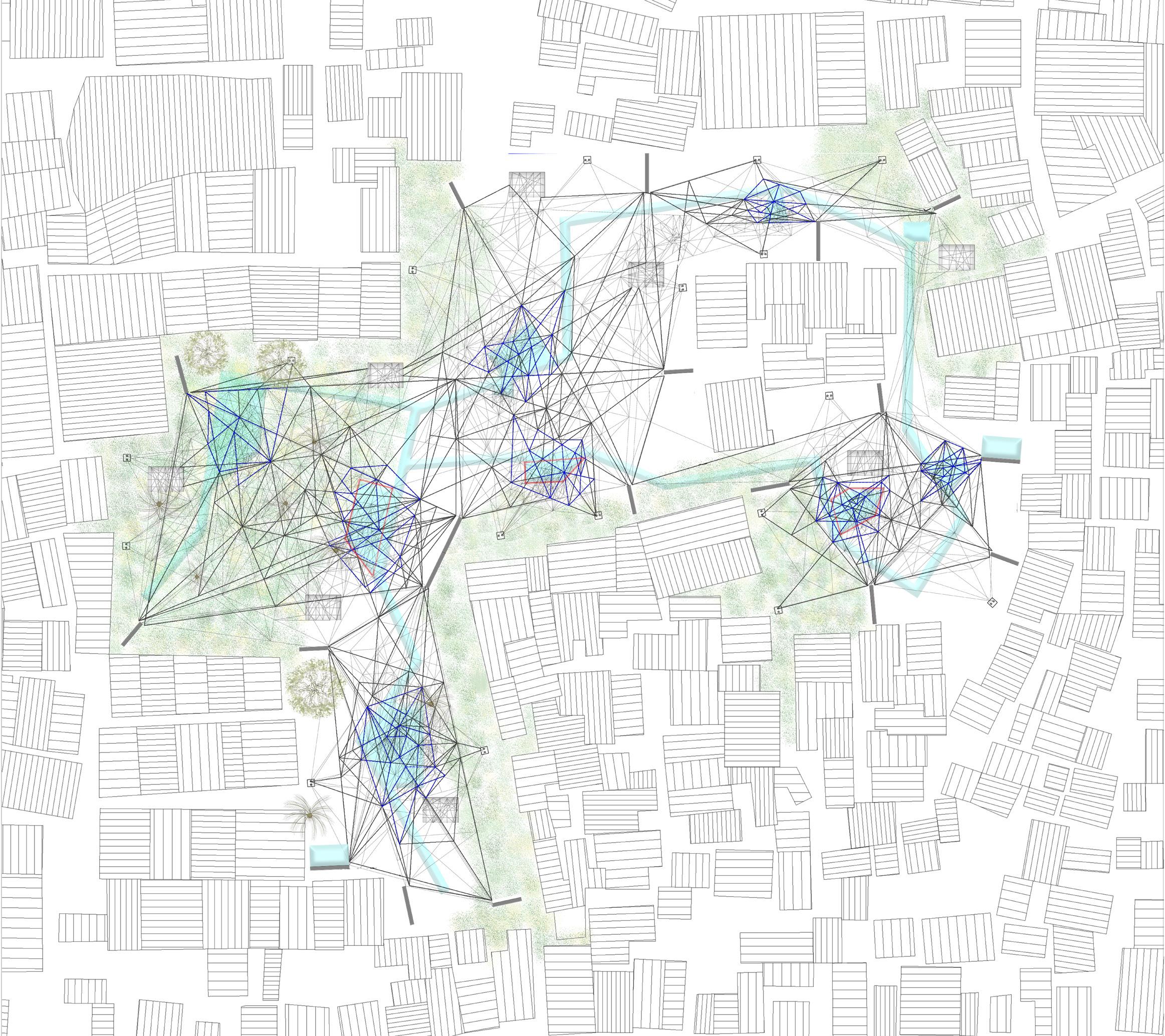



 Diagram for generating the web
Zooming in the web
Diagram for generating the web
Zooming in the web
Aaj shaam ko yaha cinema dikhane wale he ( movie screening). Yahi pe thela latka deta hu. Cinema bhi dekh lunga aur log bhi zyada honge, toh sab samaan bik jayega.
Hey, what is the answer to question no 5. Thank god we are studying together here. All of us can solve each other’s doubts and problems.
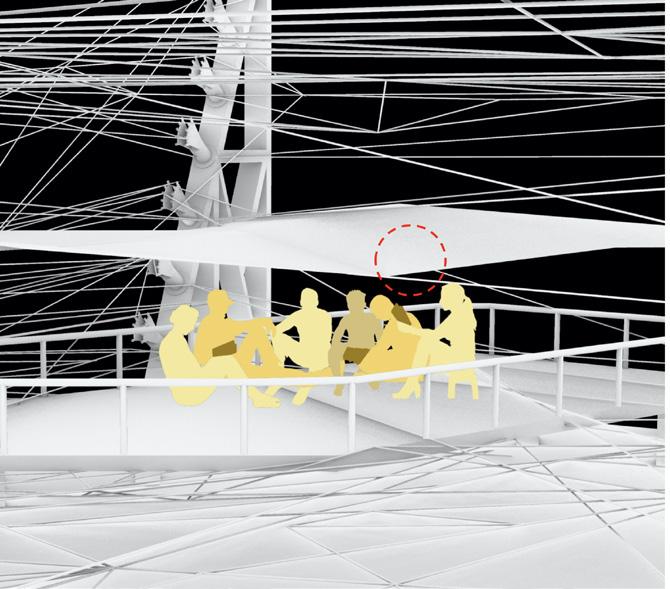
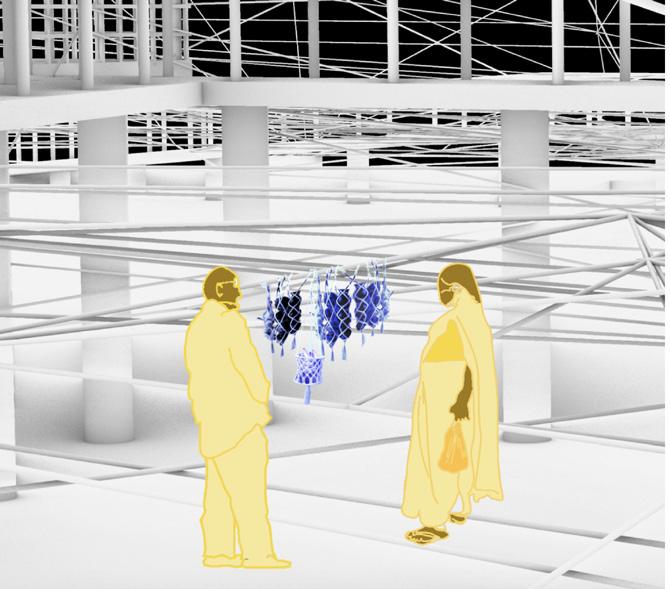
Chalo ye bandh ke aaj yahi pe stall laga dete he. Aaj Sunday hai, toh sab ghar pe hi hote he, aur fir yaha aate he shaamko, toh thoda kaam ho jaaye.
I’ll go to the web to read the newspaper. I will find some space for myself there and also get to wave at people passing by. This old Age and loneliness is sometimes difficult.

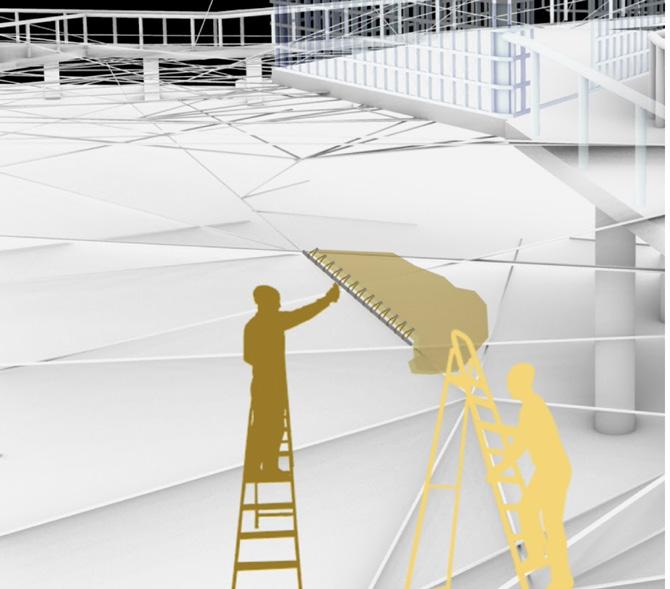
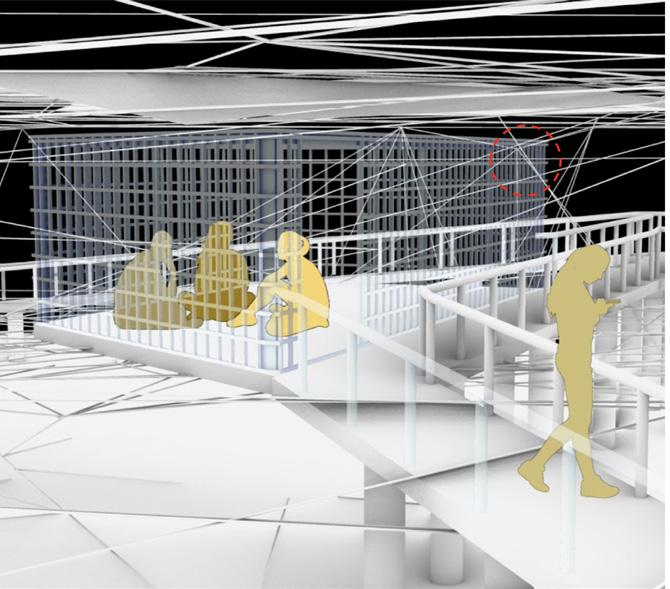
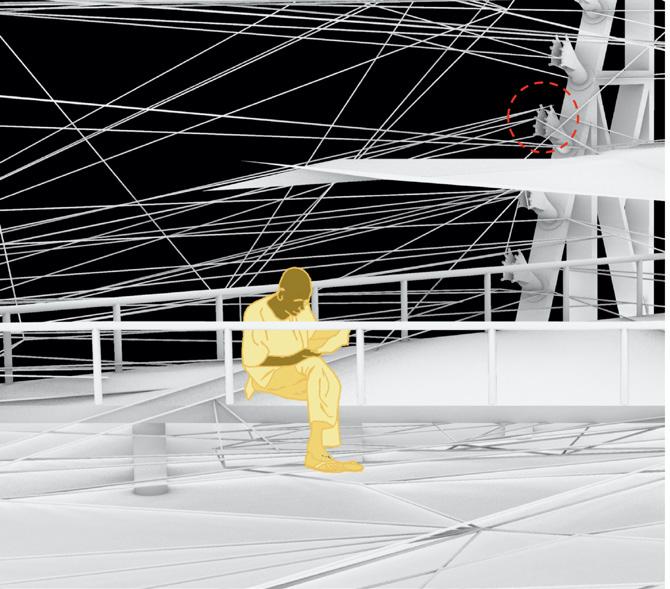
Are bhabhi, aaj toh me itni thak gayi hu, subah se itna kaam tha. Aaj papad ka bhi oder tha. Acha hua yaha aap log mill gaye. Ye aaj kal ke bache, kya sunte rehte he poora din kaan me laga ke.
Yippee. I am so happy, I don’t have to wait for Papa to take me to the garden. I can myself put up a swing here, and enjoy whenever I wish to.
Chalo waha andar beth ke khelte he. Yaha pe wifi itna acha he, game khelne me maza aa jata he. Who is that new guy there, I have never seen him before. He also seems to be playing some interesting game. Arrey! Vo toh abhi 4-5 din pehle hi galli number 5 me rehne aye he, me janta hu usko.
It is so relaxing to find a personal space for me. I like to read, lying down like this. If I was at home, chutki would have jumped on me thrice already.
Oh! My plants have grown so well. Glad I kept them here. Otherwise one month of my trip to native, would have killed all my plants. Here, there is always somebody to take care of them.
It feels nice to be here. It is like a good exercise to walk from one place to the other, in here. I don’t know why I have been walking so straight all my life.
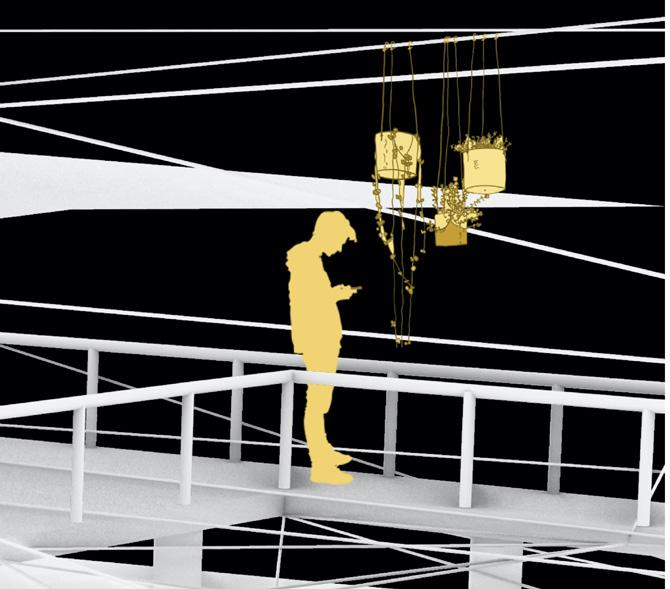

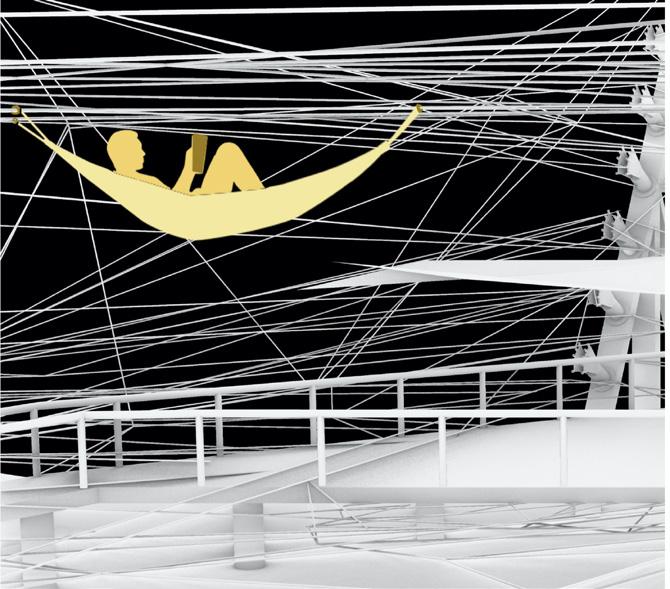
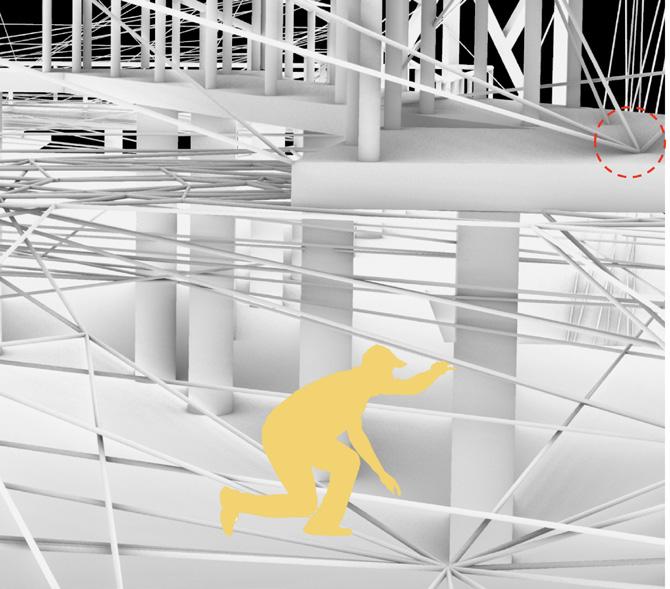
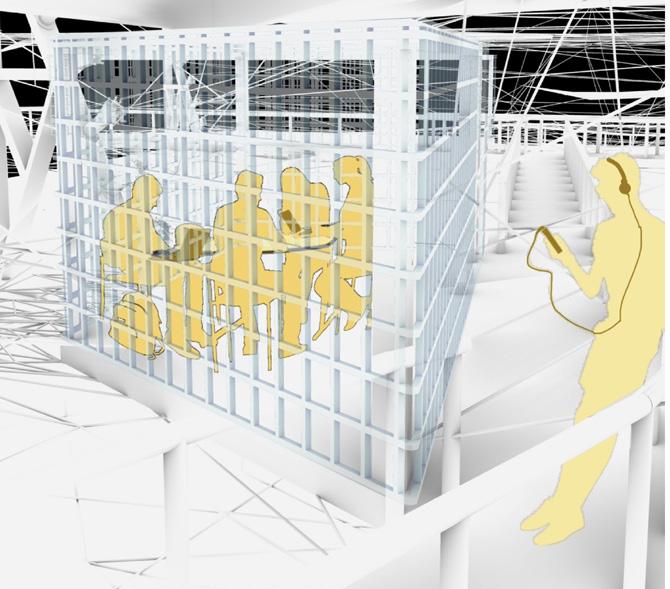
Hey, you know our school mate, Nandu. She is getting married tomorrow. And that Chhotu, he got a nice job in Andheri. It’s so easy to gossip here, without the fear of anybody listening to us.
My pet comes home only to eat, that too only sometimes. She has found so many new friends and they can literally jump in everywhere and play.
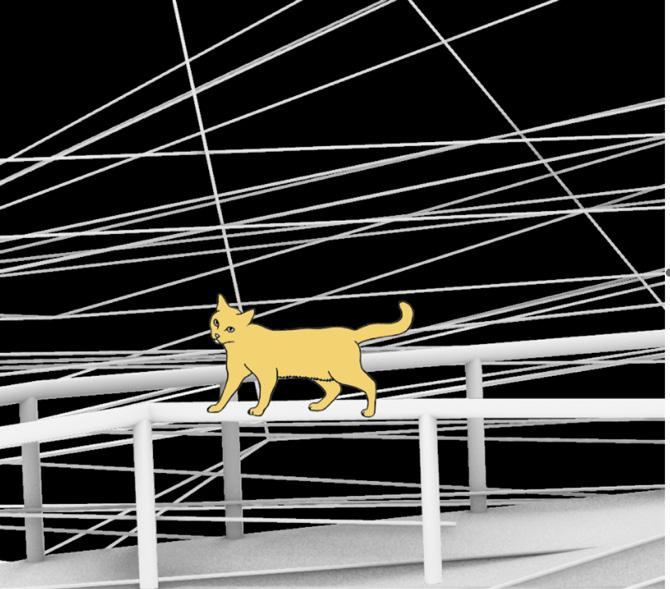
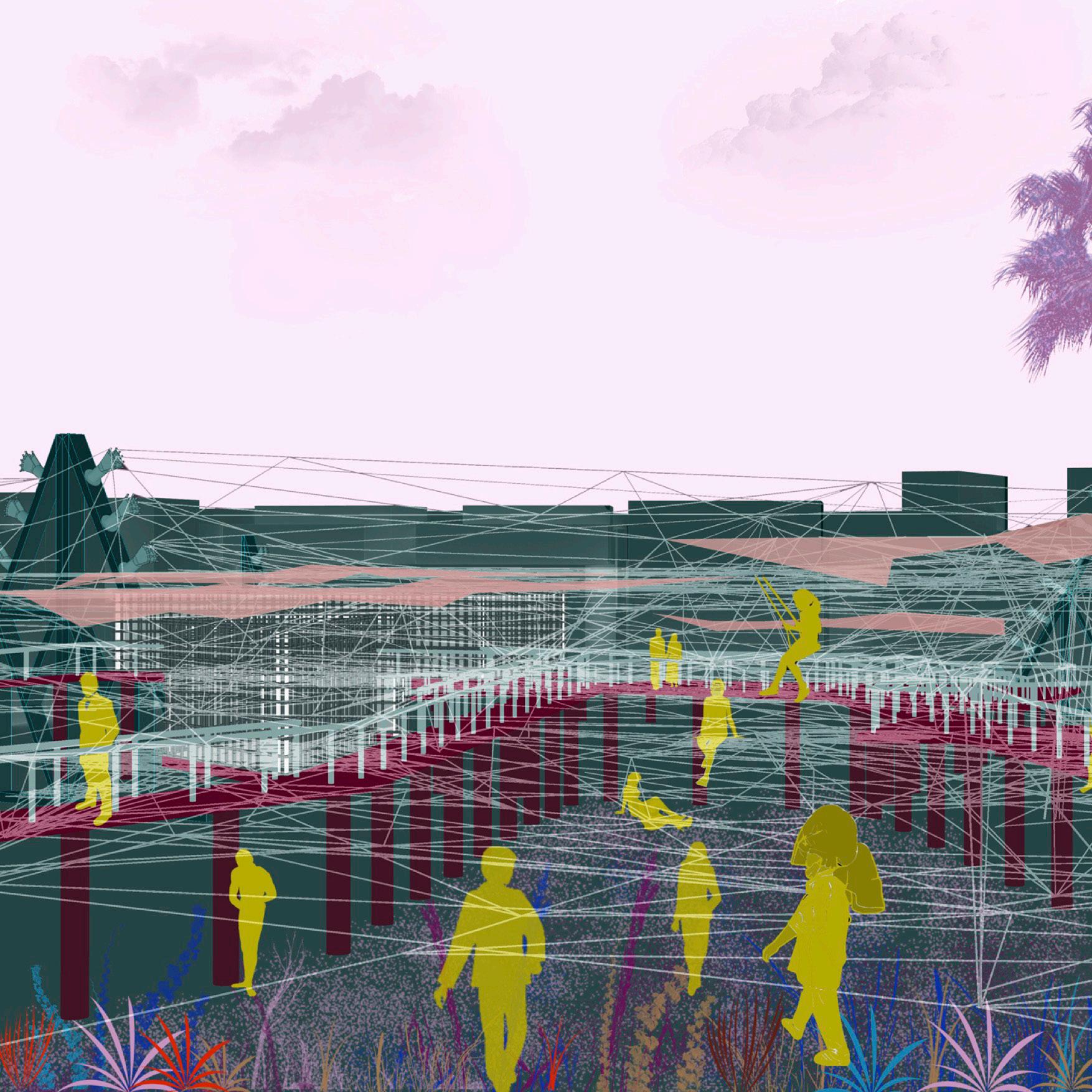
Programmes such as Community (open) cinema/ theatre , Digital Library that consists of reading spaces, Storage , Discussion space, Repair and training of equipments, Digital Gaming area where one can play games in groups or alone, Charging stations and pods can be installed and a Media lending centre where devices can be procured from.
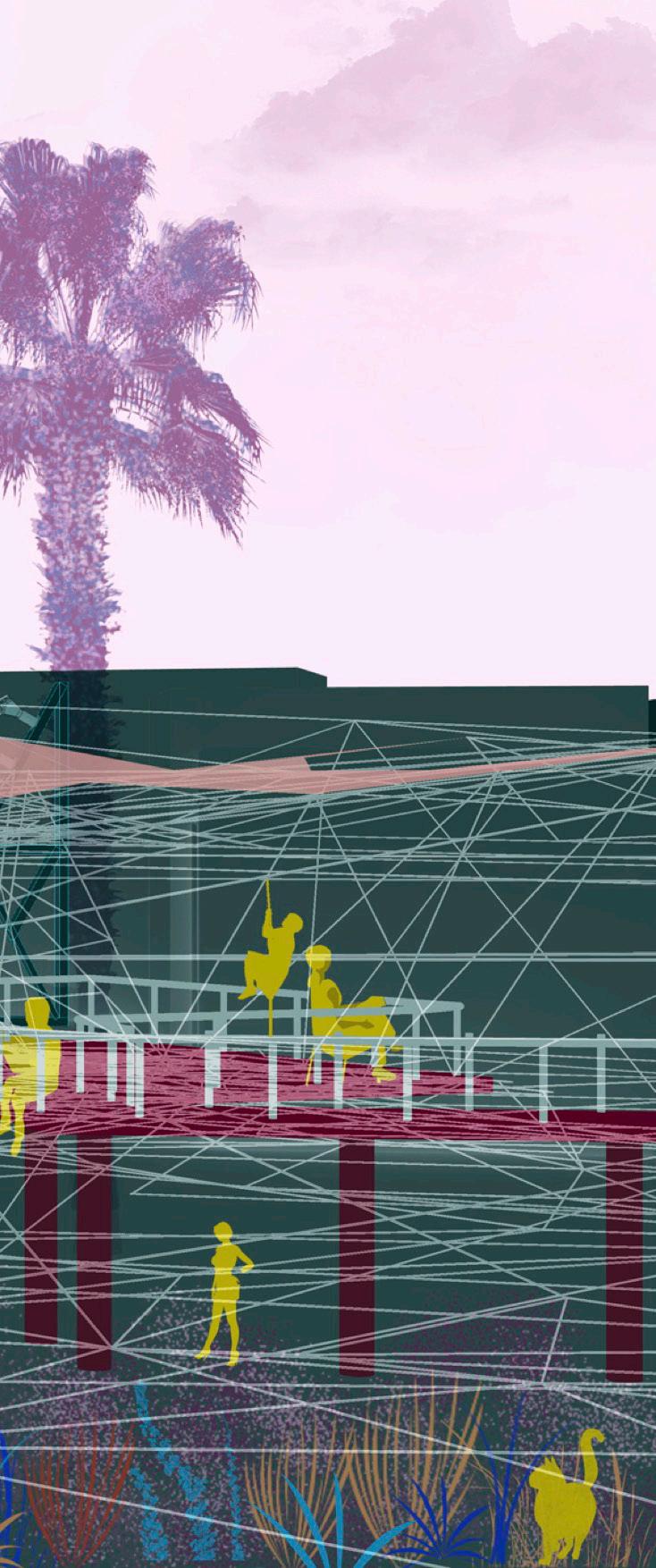
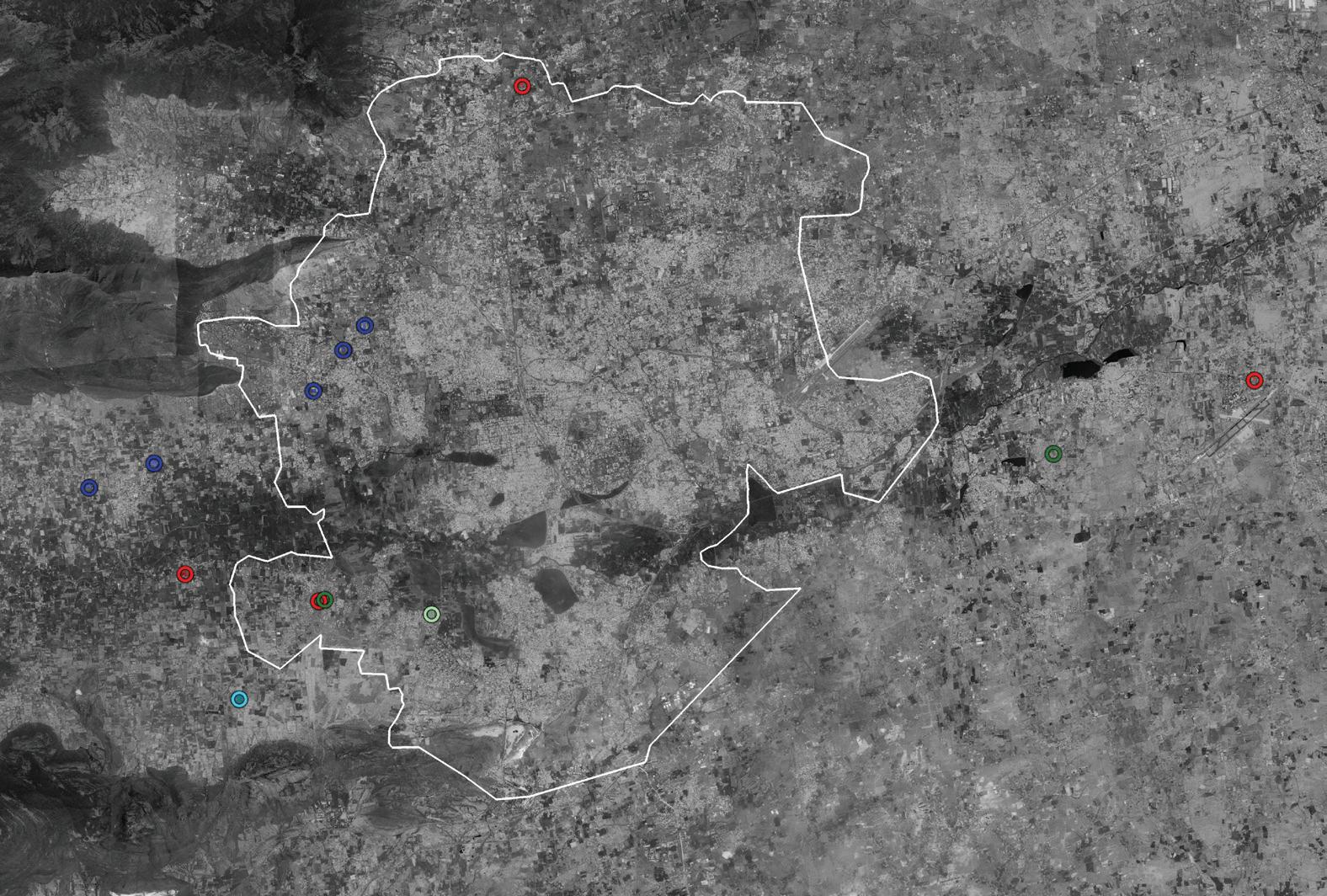





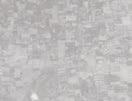
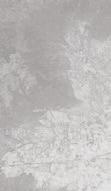
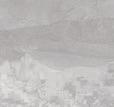

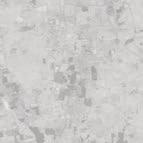

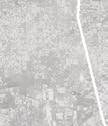


Retirement Homes in Coimbatore are majorly located away from the city. Climate in Coimbatore remains moderate throughout the year, which the body of an elderly can adapt easily. The city has beautiful views of the Nilgiris and Velliangiri mountains at the Periphery. Developers use this criteria of scenic beauty of Coimbatore to sell their retirement homes. These places being away from the congestion of the city, are pollutionfree. Surrounded by the greens, the air in these areas is pretty pure and fresh. This is beneficial for the elderly people in terms of their health. Large plots of land for these kind of projects that developers aspire are also available only at the periphery or outside the city. They usually built on agrarian lands that farmers sell them. Coimbatore offers the best medical services in all sectors. The availability of these medical facilities of various kinds in the city becomes a point of attraction for people to choose Coimbatore.
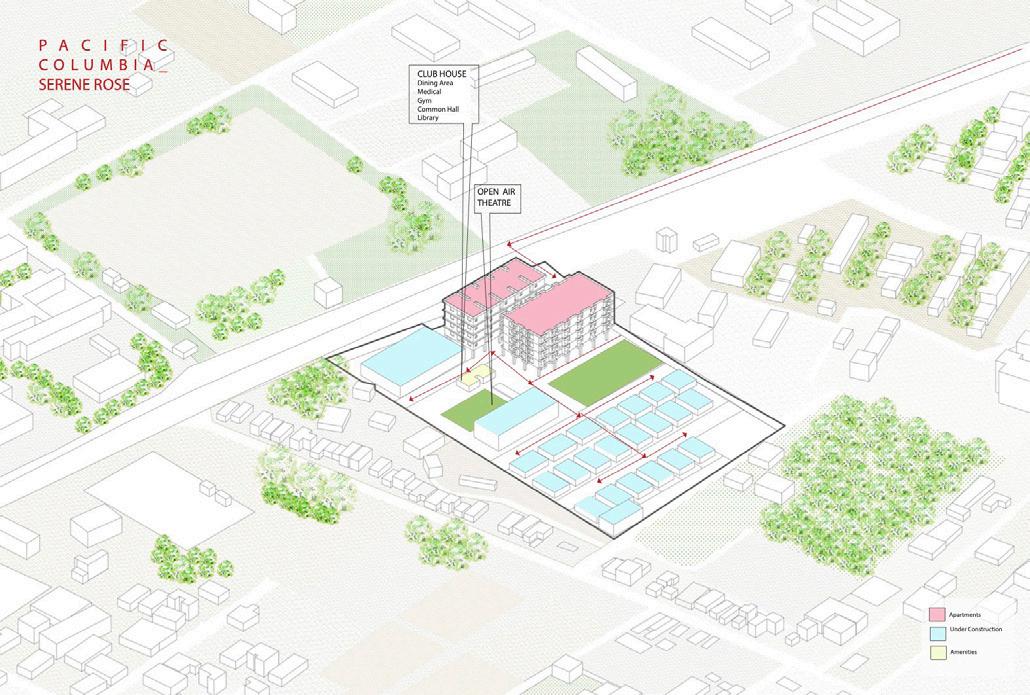
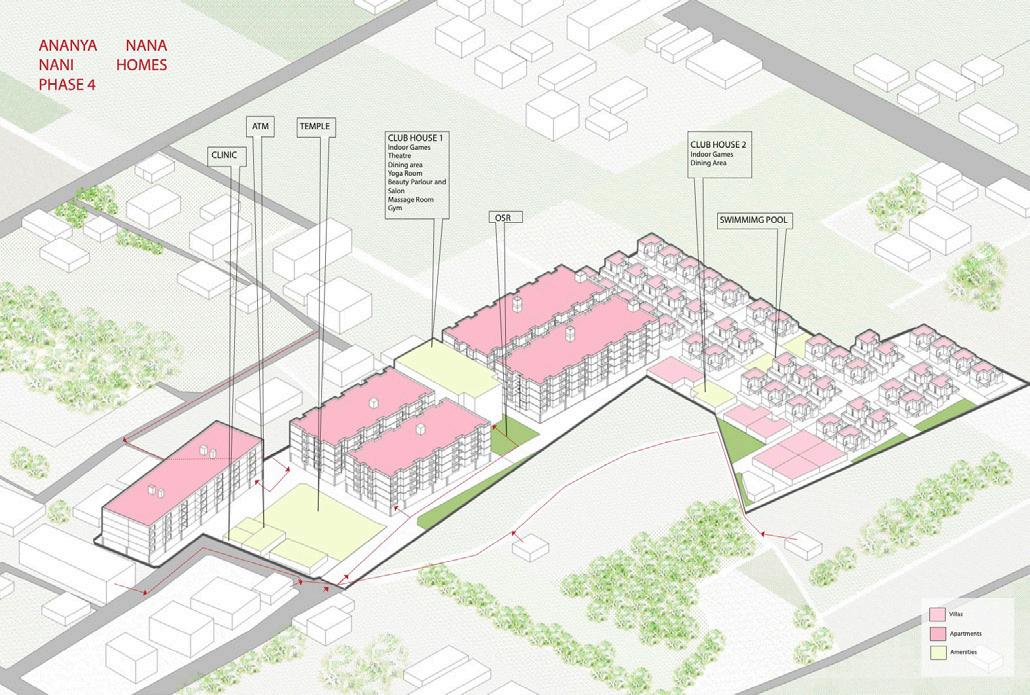


What is the architecture of the new emerging housing that is sensitive to the programmatic and spatial demands of Retirement Communities, and how can old age be integrated within it. The site of intervention chosen was the Lakshmi Mill colony, where majority of the population residing are elderly throughout the day, and younger population being out for work. The mill colony is being made pedestrian friendly considering the slowing speed of people with increasing age. The back lanes of houses have been cleared up to make pedestrian access routes that open up with smaller gathering spaces, whereas the front roads remain to be accessible by vehicles. The programs, along with old age friendly housing have been generated considering to keep people engaged throughout the day, not only within them, but with the community as well.







The city is seen as an accumulation of layers, layers of natural and man made systems and its gradual transformations through various human imaginations and interventions.
These layers intermingle to disrupt and reconstitute themselves into new layers and ecotones over time. The three stratums are seen as an ecological landscape, the landscape of economic order and the stratum of digital technologies - The Cloud.
The city as lived is going through a technological change. Futures were projected in categories like Natural systems, Economy and livelihood, Built environment, Unbuilt environment , Mobility and Infrastructure.
For this a part of R-ward area was studied and mapped from the year 1672, using old maps and GIS data to analyze the information.


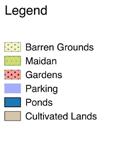





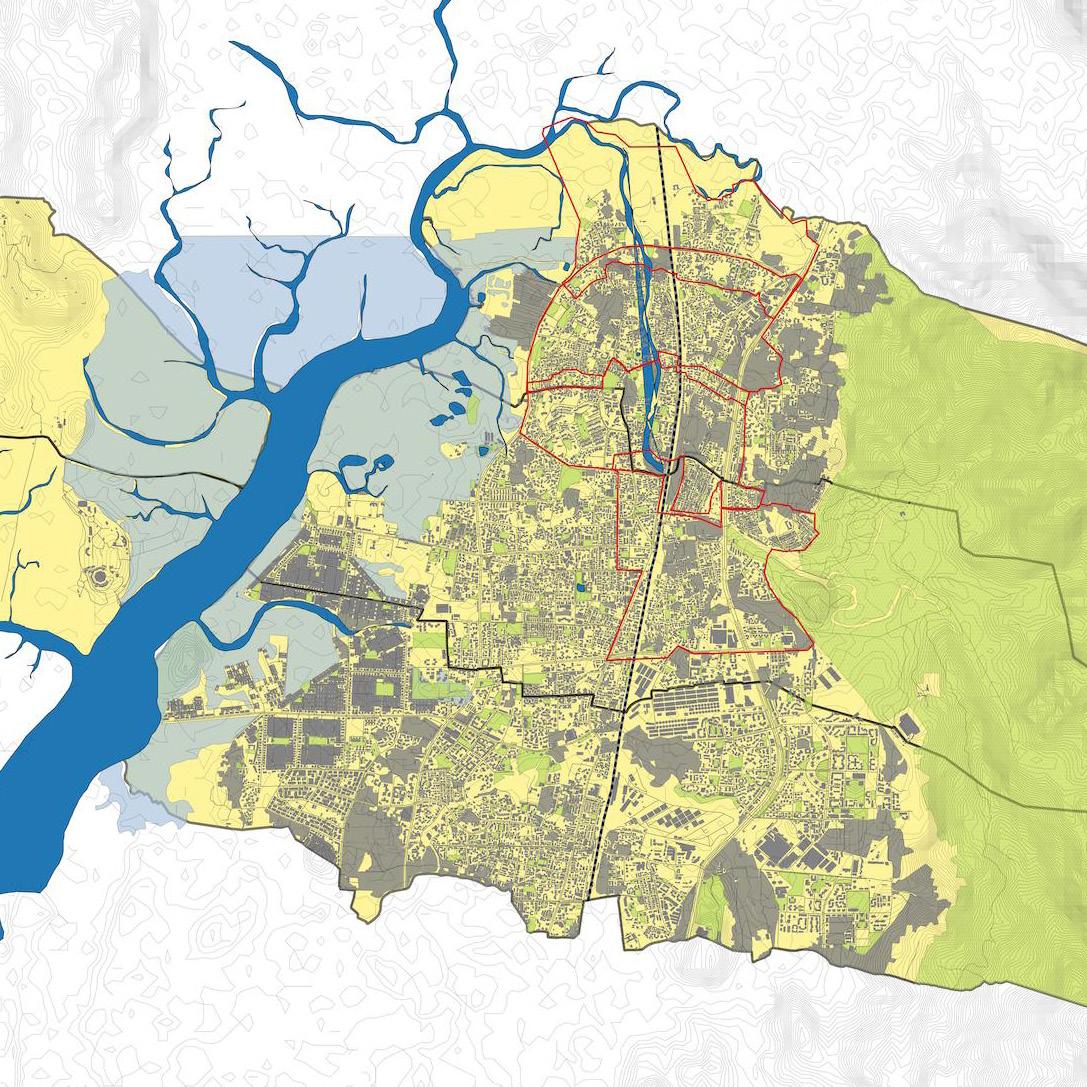
We, in groups, predicted futures of the changes that might occur in three stages,near future, by the year 2035 and 2050 based on various readings from experts like Elon Musk, Space X etc.
Sections as key to the plan





Idea of self as a field became the driving force during the Pandemic. Designing our own lives, houses and inhabitation were the key elements of the project, where first we identified that how do we actually see our houses .

The next step was to understand how do we want our houses to be, and thus how is it really possible to make it.
How I see my House?
How I want my House?

How I want my House?
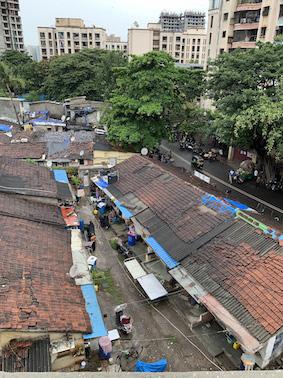

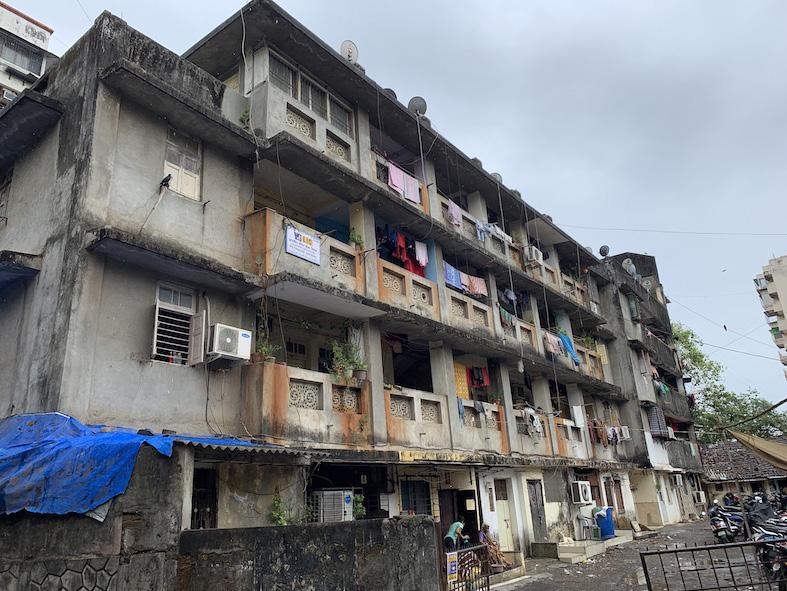
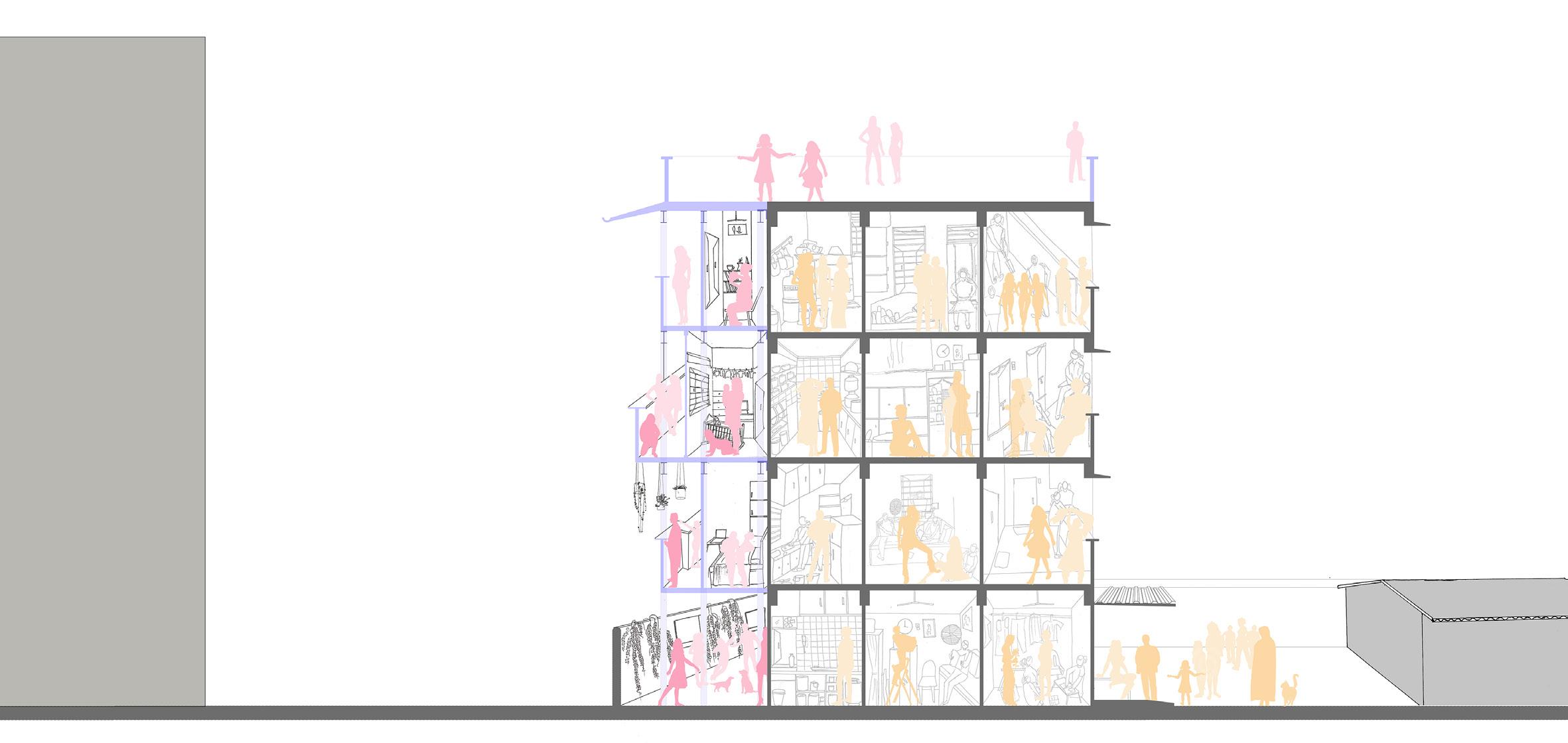 Existing building images
Existing building images
Location: Goa
Mapping the flora and fauna that has now emerged and what was the flora and fauna back before. From Birds, Animals, Trees, Plants, Machines.





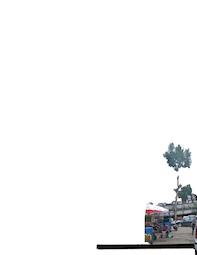




Built form:

BIT chawl is a series of six chawl with a simple four storey rectilinear block perfectly aligned, internally separated by a central corridor. As the light source is only from the two edges of the corridor and windows in the kitchen, the corridor and living space of the chawl is quite dark. Every floor has a common room which sometime became a temple or a reading space.
The chawl is serviced by one entrance from the main road and there is a small gap between two buildings that faces a small stream of nullah which when crossed can lead directly to the railway track. The main entrance from the street leads to a staircase which connects the central corridor from where there is an access to all rooms of the chawl.

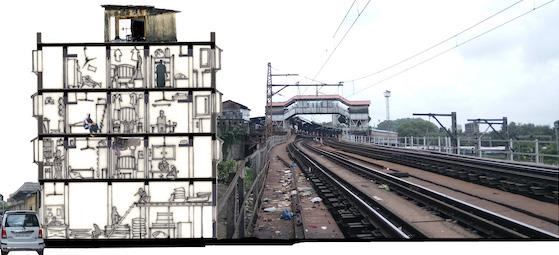
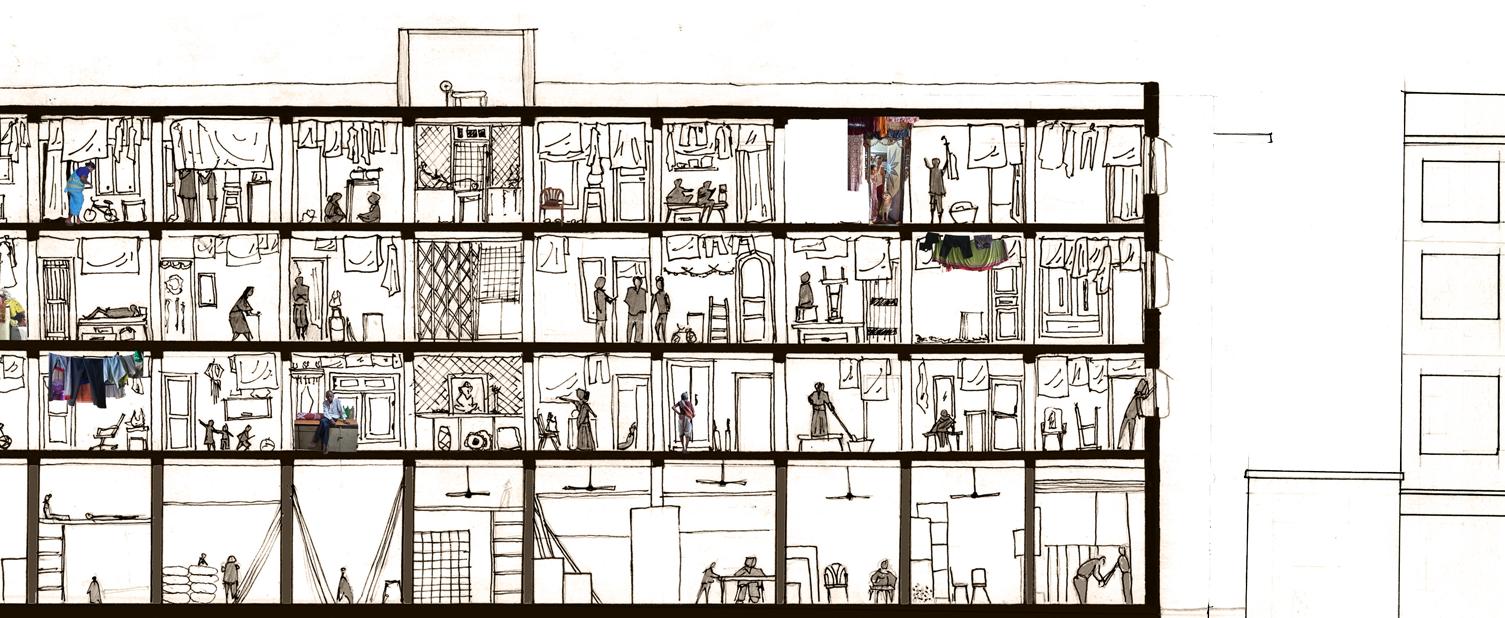
Site documentation
Location: Matharpakhadi
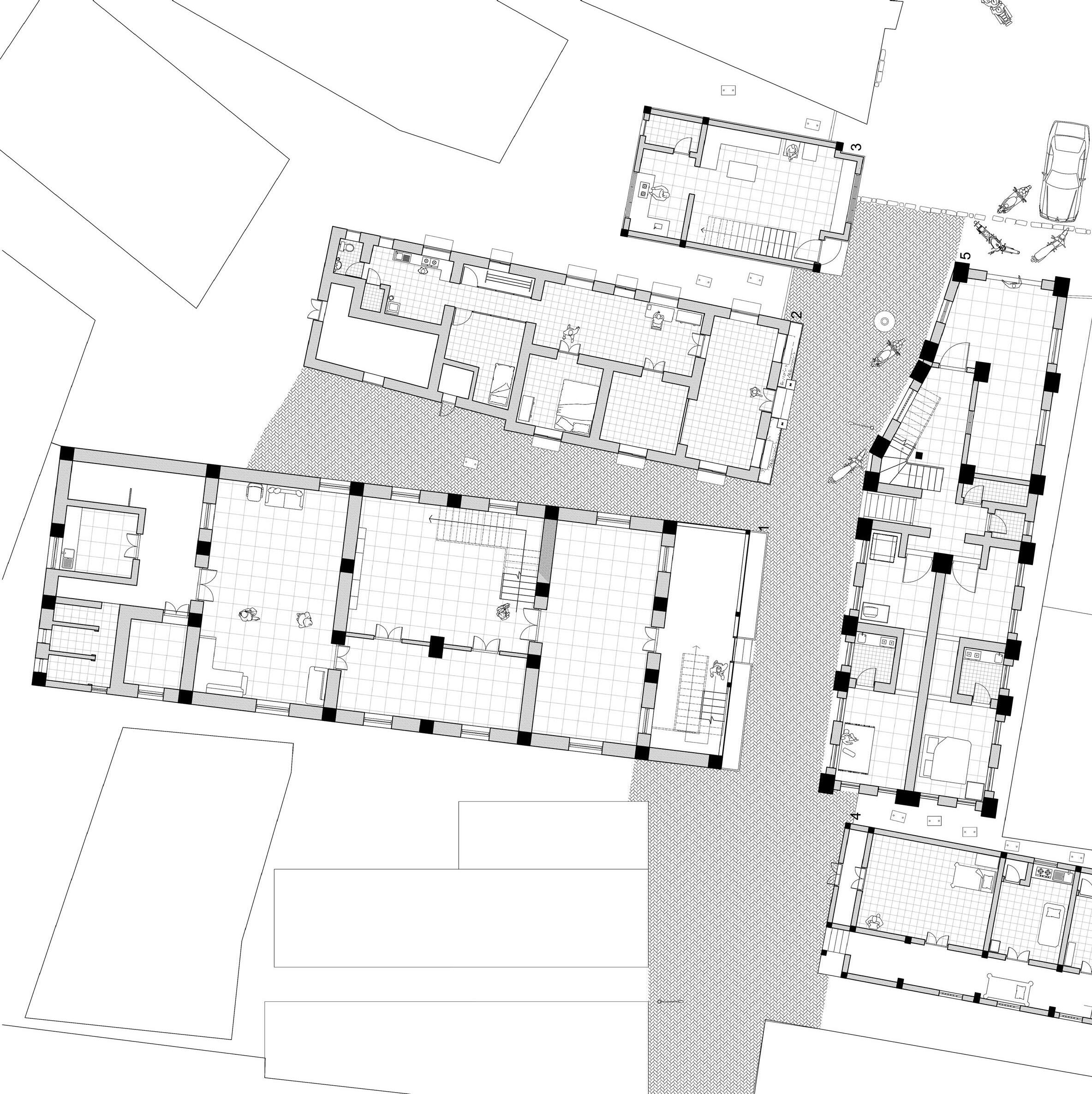
The site chosen for study was Mhatarpakhadi.
Three important building sites, the Goan club, the bakery and the gym and dispensary were chosen to be studied.
One layer of building around them was documented and the typology of buildings were analysed.
The group documented 6 buildings around bakery. I was involved in documenting one of the chawls near the bakery. The functions of the space were understood and implemented in the design process.
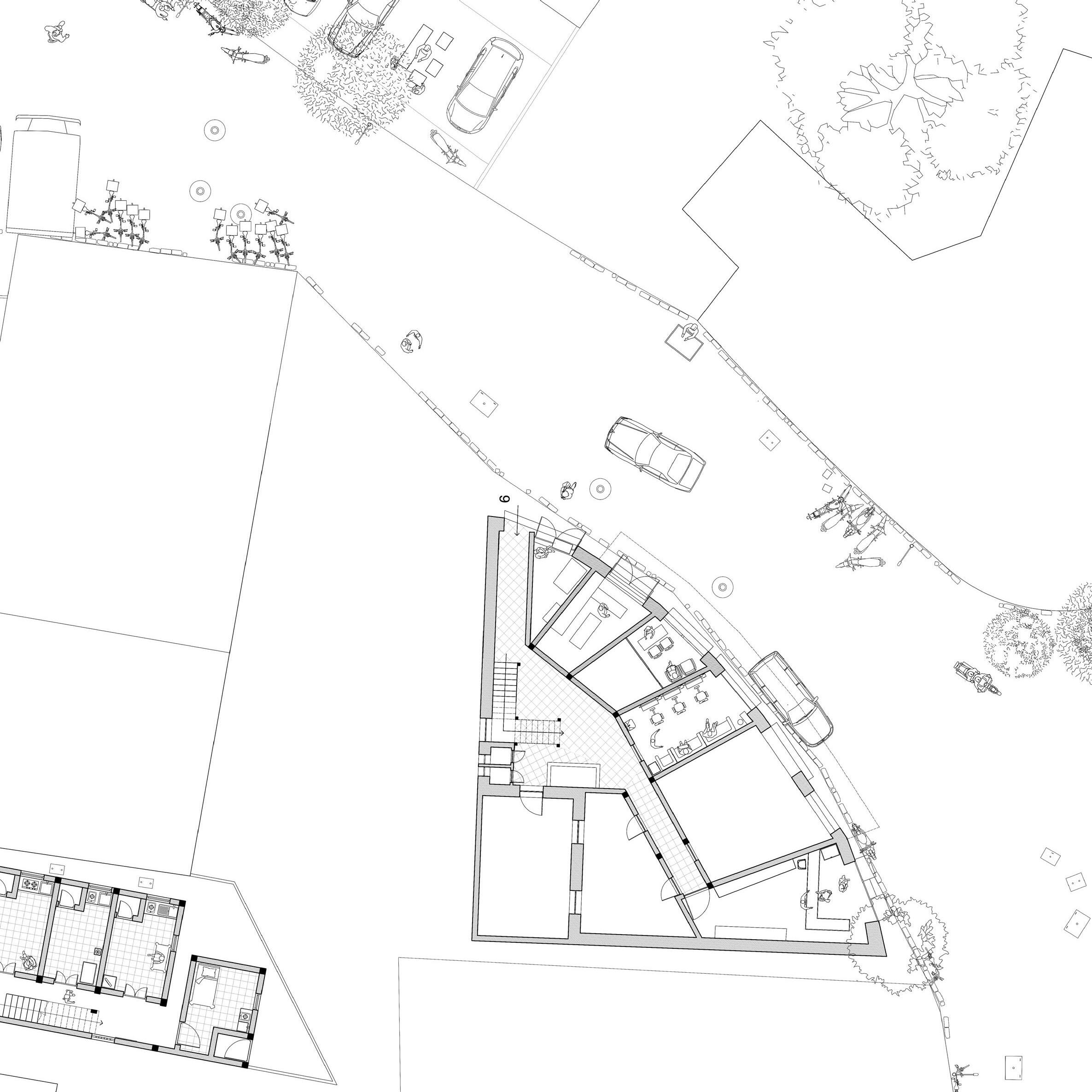






 Images of the existing bakery.
Images of the existing bakery.
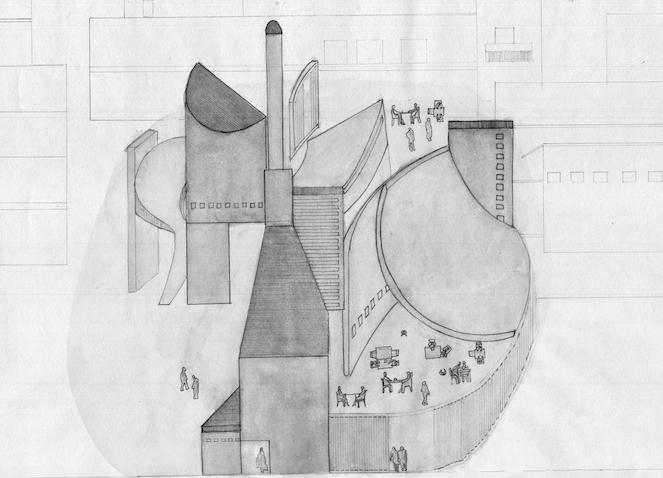










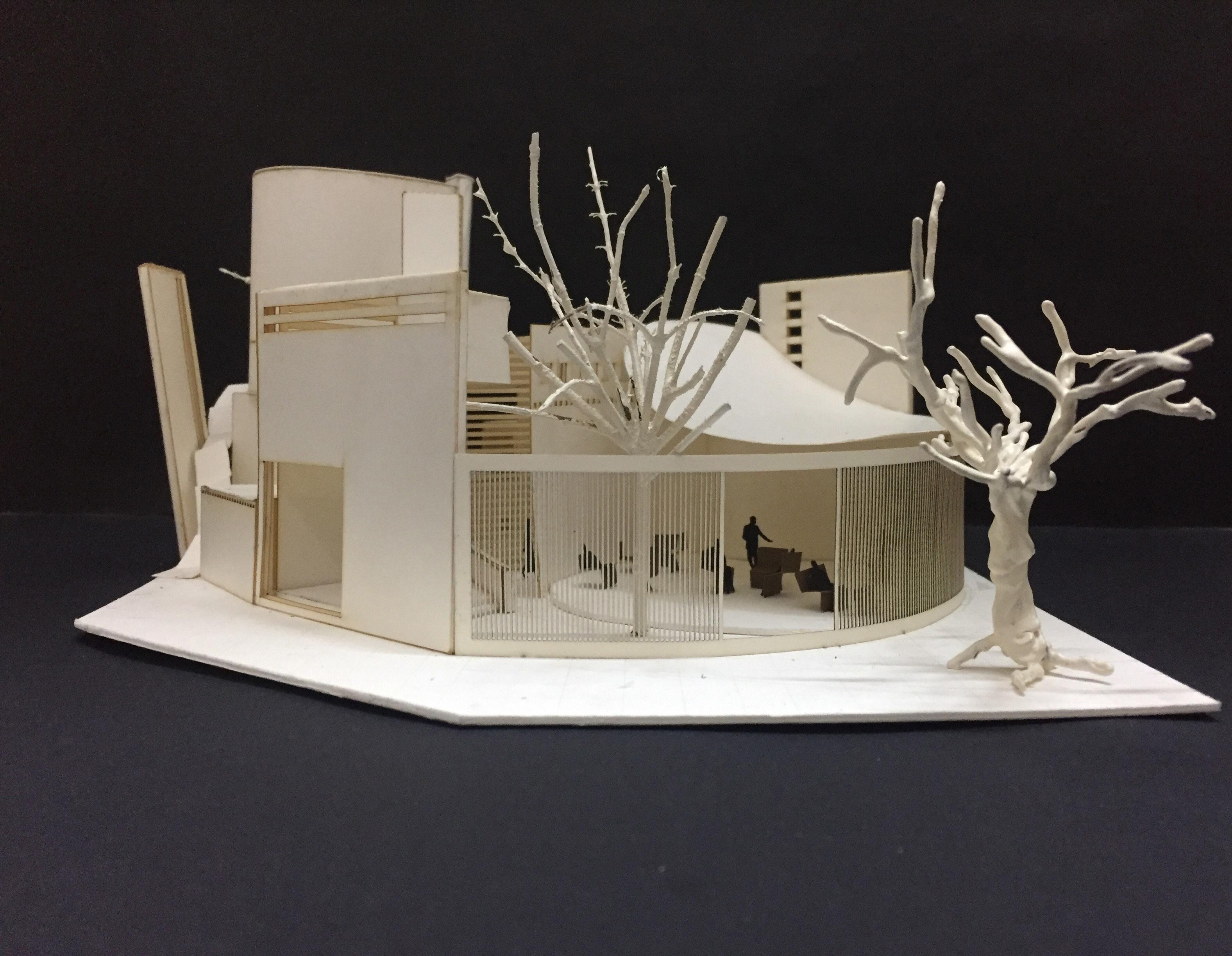
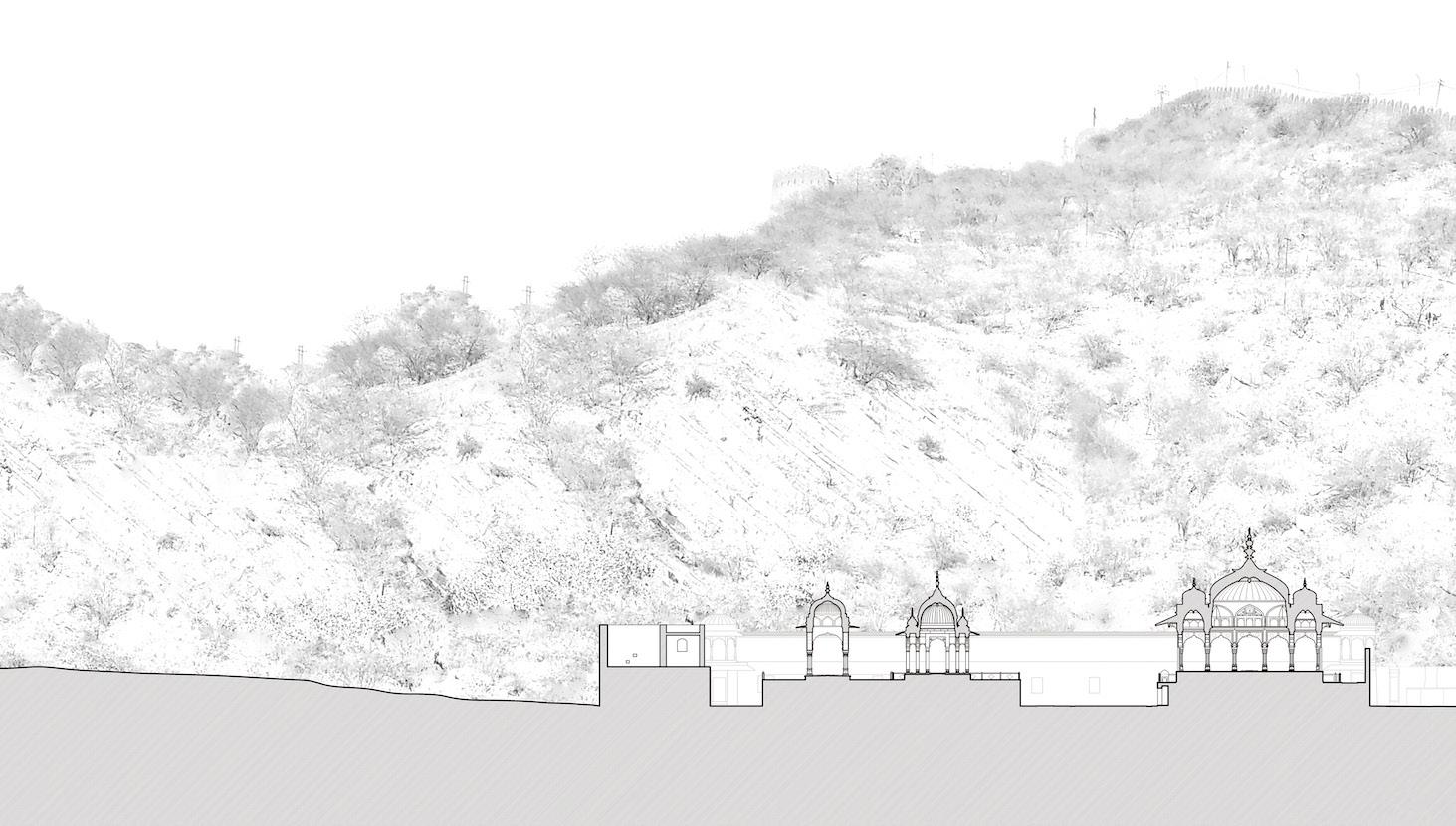
Location: Gaitore ki Chhatriyaan, Jaipur
Gaitore ki Chhatriyaa are the royal cenotaphs of the king’s and their sons. These cenotaphs were documented and the history of Jaipur was studied. The cenotaphs are situated in a valley between the two forts of Nahargarh and Amer on the Jaipur - Amer road.
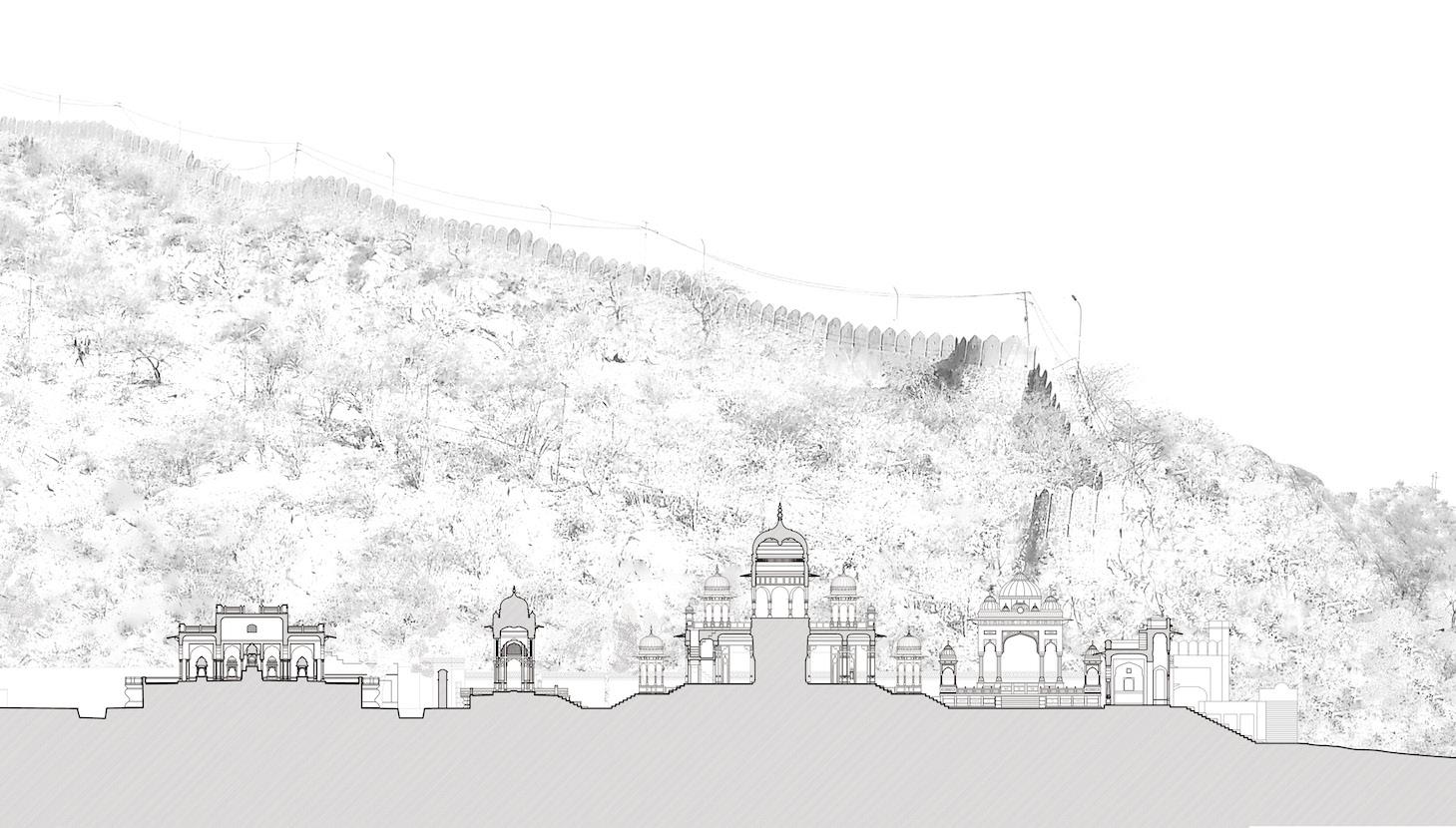



The archive will not only consist of objects used for measuring, but also engage people in these activities, where they can experience the ways with which measures happened. The building itself also measures the topography of the site. Archive becomes a place where importance of measurements can be ascertained in everyday life of people. It also provokes us to think about how exchange values of goods are ascertained and on what principles were they based on.
Various types of spaces were designed that measured various important aspects such as:
Corridor of Ergonomics
Space for Time
Space for Weight
Space for Height
Space for Depth
Different buildings were studied that were programmatically similar or had a similar form as the design. The essence of buildings that were studied was extracted.







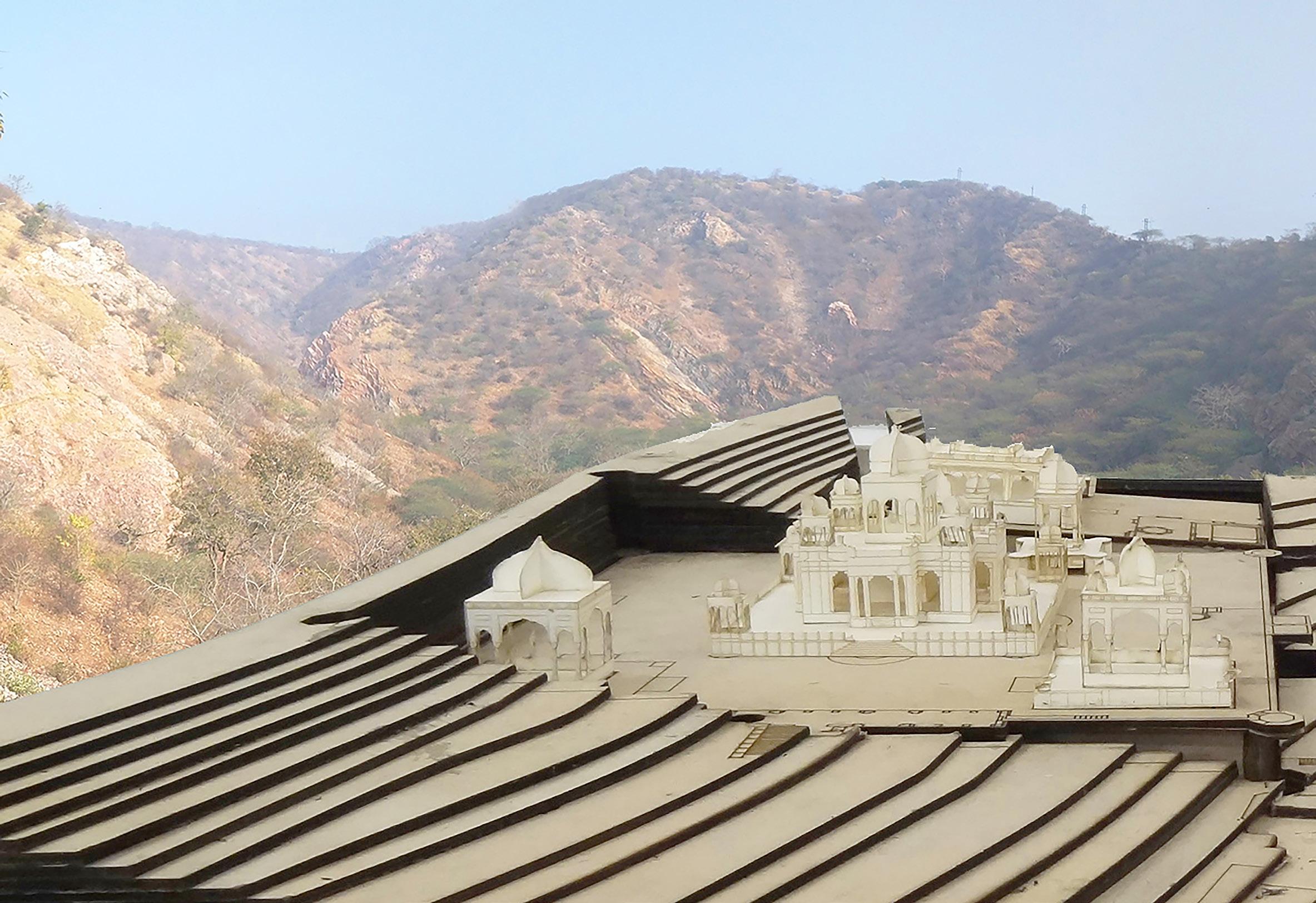

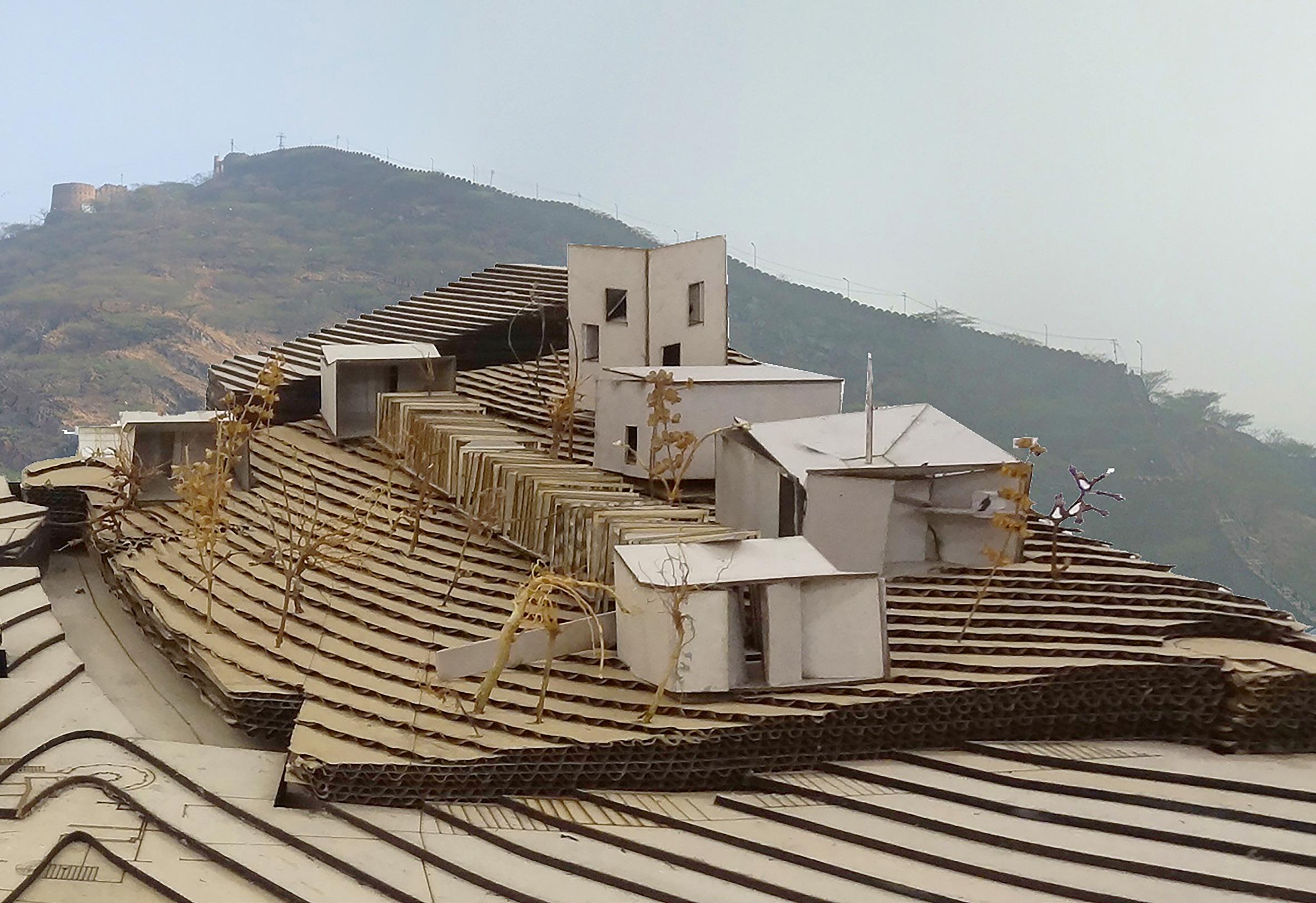


A journey. A journey that leads one to creations via the route of blunders and mishaps. This journey has various pauses, to come back, think and start again. Sometimes we get lost, but eventually find our own ways to get out of it. Every path on this journey has a different set of emotions to move with. The quality of space,light will define how one can move through these paths, and what kind of emotions are generated. The most important part of this journey is sharing. Sharing of experiences, ideas amongst all the people walking on these paths, in similar direction with similar aims becomes utmost important. One alone cannot pass through the hurdles and find solutions to all the difficulties. We need to walk along with all kind of people, over come each others problems and together find a solution. Sometimes the juniors have great ideas and seniors have great experiences. A common platform for everyone to come and talk about their views. Also, the people coming from outside, needs to be addressed and directed in your institution. We must not neglect their confusions who are a part of your journey, even though for a very short time. The quality of light many a times plays a role of directing our moods to a direction when in a particular space. A lit studio will develop an equal working efficiency amongst all the members, while varying lights in transitional spaces, make them the spaces to interact and have various different kinds of interactions, being formal discussions to private chats. Isn’t food one thing that blends everyone together? A canteen for all kinds of interactions with various spaces for groups to and individuals to celebrate their creations and self analyse their own insufficiency respectively.
Due to this, the ground water levels are very high.
 Existing studio space
Contour Mapping
The contours shows a depression near the site, which proves the existence of a pond on site in the past.
Existing studio space
Contour Mapping
The contours shows a depression near the site, which proves the existence of a pond on site in the past.
Ground floor












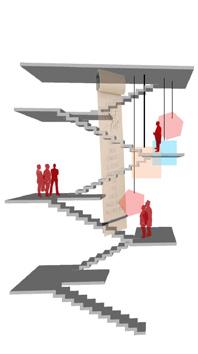



Second floor
Analysing
Light Conditions:
First floor
Third floor
The studio spaces experience non-uniform light throughout the day, which makes it difficult to work in natural light. Also, library does not receive light due to Hence artificial lighting is required for the entire day, which loads the energy system and using more amount of electricity.
Light Conditions:
The studio spaces experience non-uniform light throughout the day, which makes it difficult to work in natural light. Also, library does not receive light due to Hence artificial lighting is required for the entire day, which loads the energy system and using more amount of electricity.
Water and
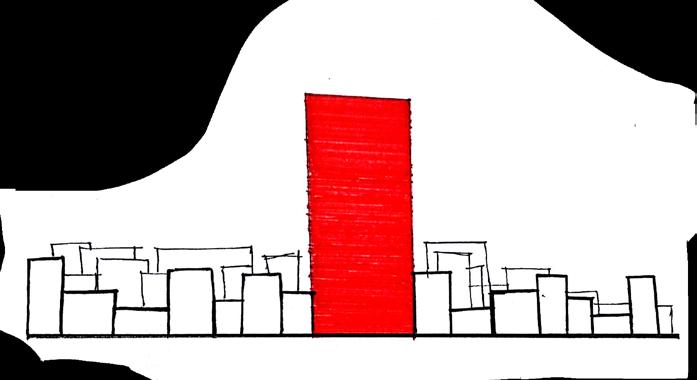
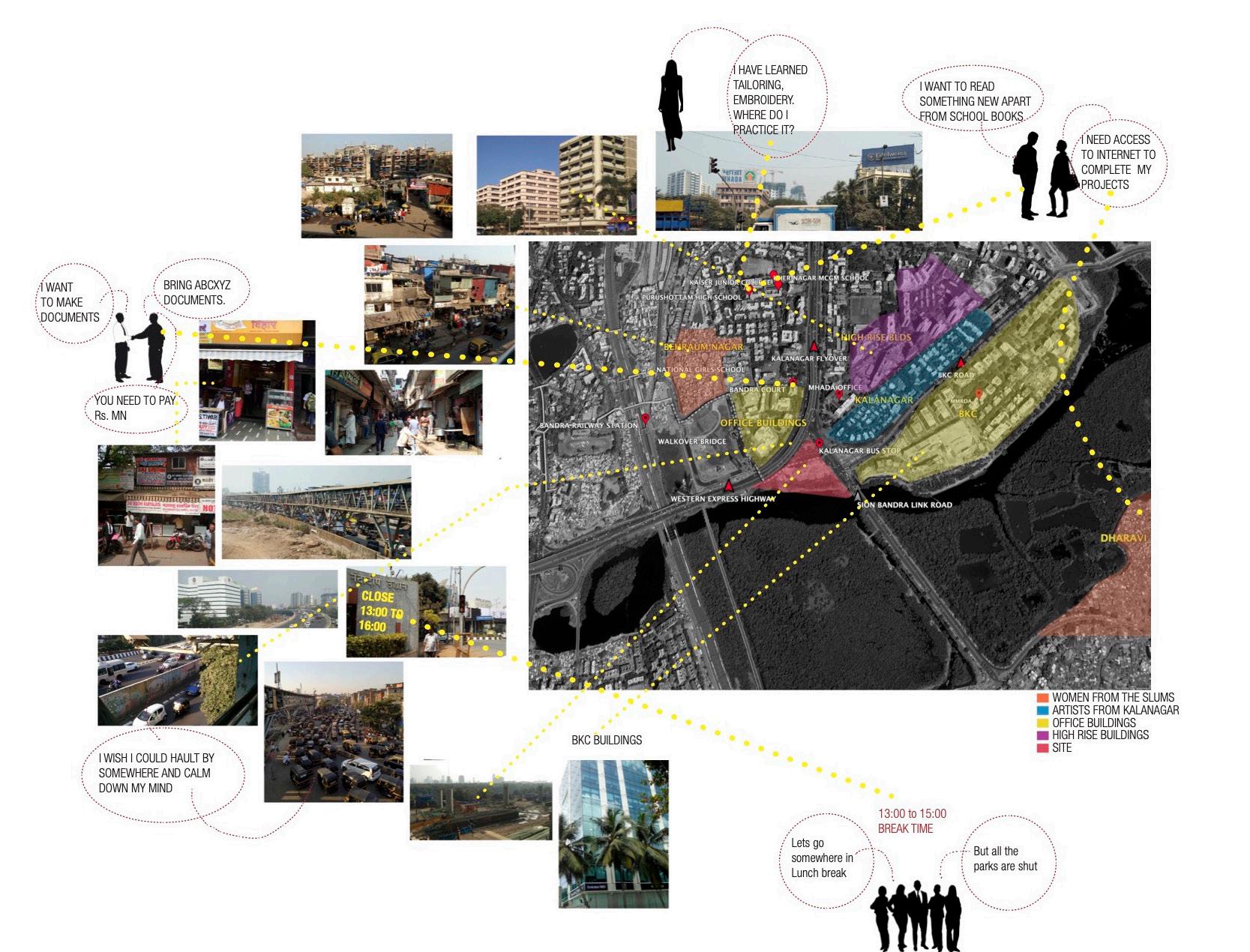
Location : Bandra
EXPERIENTIAL
-WOMEN AND ARTISTS ZONE
-STUDENTS ZONE
-LAW OFFICIALS ZONE
-LEISURE ZONE
VISUAL
-TRANSPARENT WATER FILTRATION SYSTEM
-GREAT SIZE
-DIFFERENTIATED FROM OTHER
-BUILT FOR A LOT OF PEOPLE
-PUBLIC BUILDING
-PROTECTOR OF :
•MEMORY
•KNOWLEDGE
•REGION
•RELIGION
Analogy of Human Percolation as water percolates through the tributaries of the rivers.
Understanding HUMAN TRAILS and allowing connectivity from all sides
The building sits at the edge for protecting the wetland making it MONUMENTAL Looking at the GEOMETRY of how the buildings can be placed and access points as per the catchment areas.
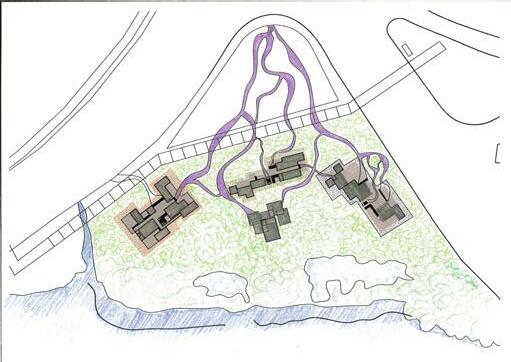
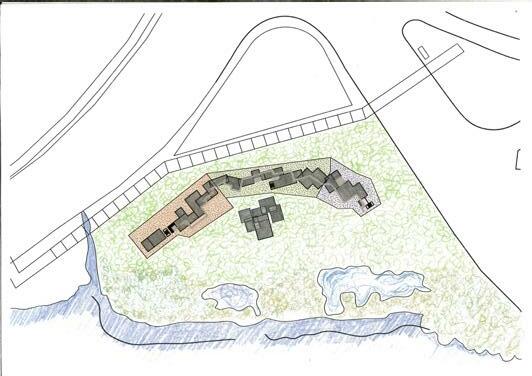
Trapezoidal built form creating triangular intermediate spaces
Allowing CONNECTIVITY from all sides and concentrating the building at the centre. But only pathways does not attract people, hence again spreading the building at the edges
Allowing connection from the upper level also. This form of connection at the upper level created more shadows, thus may not allow growth of mangroves
INTER-RELATING river tributary system and human trails to accommodate the programs

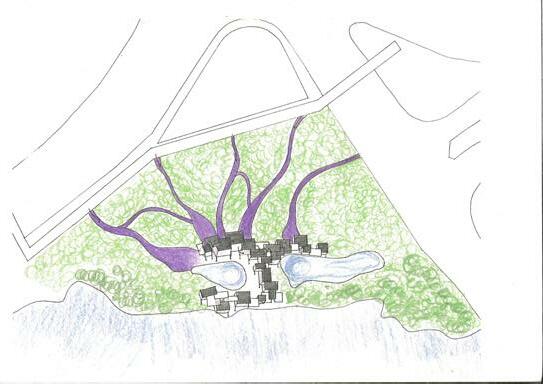

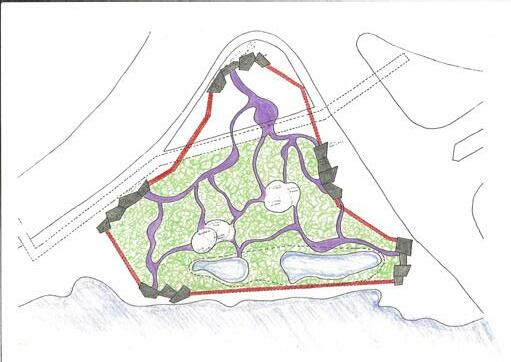
EXTRACTING the Characteristics of the previous iterations
Connectivity as patterns of RIVER-TRIBUTARY system
Thus connecting it only at the EDGES to avoid shadows.
The common central spaces were quite far and not equidistant. Thus people may not visit.
Bringing the structures together to ACT AS ONE but the idea of human percolation is lost and building acts as barrier between the site and Garden
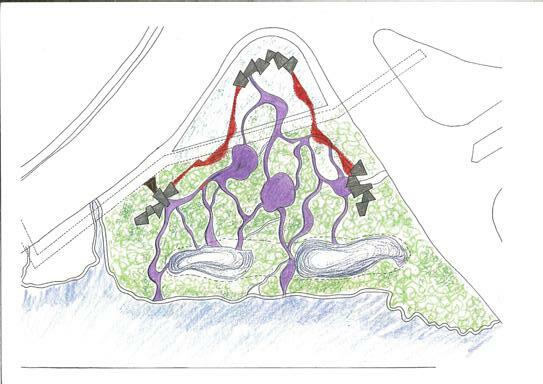
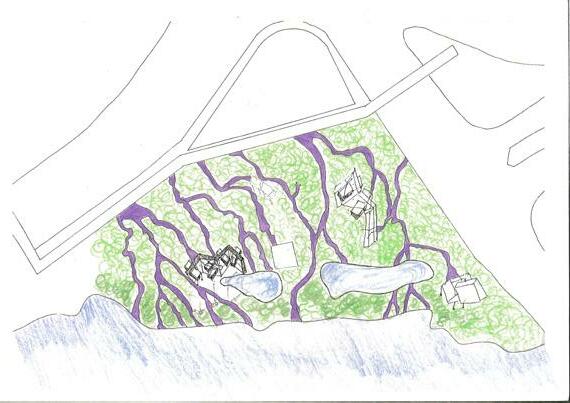
 Overlay of Mithi River Map
Overlay of Mithi River Map
PRIMARY TREATMENT
Raw Sewage Inflow
SECONDARY TREATMENT
TRICKLING FILTER
Creates bio-film of bacterias that removes organic matter
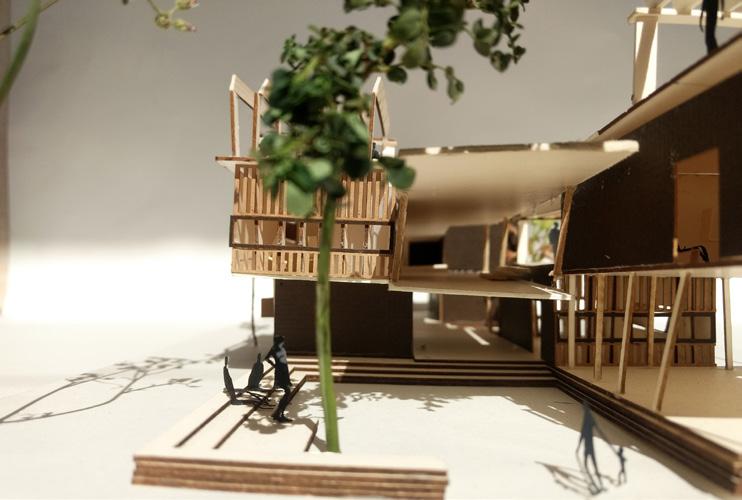
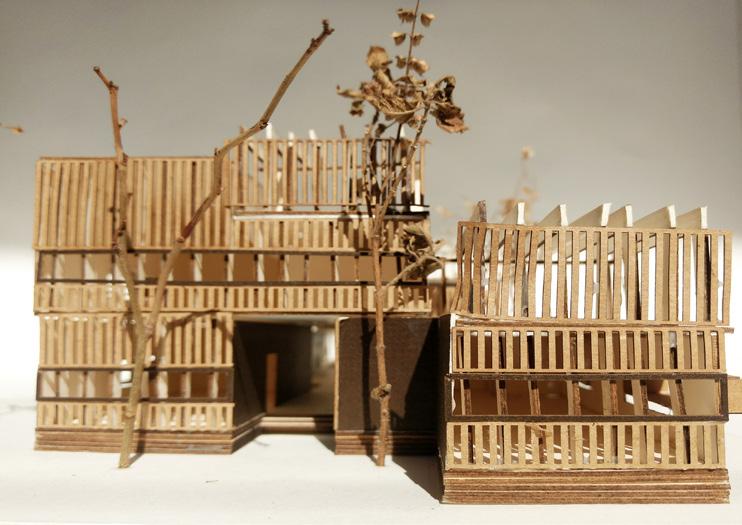


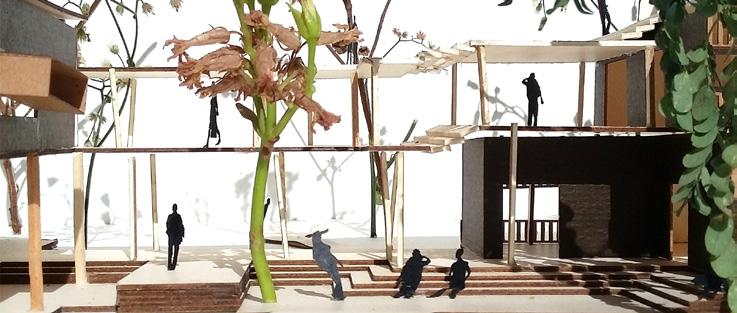
TERTIARY TREATMENT
-ACTIVATED CARBON FILTER
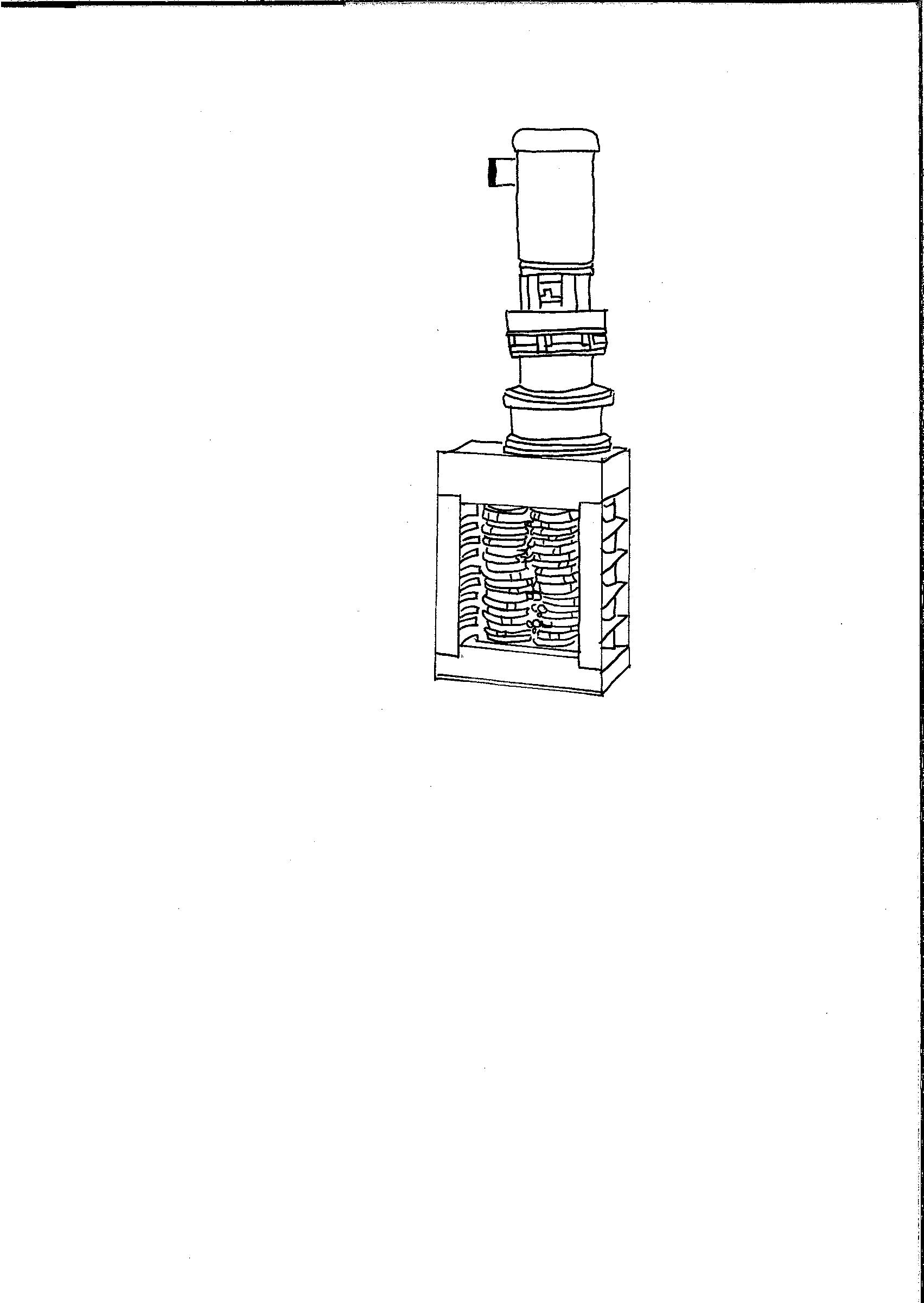
-GRANULATED CARBON FILTER
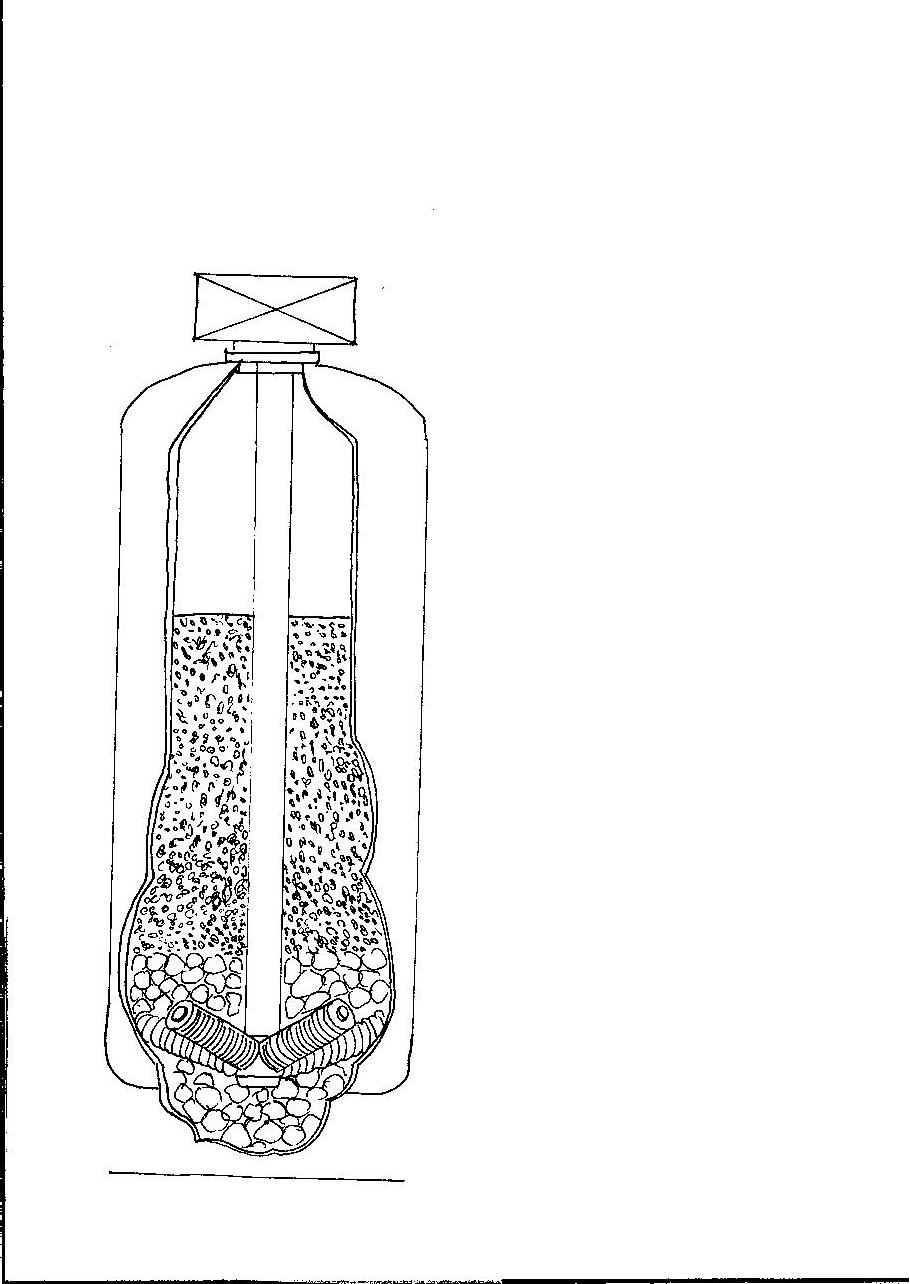
Removes Nitrogen, Phosphorous, Suspended solids etc.
To the secondary sewage
Solid Sewage Sludge
DISINFECTION
UV LIGHT- For bacteria and viruses
Water Inlet
Airways
Water Outlet Inlet
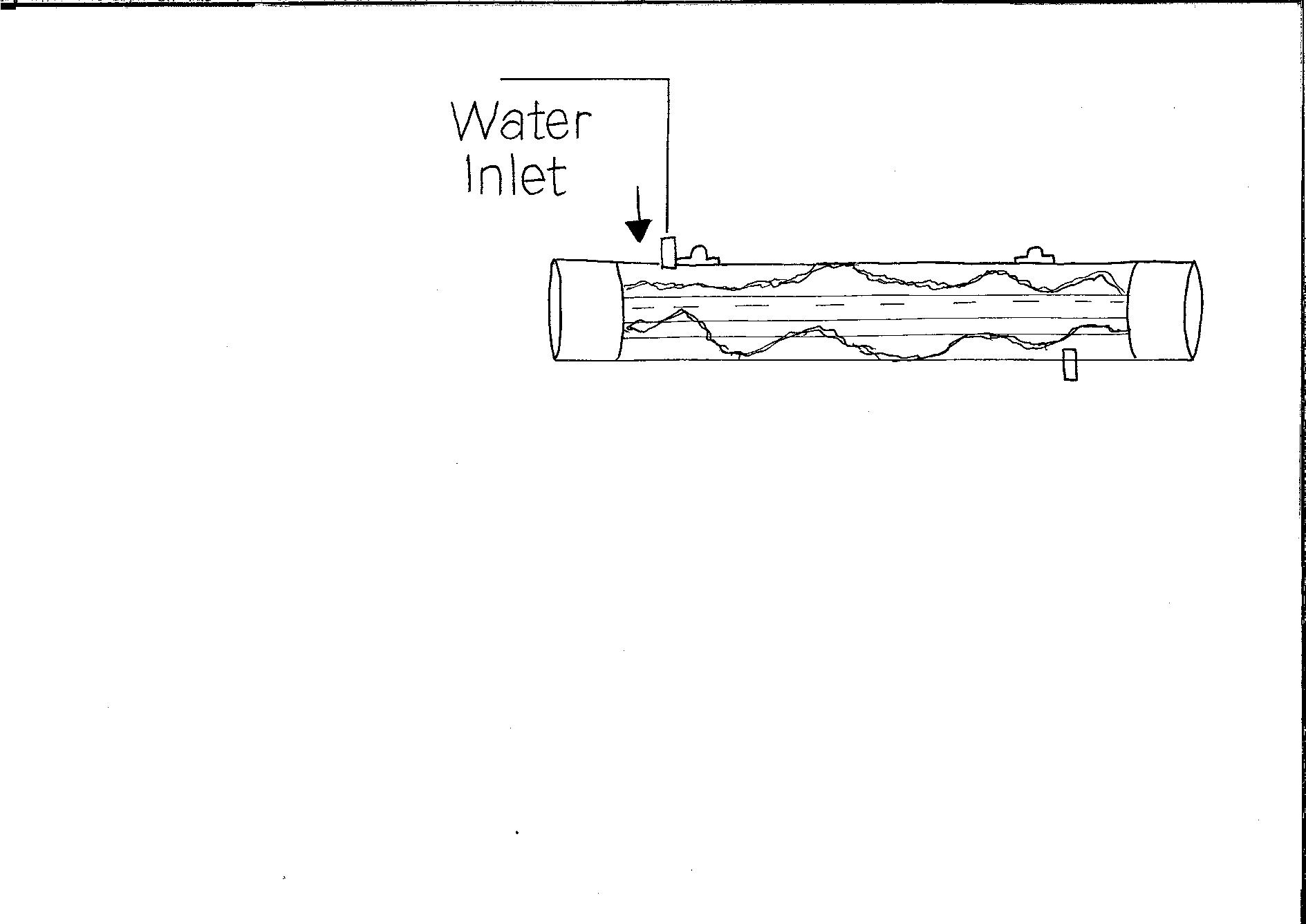
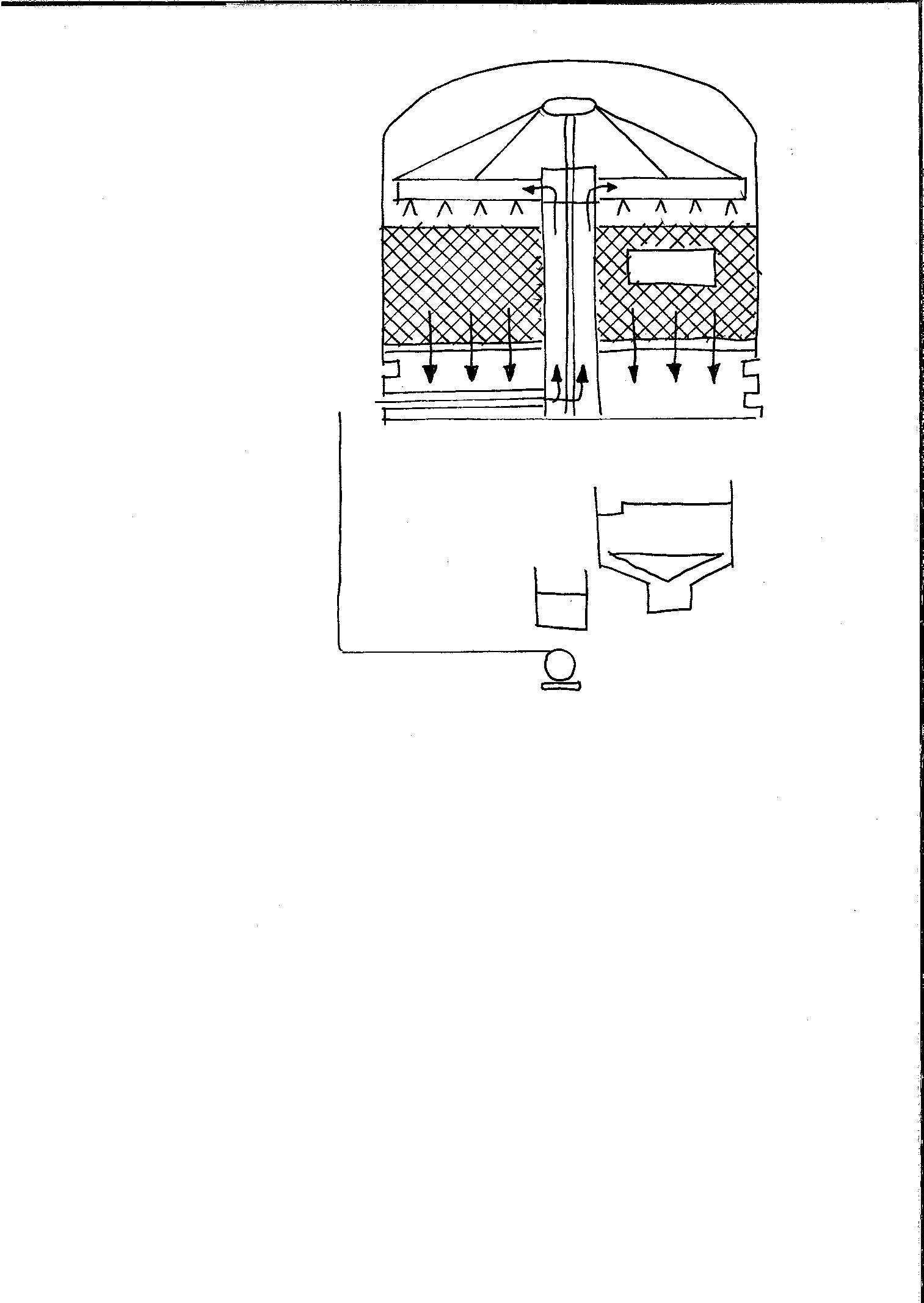
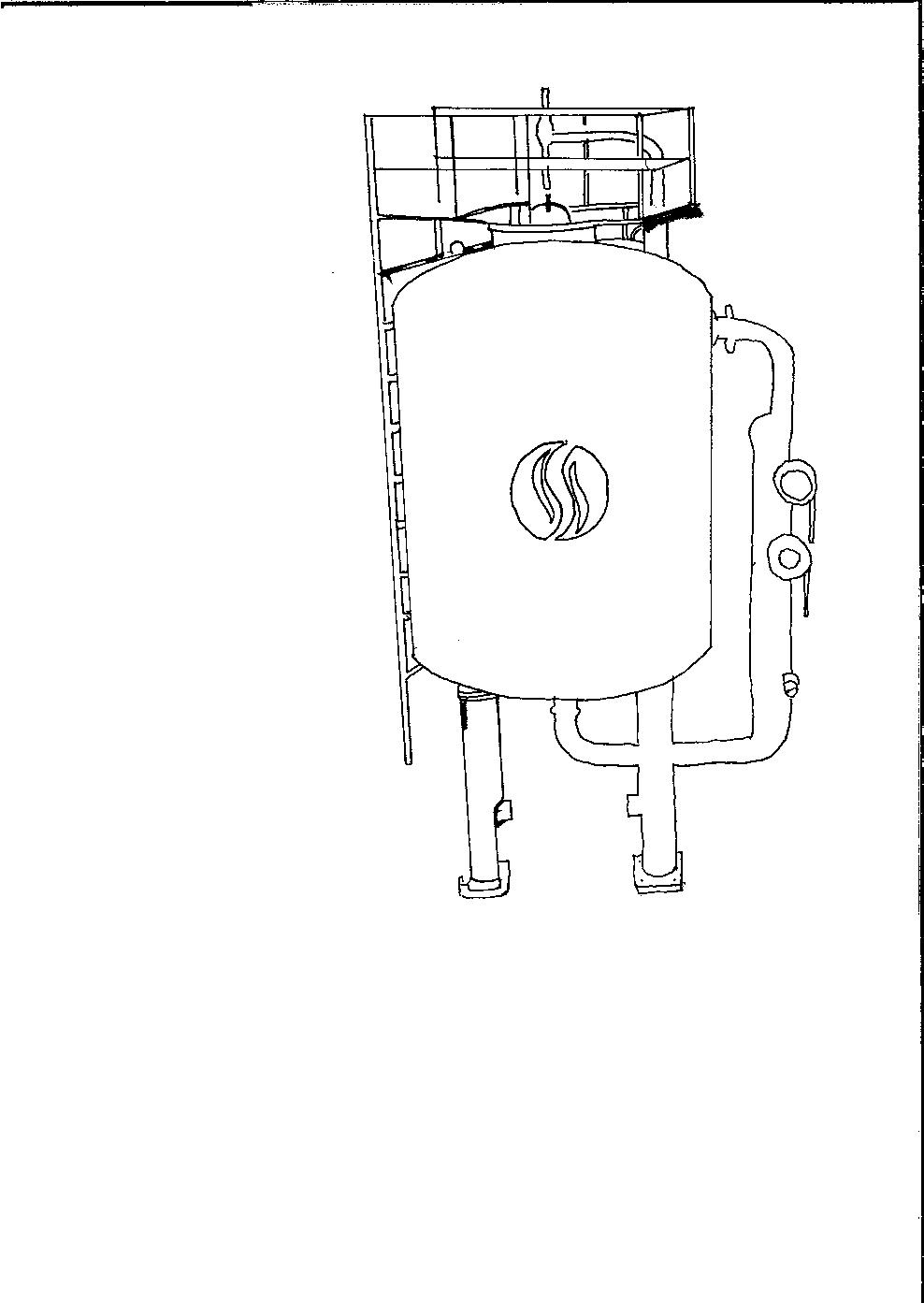
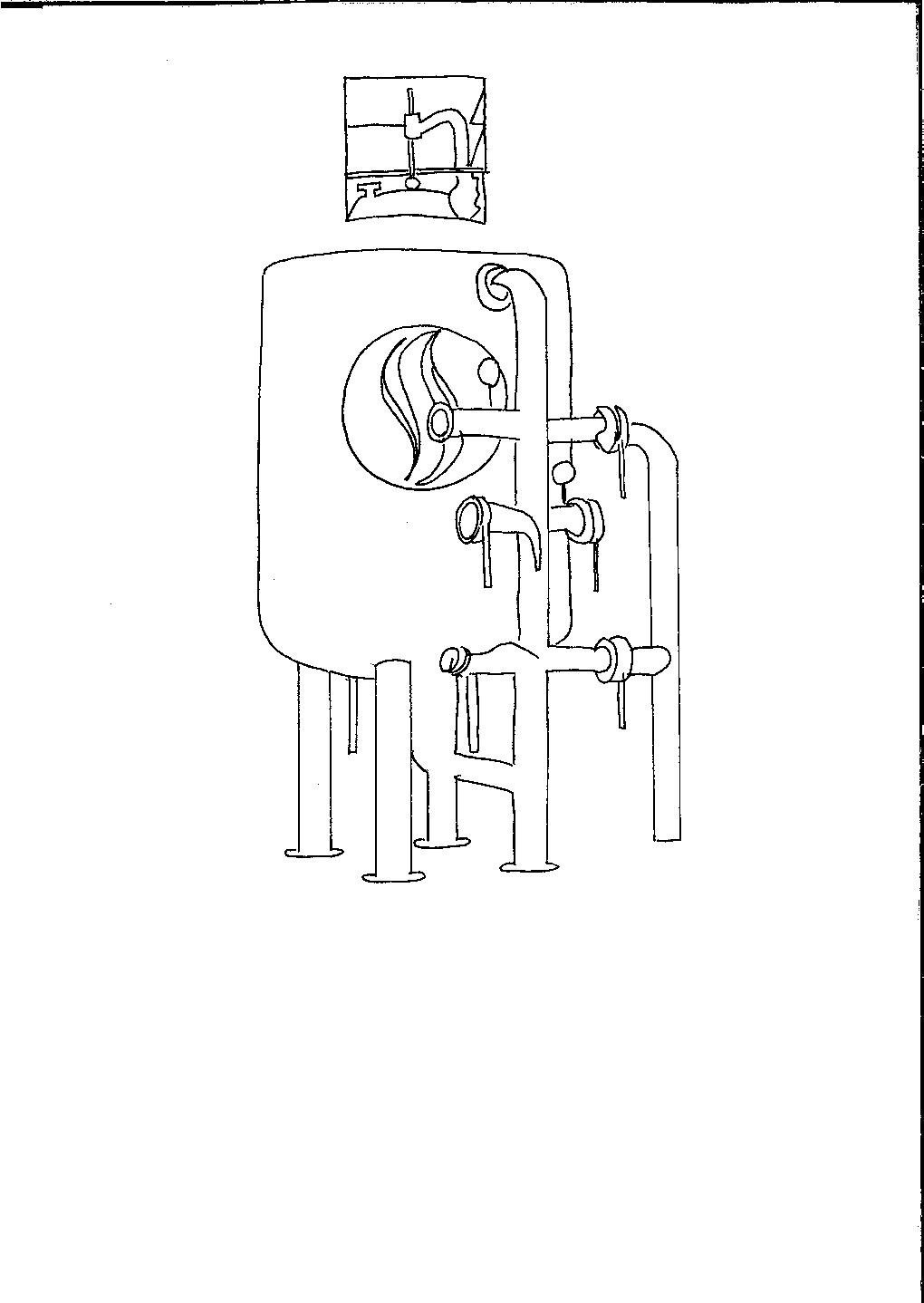
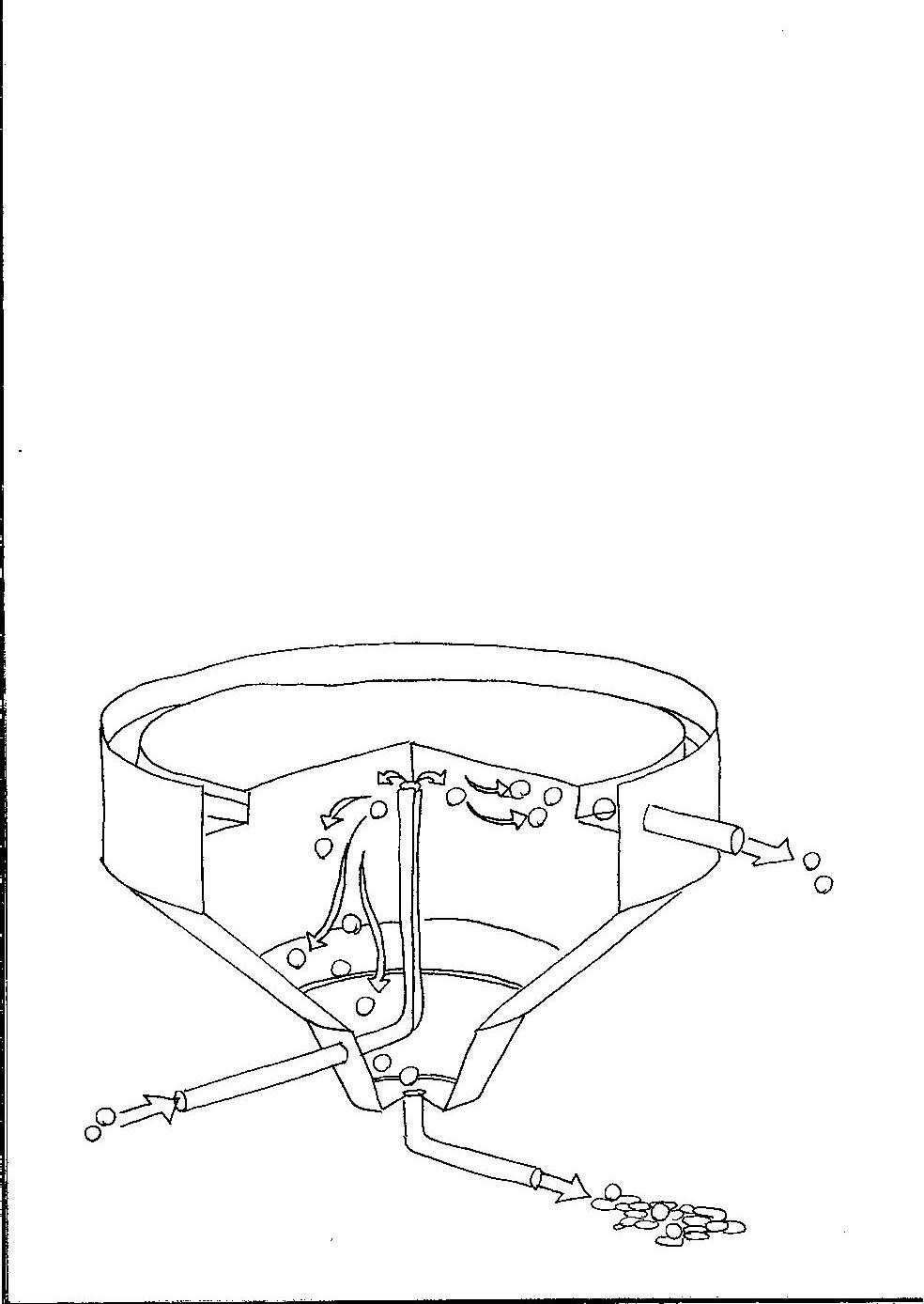
UV intensity monitor
TERTIARY TREATMENT STAGE
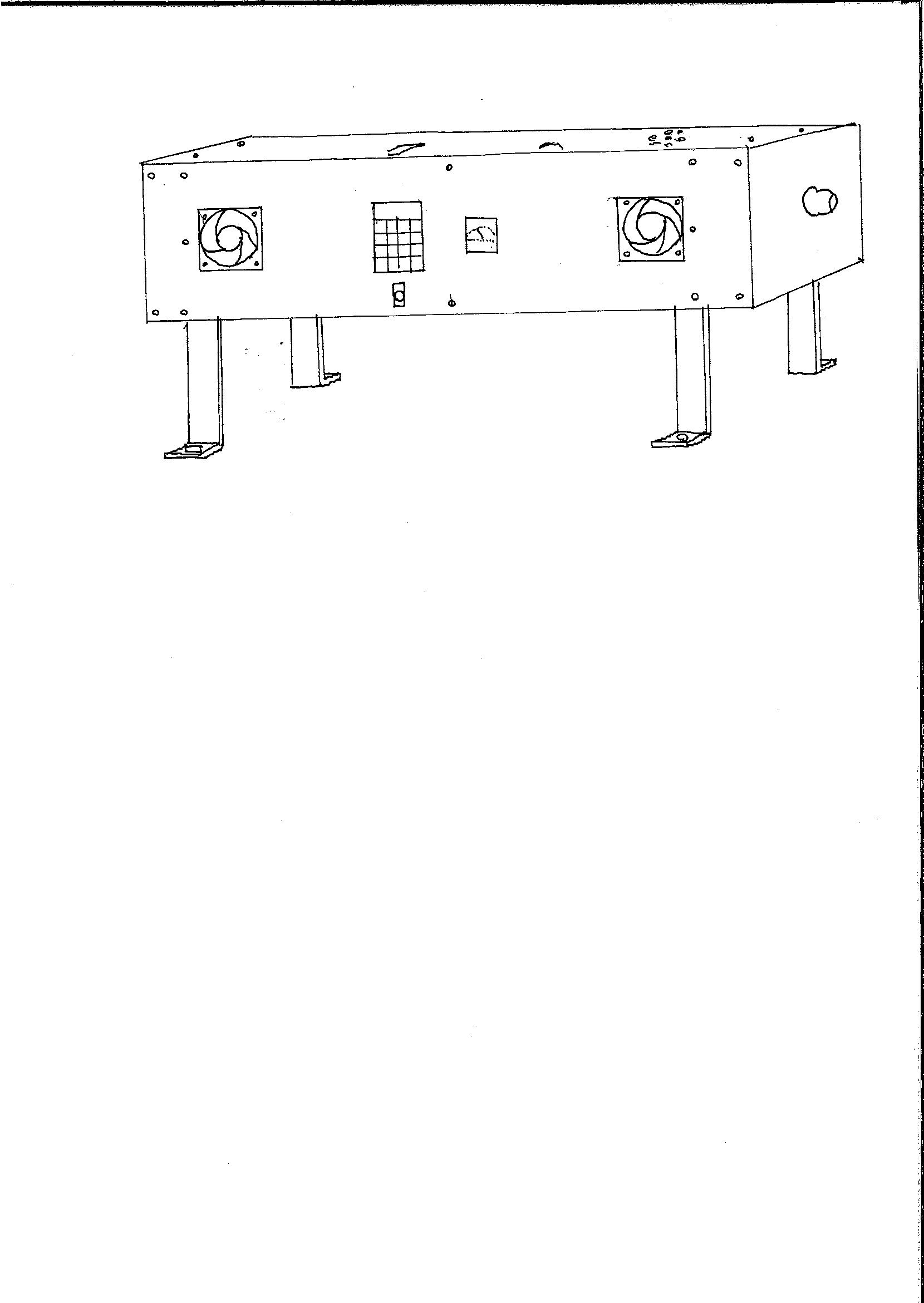

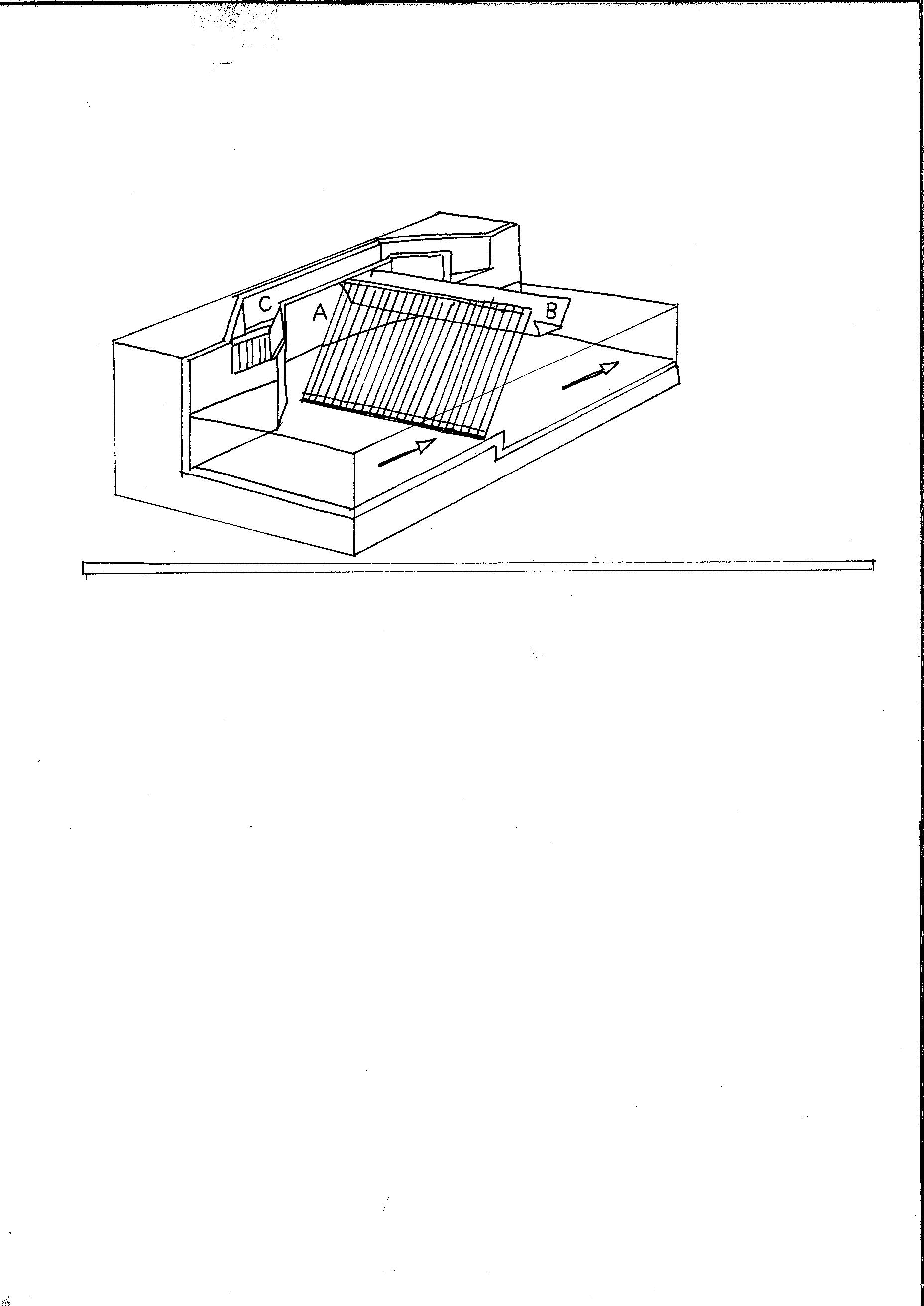
Carbon Granules
Gravel Peametal
Comminutors and GrindersCounter-rotating Cylinders grind and shred materials
GROWTH of Various fruits and Plants such as Papaya, Jackfruit that are edible and are grown from the water that is purified by the SOIL BIOTECHNOLOGY
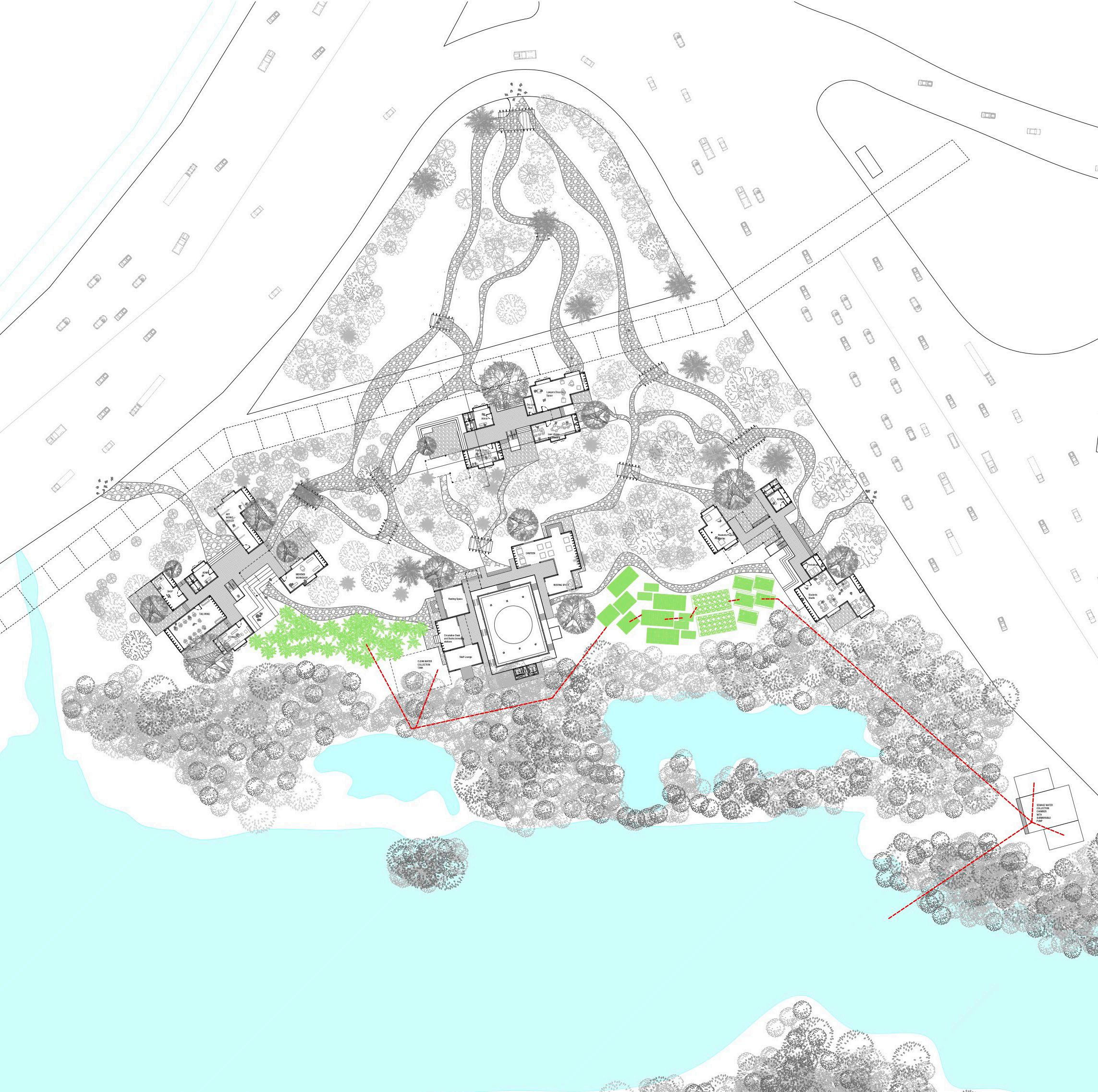
SOIL BIOTECHNOLOGY- Uses soil micro-organisms, geophagus, earthworms and various kinds of plants HDPE
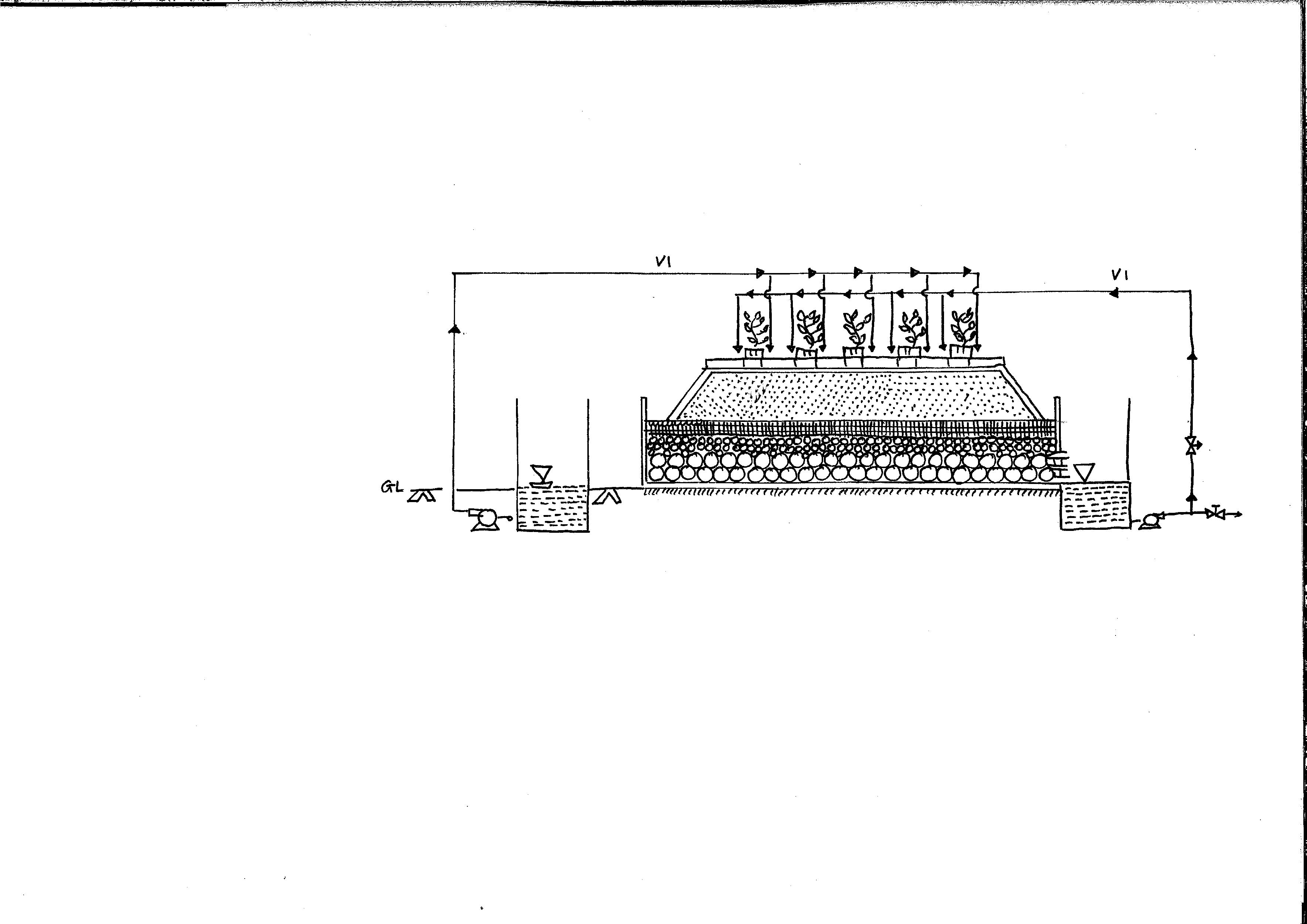


Torre Velasca is an assembly building located in Milan, Italy designed by architects BBPR. It is a 106 m. high building with 26 floors. The building spans over 47 m * 51 m. The Velasca tower (1950–1958) experiments with the use of reinforced concrete in one of the very first tower buildings ever erected in Italy. The architects have tried to blend the design with traditional Gothic architecture of classical Milan but giving it a modern form with the use of new materials. The upper third of the building, which protrudes outward from the lower levels, was designed to resemble medieval watchtowers. Such defense towers were used in times of war to protect Italian castles from invasion. The building mimics some of the Gothic features of surrounding building in a simplified manner. In this building the columns have been crafted in a manner to be of Gothic style in a simplified manner. The architects have tried the method of crafting stone in RCC by not making any regular shaped columns and supports, but designed them as per the Classical Architecture of Milan
 Force Diagram- Plan
Force Diagram-Section
TERRACES CIRCULATION STRUCTURAL MEMBERS
Force Diagram- Plan
Force Diagram-Section
TERRACES CIRCULATION STRUCTURAL MEMBERS

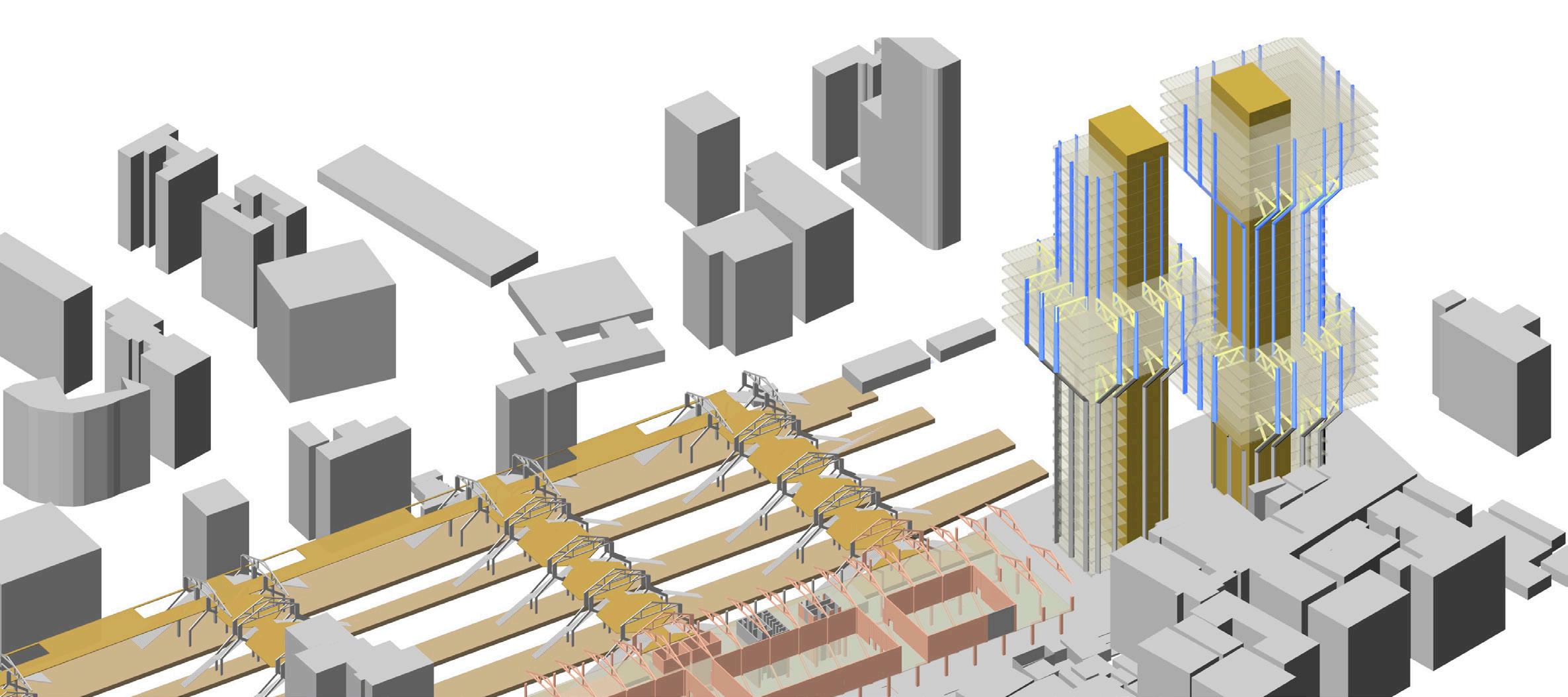




Location: Borivali railway station




A Performing Arts Centre was to be designed with a given set of programmes. The site for designing was located in Bandra, Mumbai. A working drawing portfolio for the same design was built.
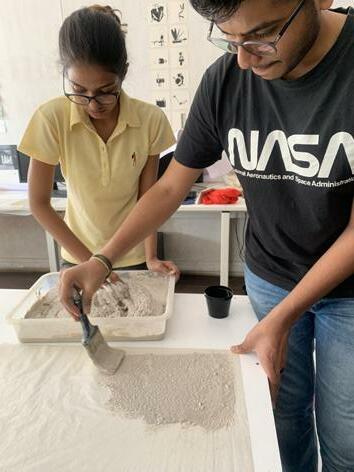
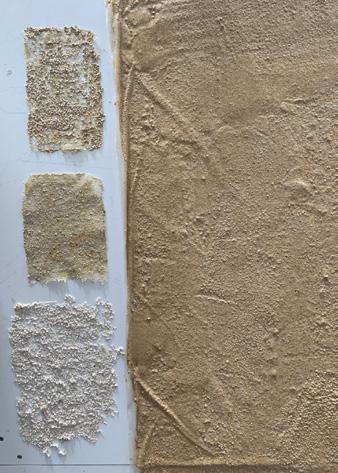
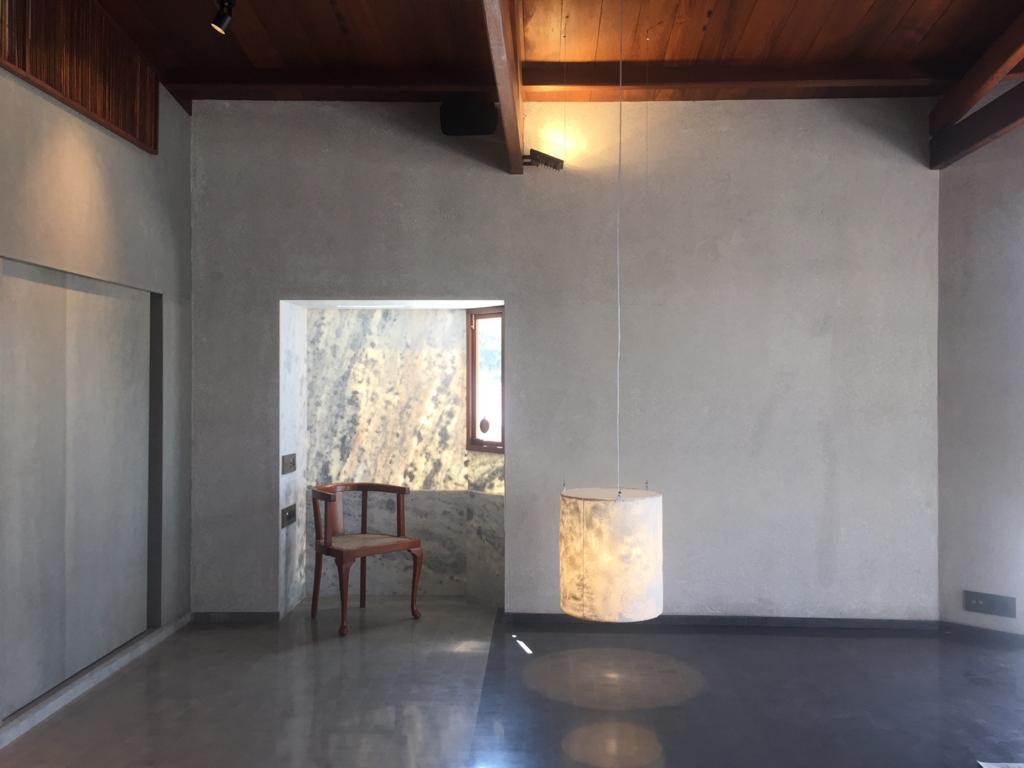
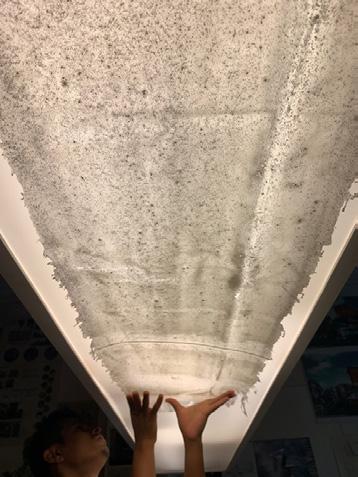
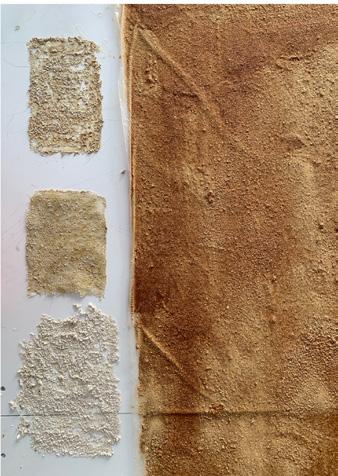
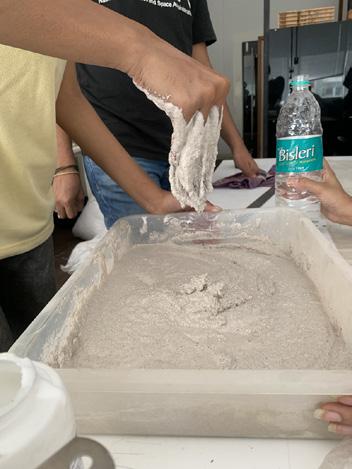
Renders
Kekee Manzil is a two storeyed bungalow in Bandra, Mumbai. The project aimed at repair, retrofit and interiors of the bungalow.
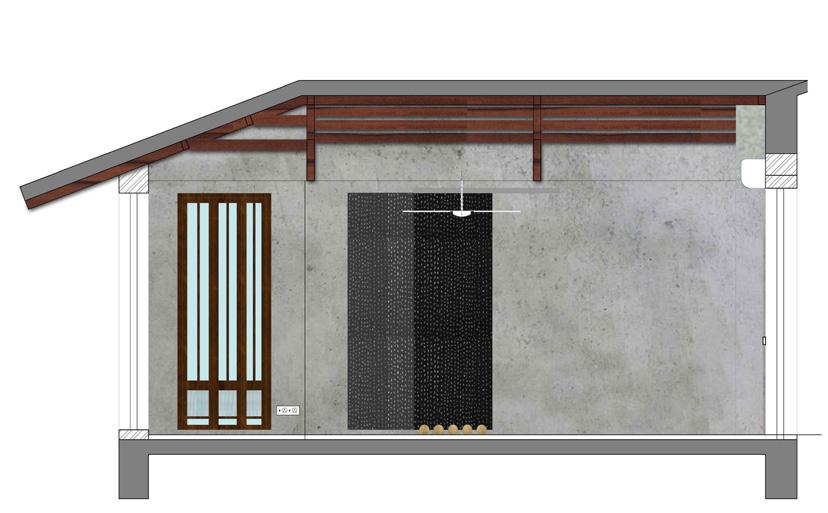
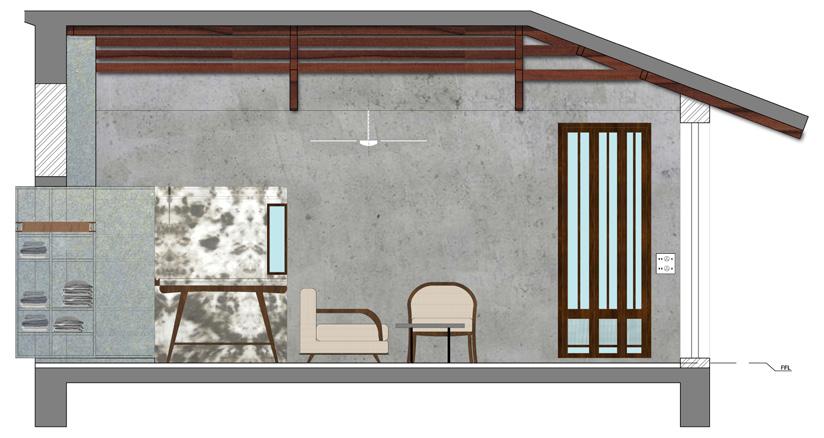
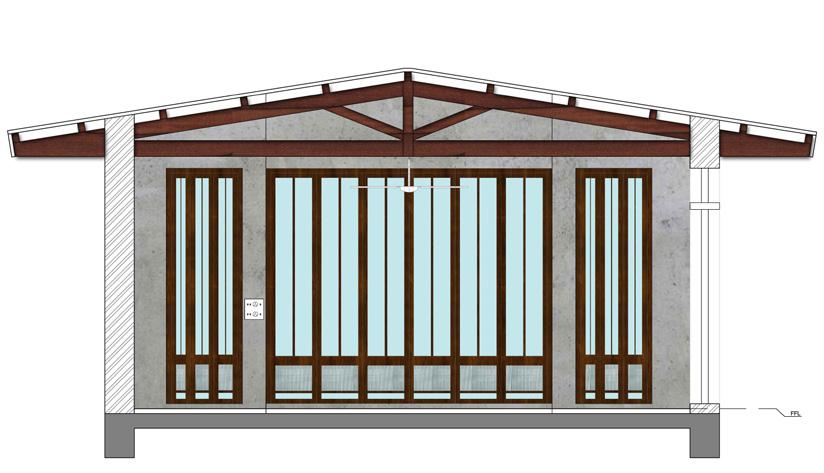
Experiments with Bone China to make Lamp
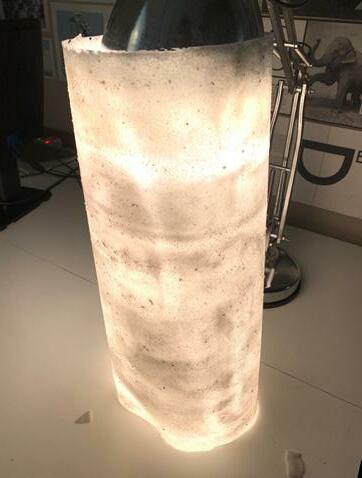
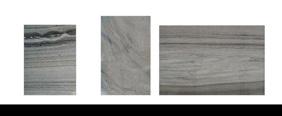
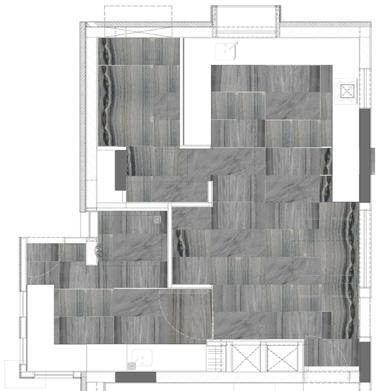


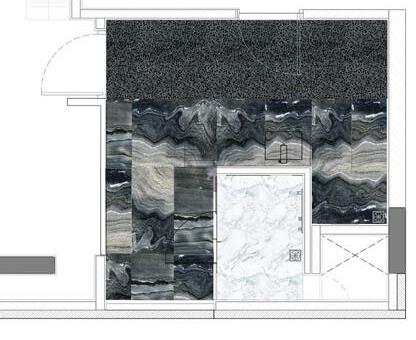
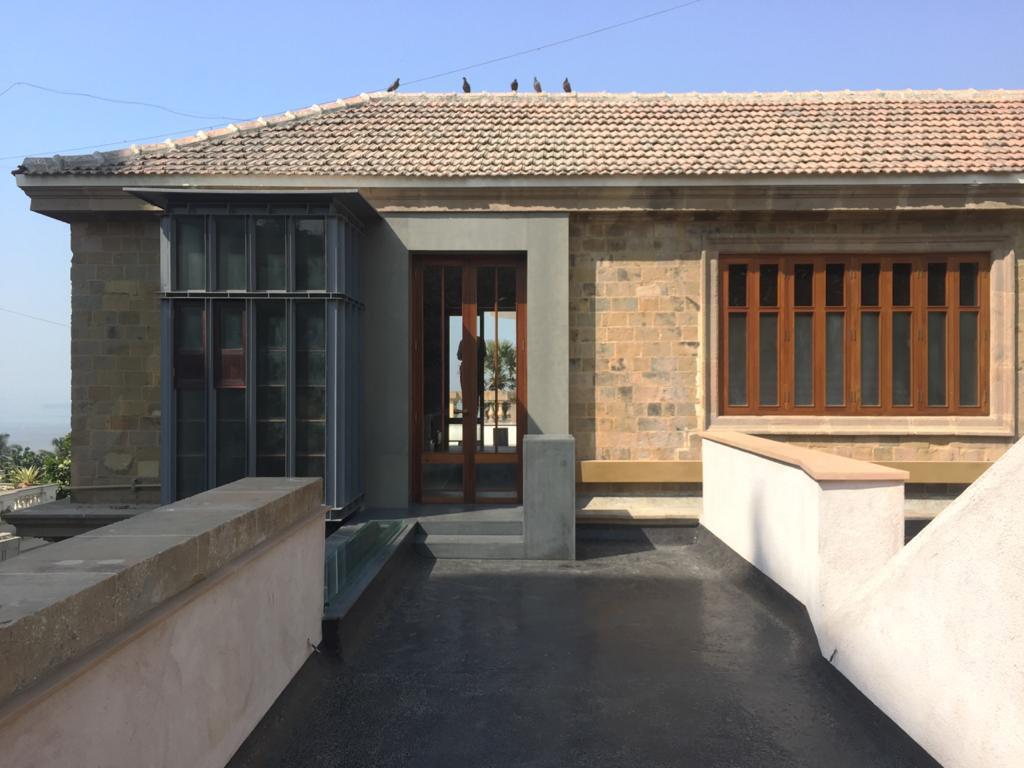
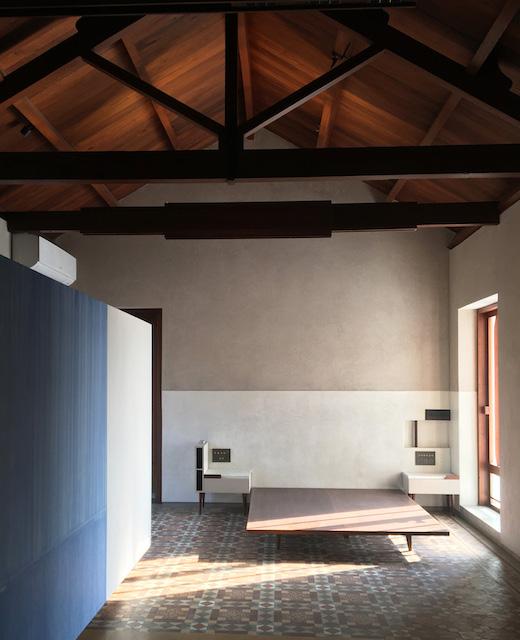
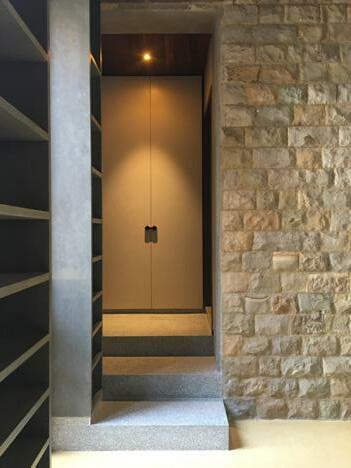
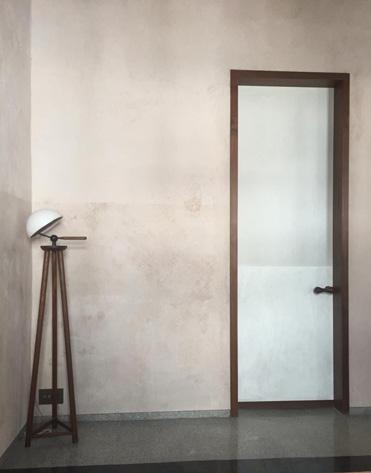

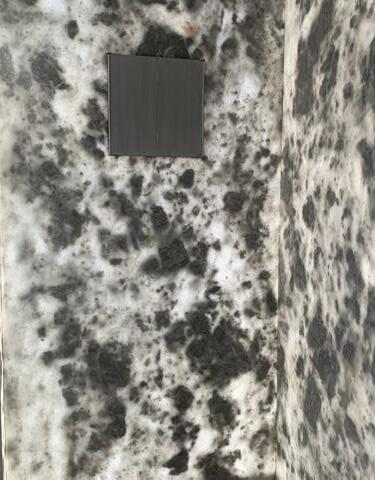
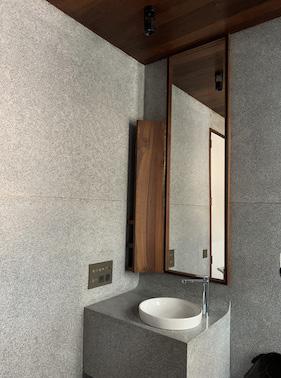


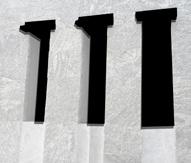











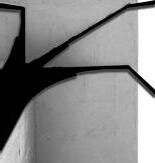
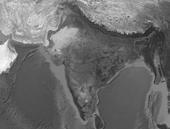
A set of 8 booklets was made for the exhibition held in Delhi describing the ideas and process of design.






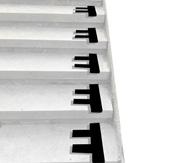

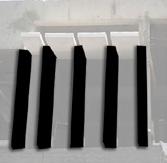








Water camouflages itself with its container. It is transparent and anomalous, finding its own balance. Water escapes us; it is ethereal, and yet an elixir for life. Water insulates; it is versatile. With depleting water resources, to hold water has become imperative. Holding water; in ways that it is natural and integral to our being; unresisting and innate. How does architecture, the built form, integrate water in design?
The architectural experiment looks at water and its attributes as a building material, building houses and communities,bringing water from the past into the future. Water being immortal. The installation is designed to ignite the senses and is a pause; to think of, “be- ing water”- transparent and pure,when we are, as they say, made of water.










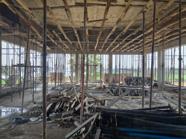
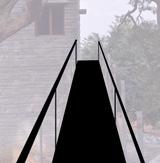


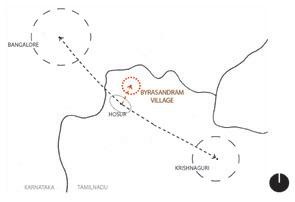 -Samira Rathod
-Samira Rathod





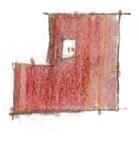

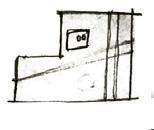
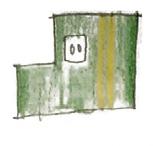
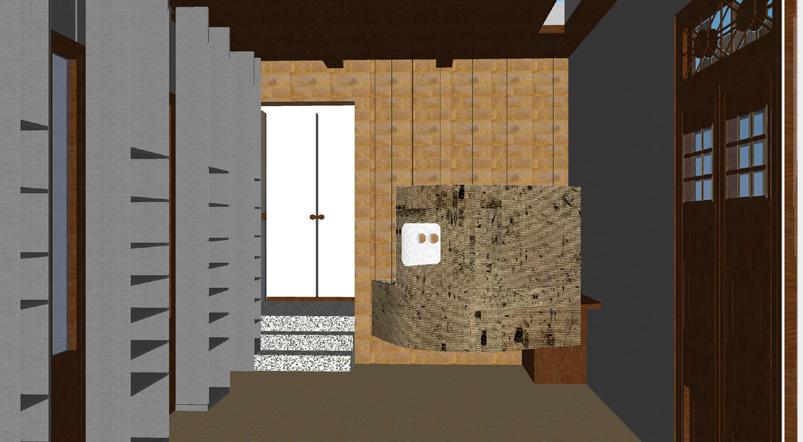
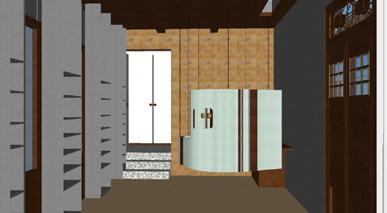
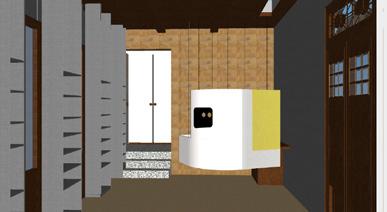
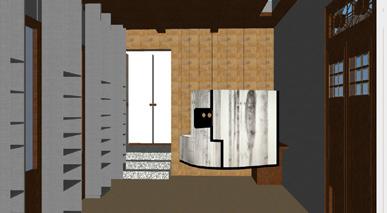

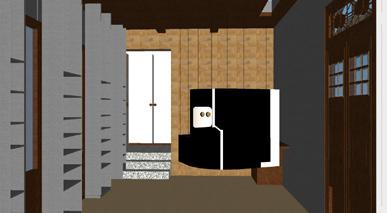
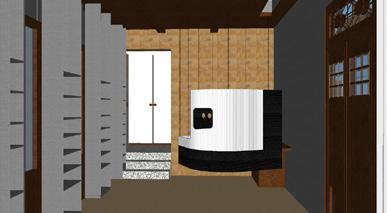

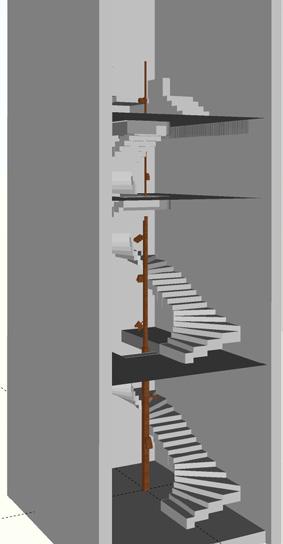
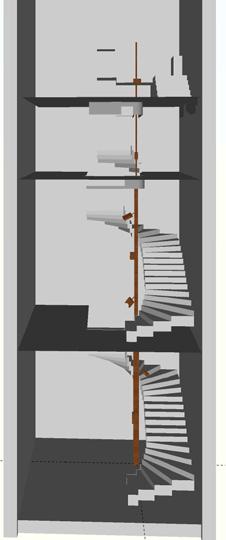
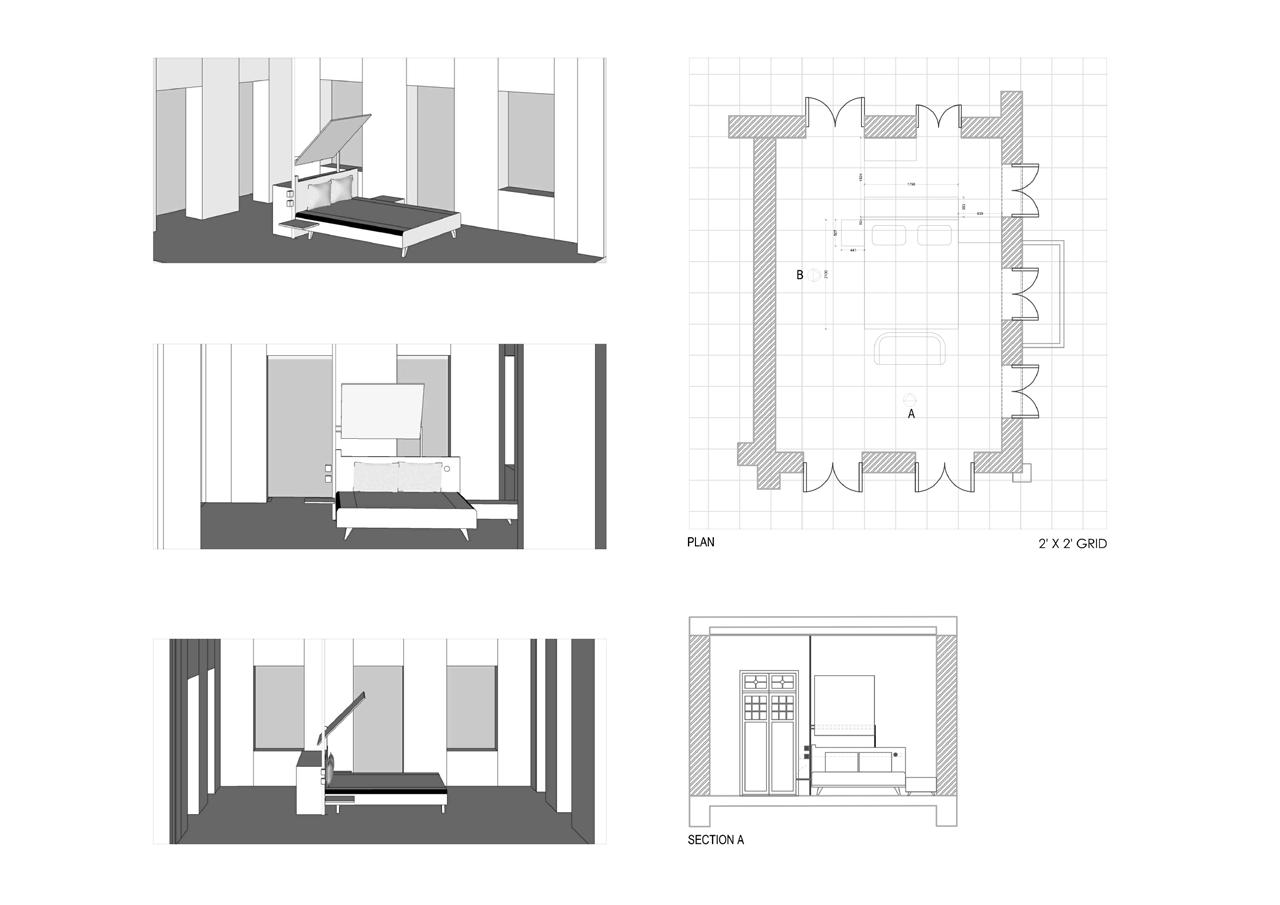
A number of iterations were made to see the material and colour of the bed back, side table and lamp.
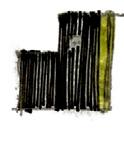
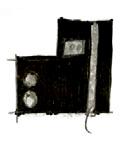
Each furniture has been carefully designed keeping in mind the needs of the user. In the bed below, the bed back comes with a moving flap of fabric inspired from a sail of the, to ensure correct lighting to read, relax and work. There are attached movable drawers at rhe side of the bed, coming out from a pole
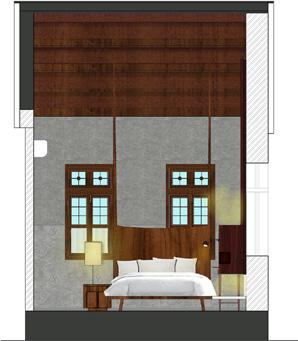
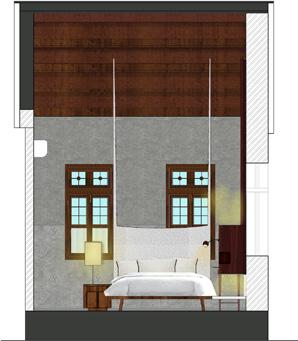
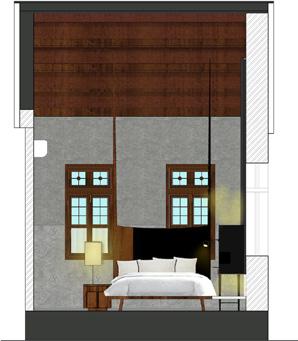
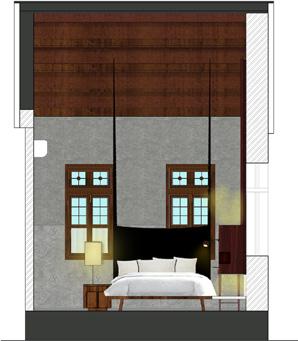 The side table lamp
The side table lamp
We don’t want to propose yet another master plan. We wish to create a new ecosystem with minimal harm to the site and its natural surroundings “without the removal of any trees”. In fact the aim is to create an ecosystem based on water. Having a waterbody in the centre of the site will help create a very calming energy to all the programs around it. We also seek to investigate to create sustainable measures for organic farming to serve and suffice the food for the visitors .
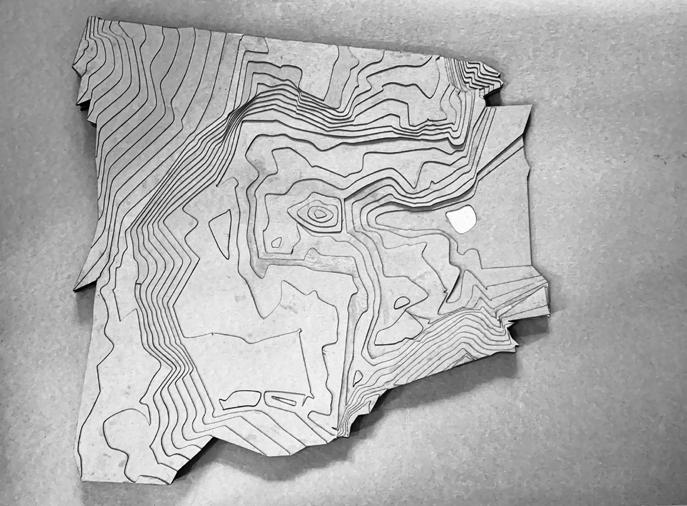
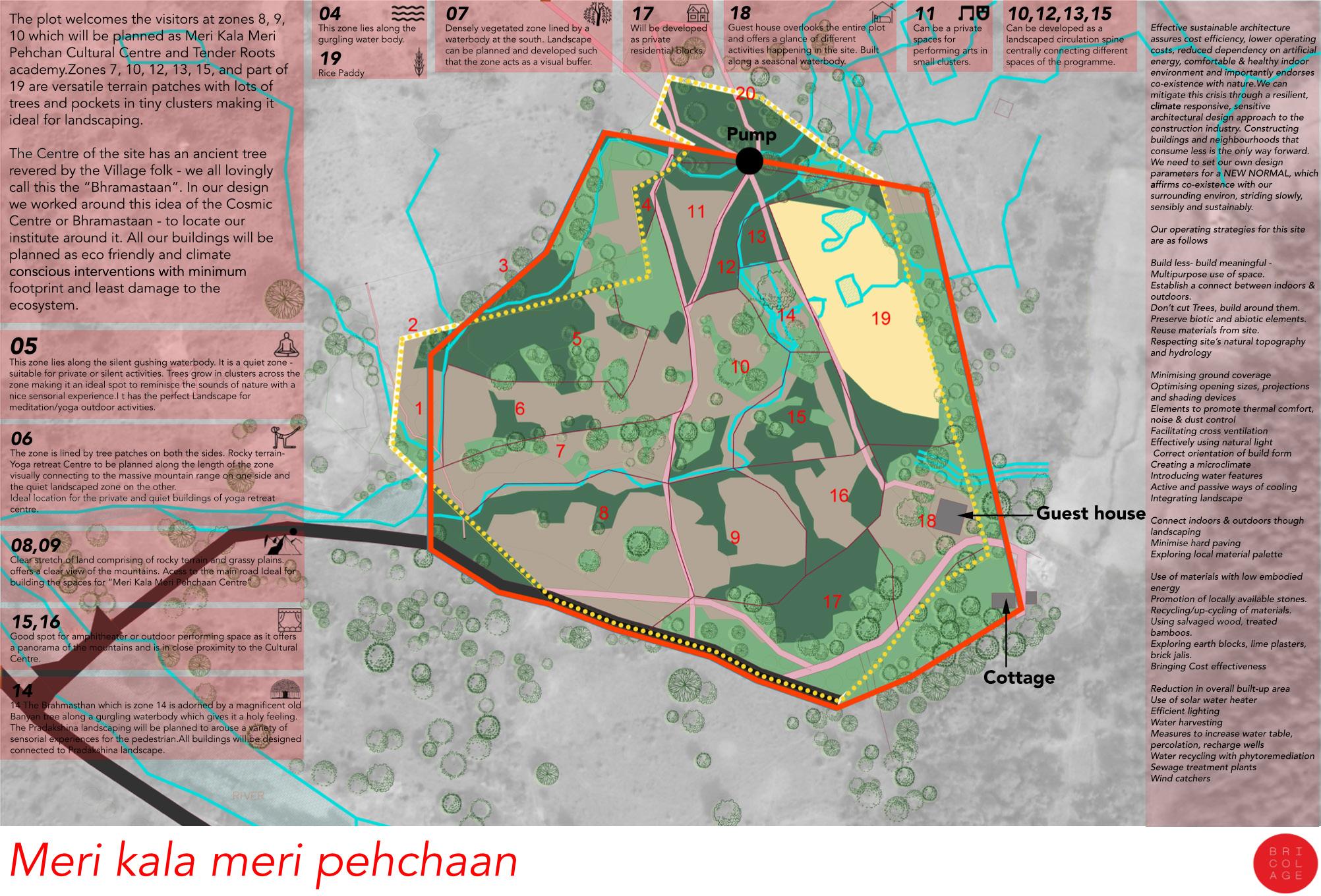


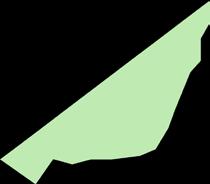
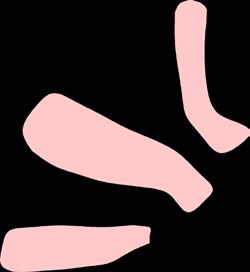

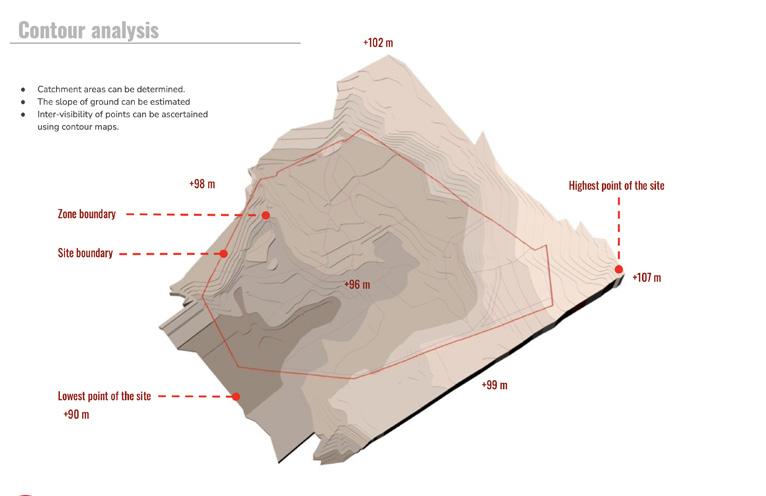


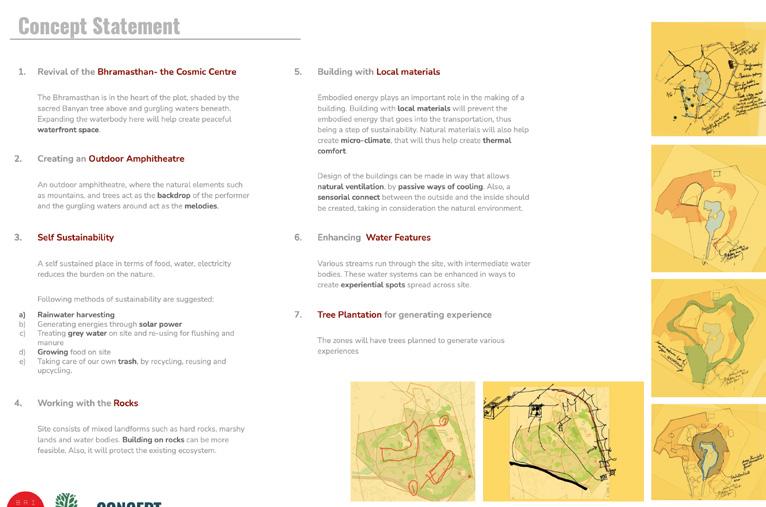
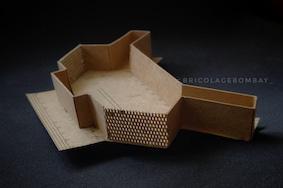
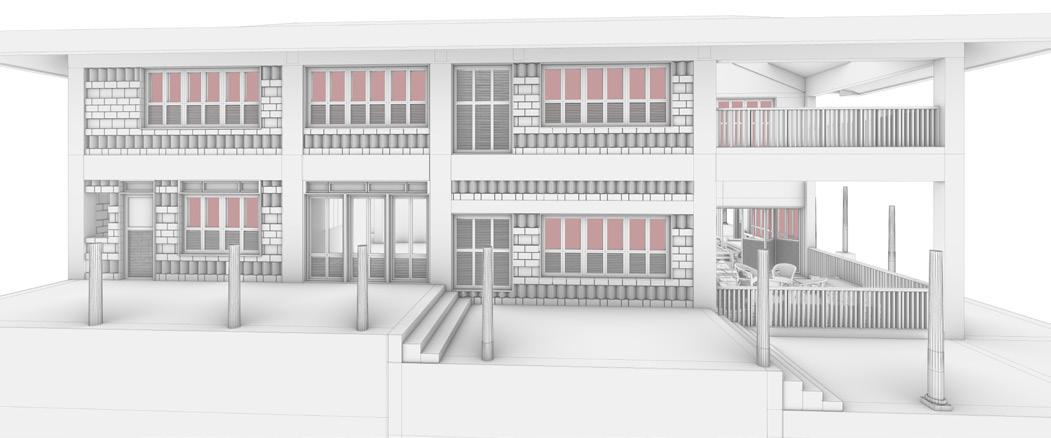
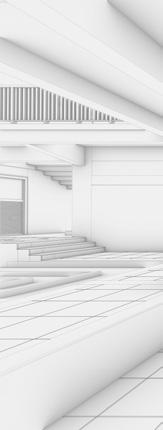
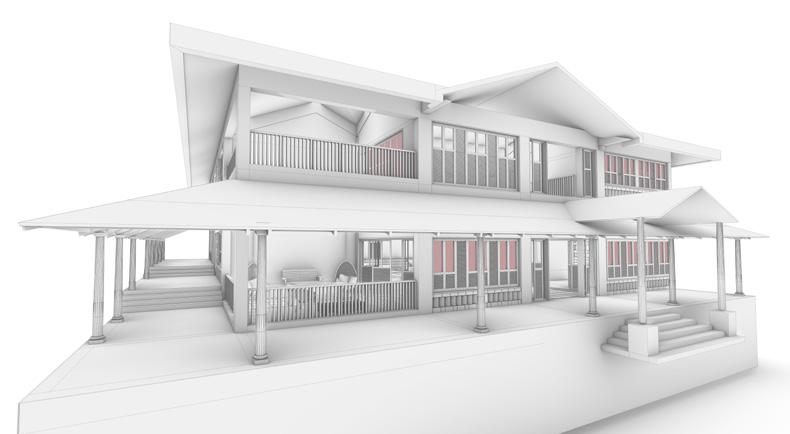
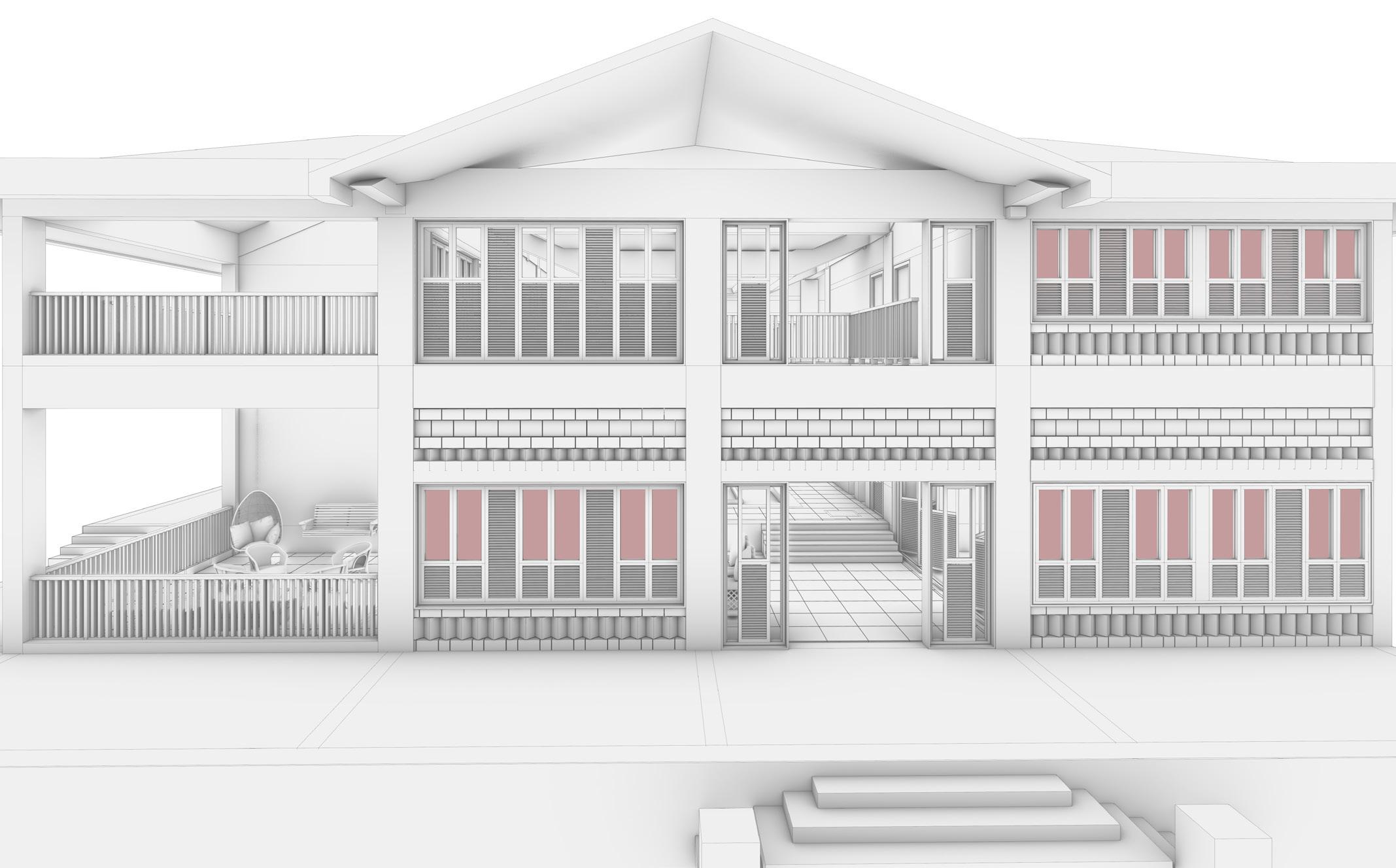
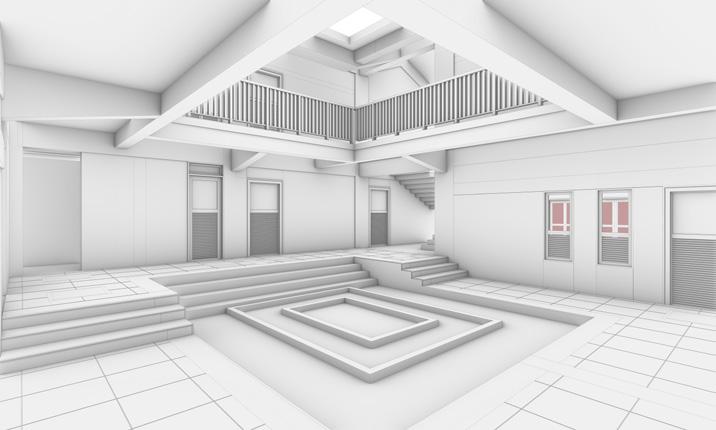
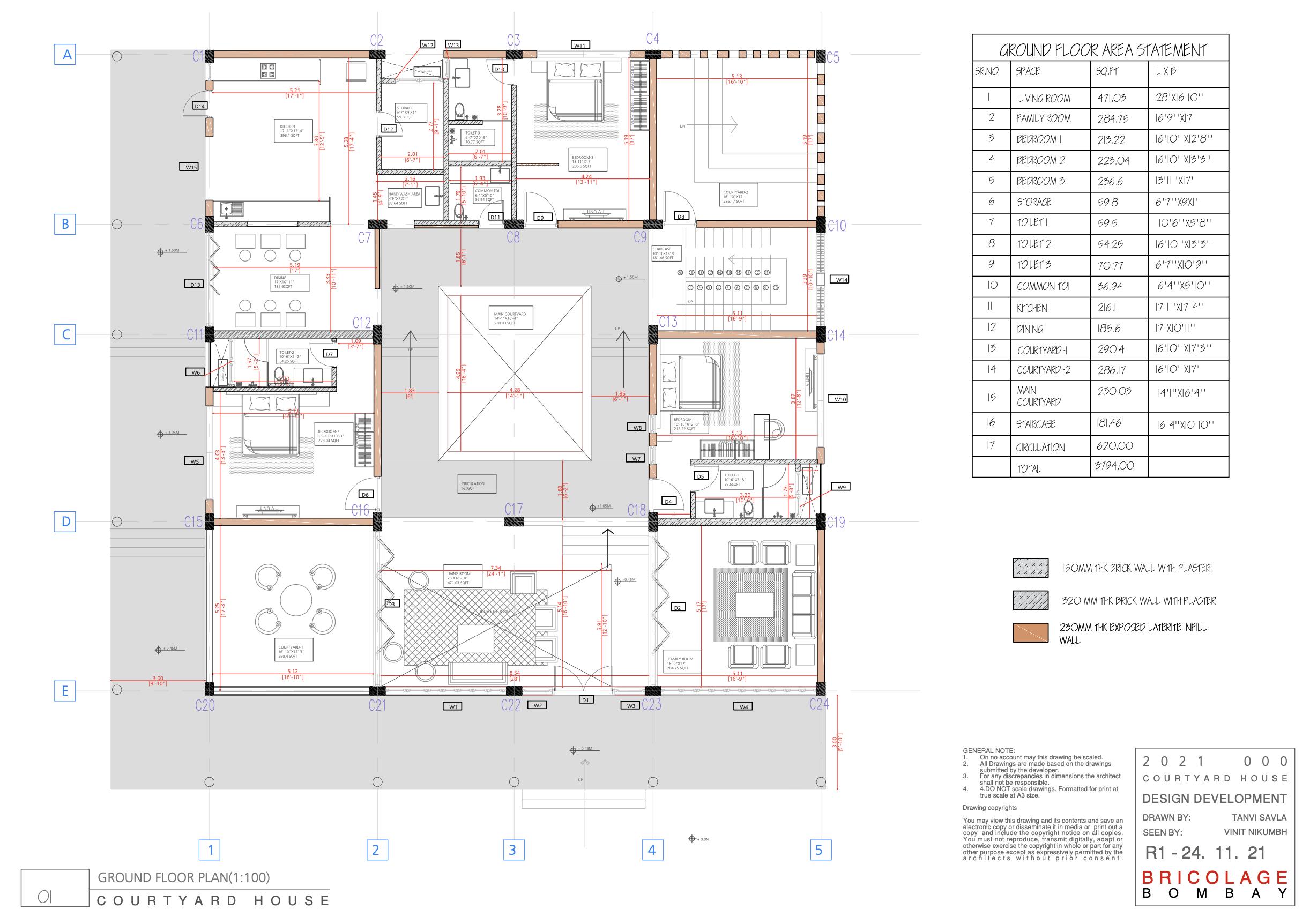
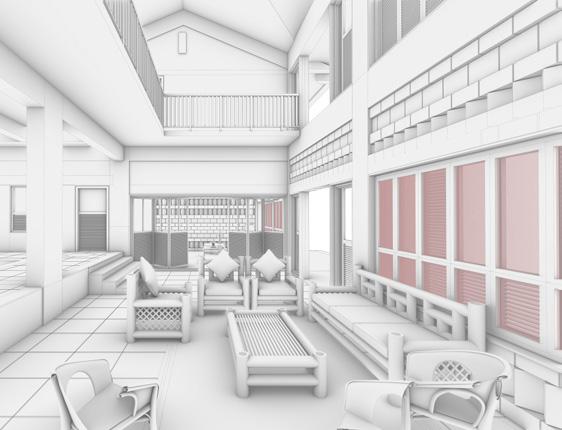
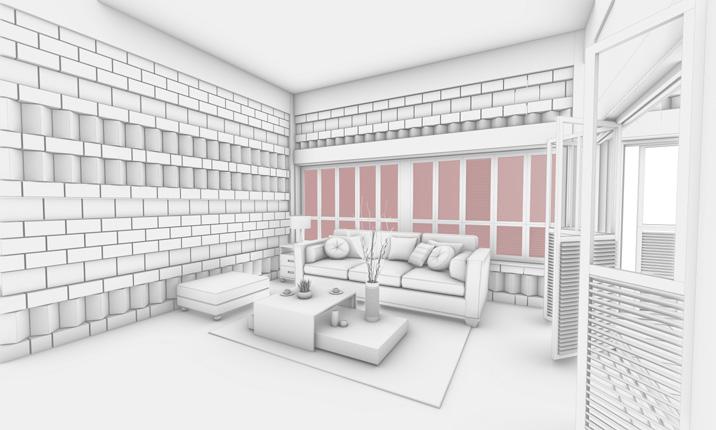
The wall design: The local material in Chiplun being laterite, the walls were designed with thee same. Various options and iterations were tried for as the material is has high porosity, due to which it was difficult to get the aspired size of laterite brick.






The door window design:




The openings were to be designed taking in various factors such as extreme climatic condition of the region, the existence of insects and mosquitoes, the light intake and aesthetics of the building. Windows were designed in a manner that opens in 4 different parts as per the need, the climate and the time.

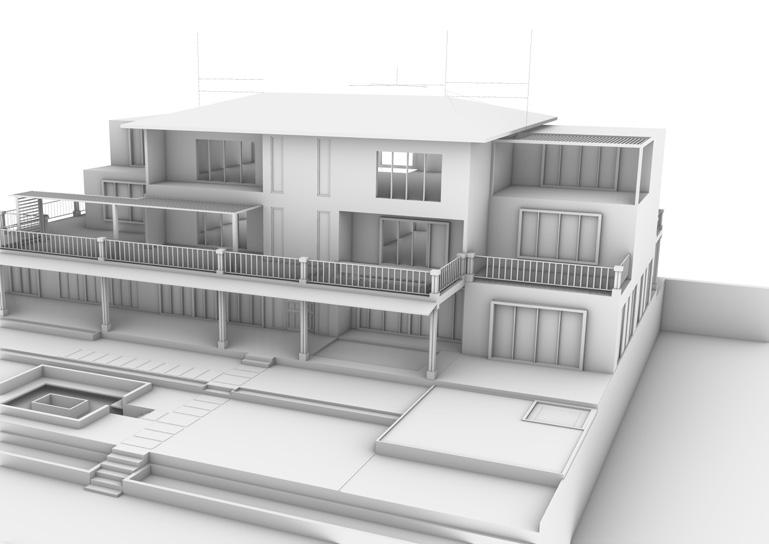
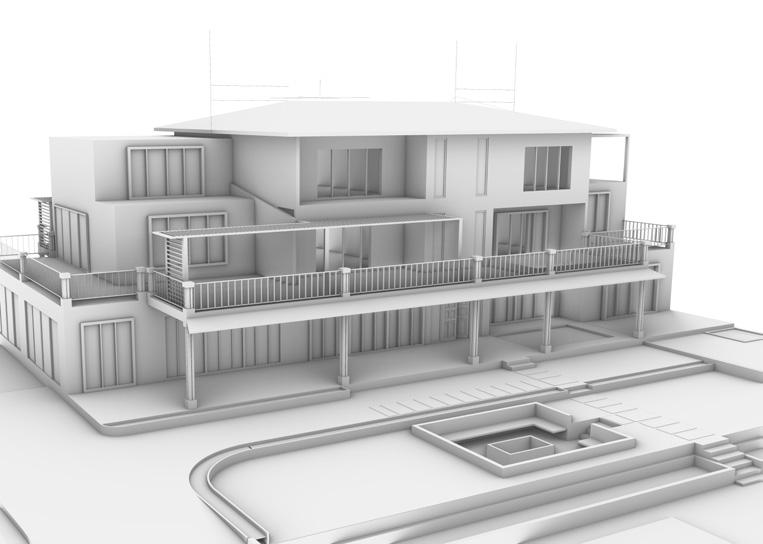
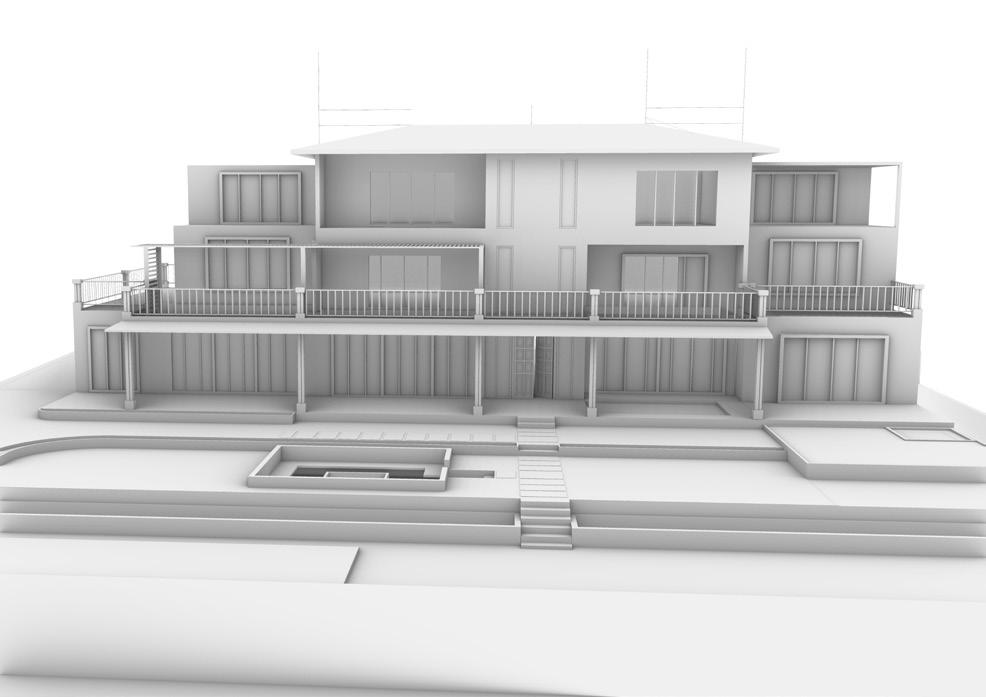
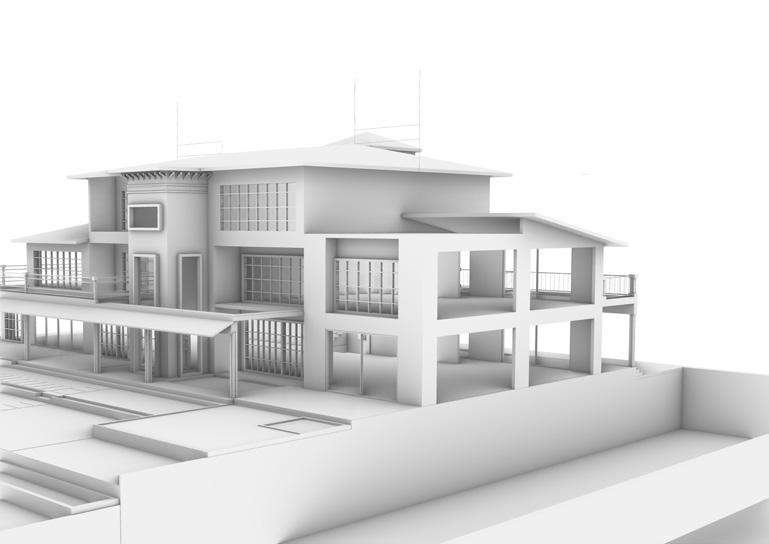
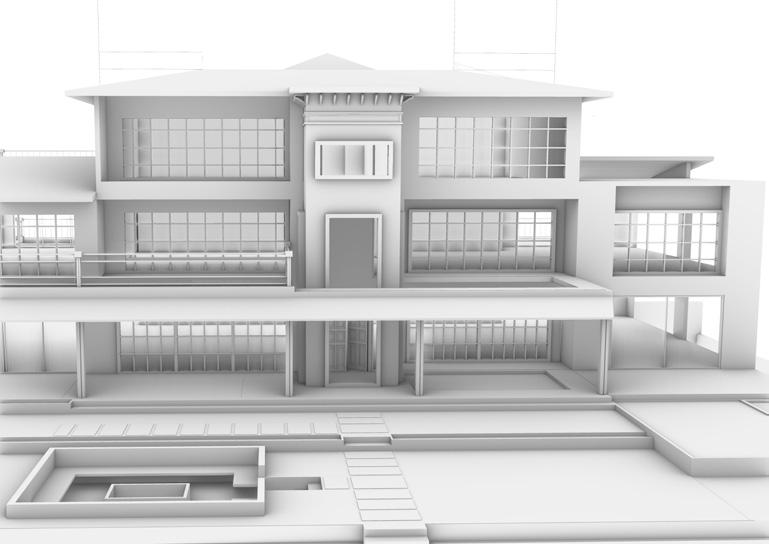
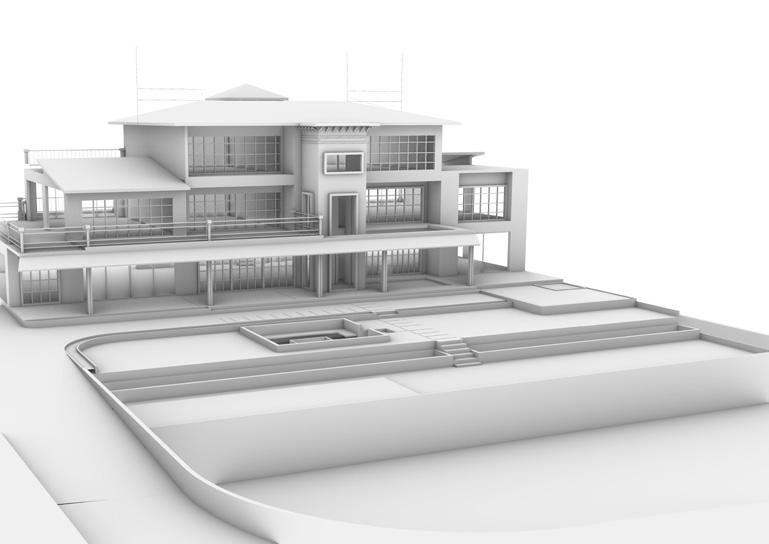

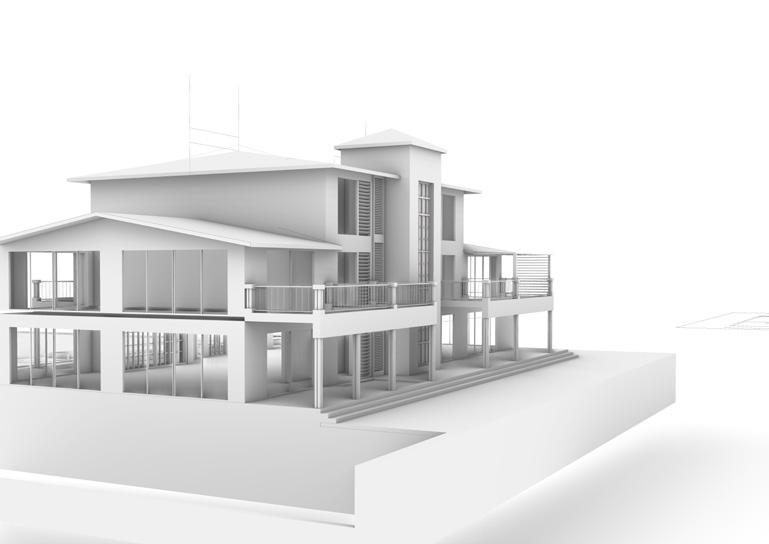
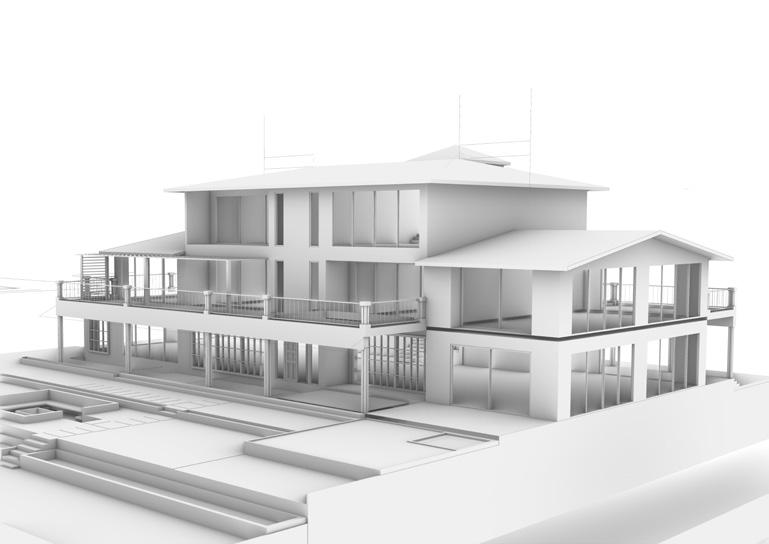
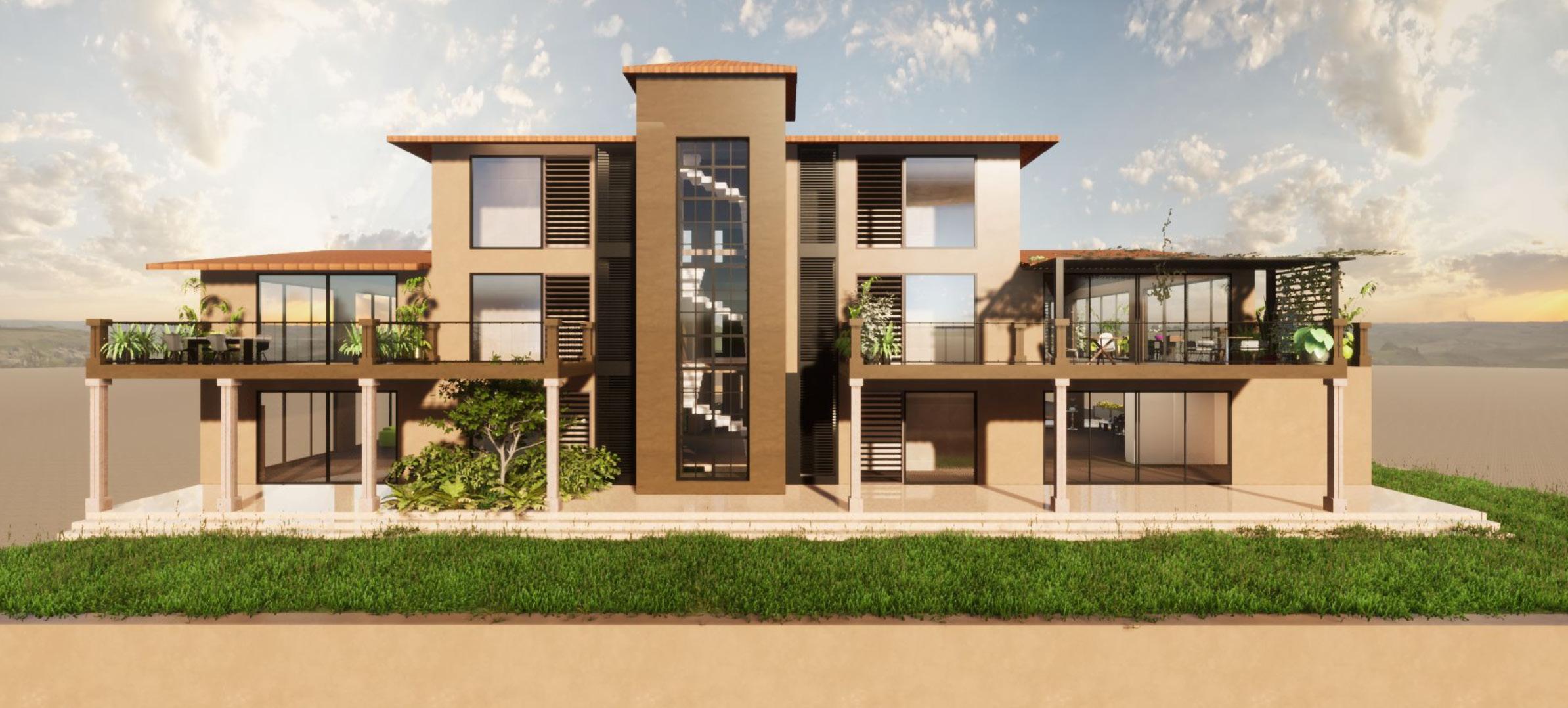
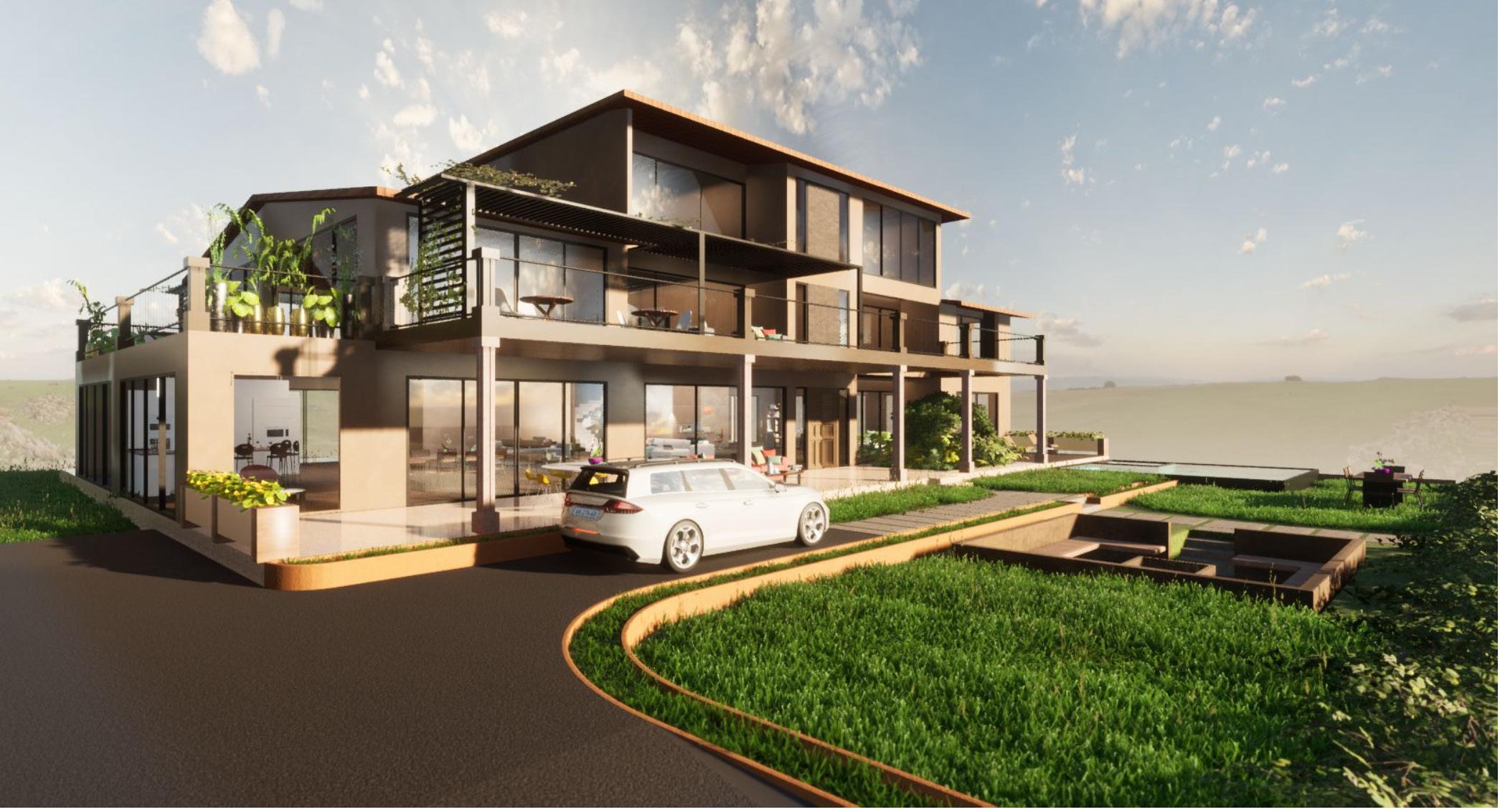
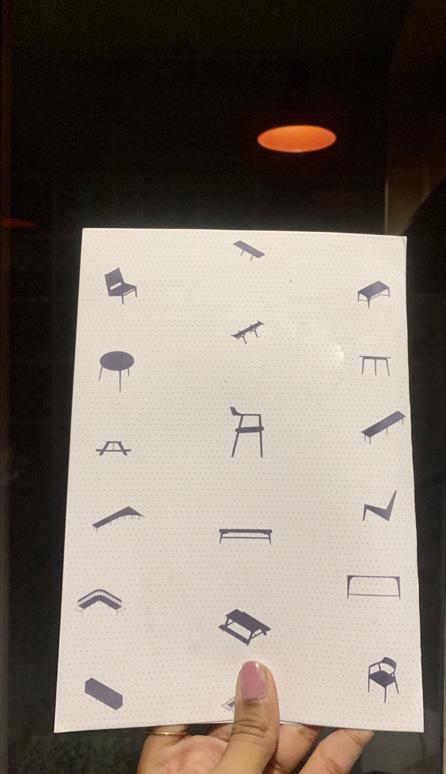
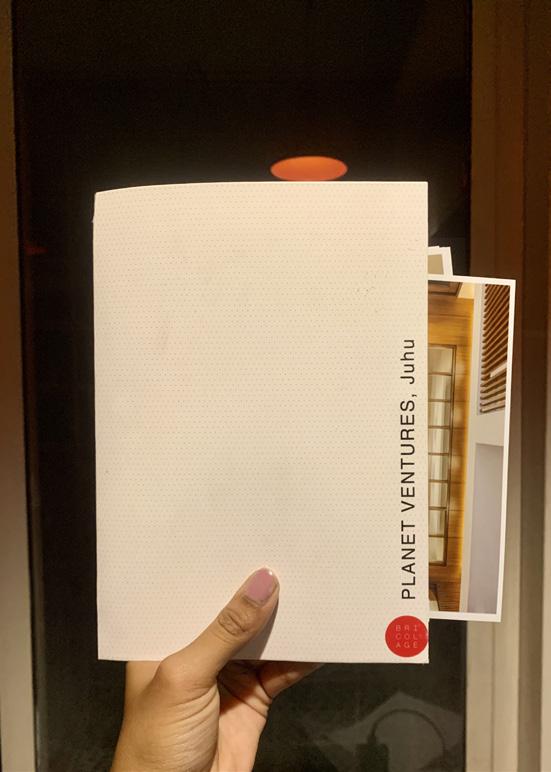
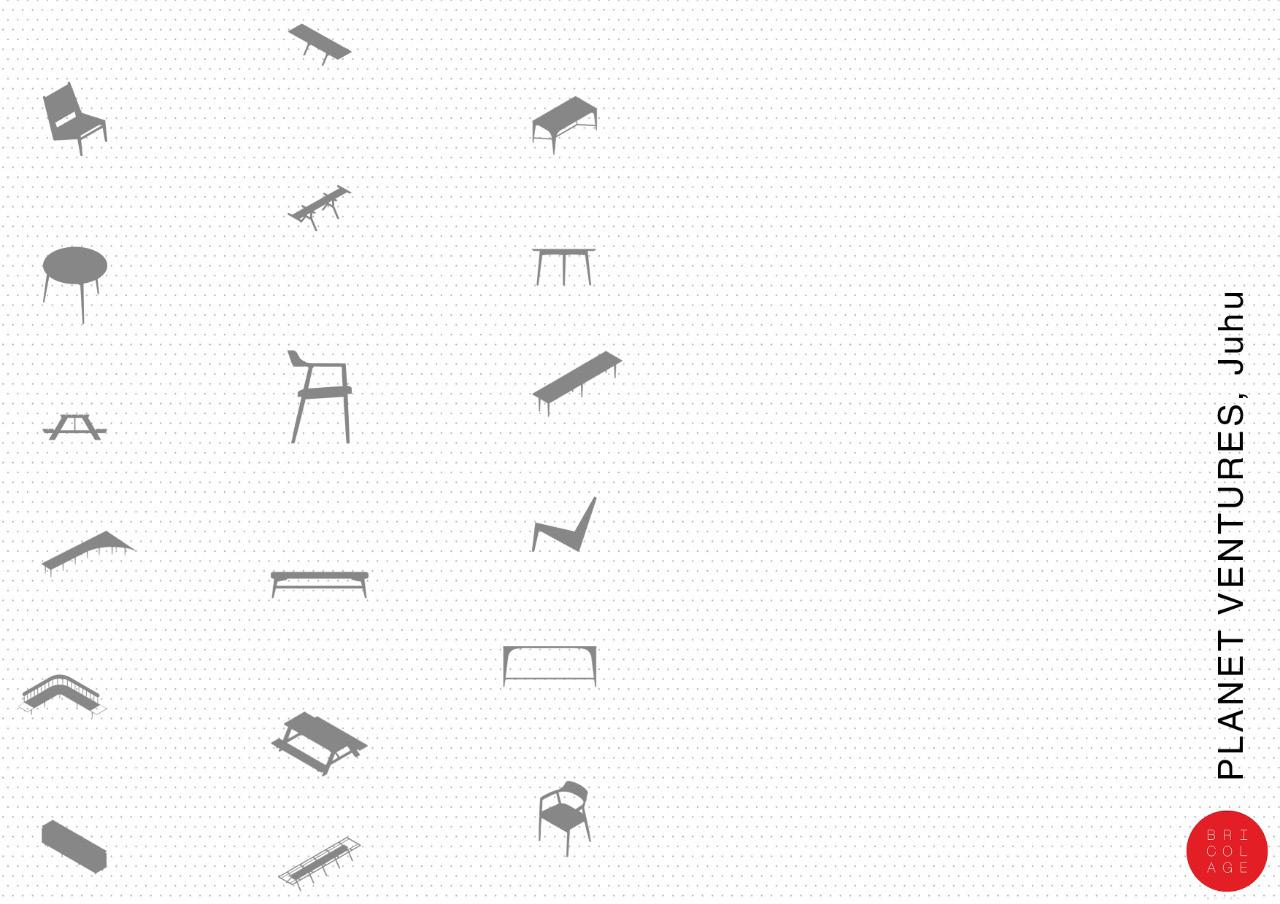
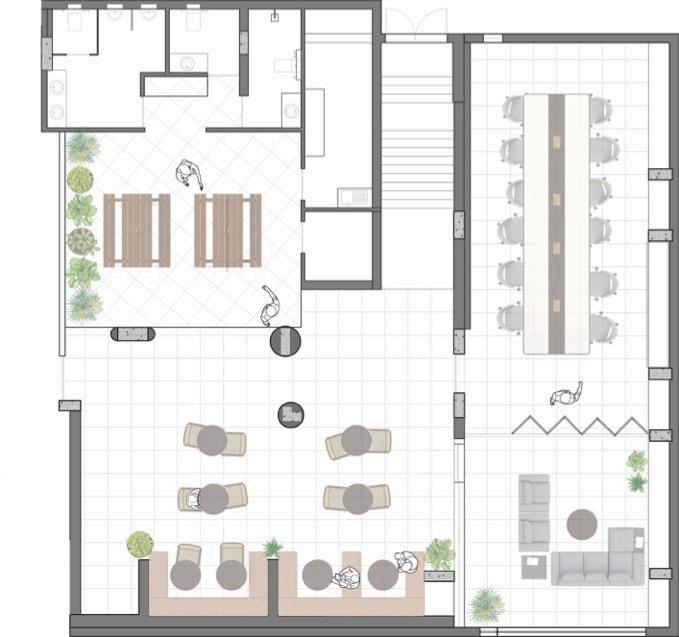
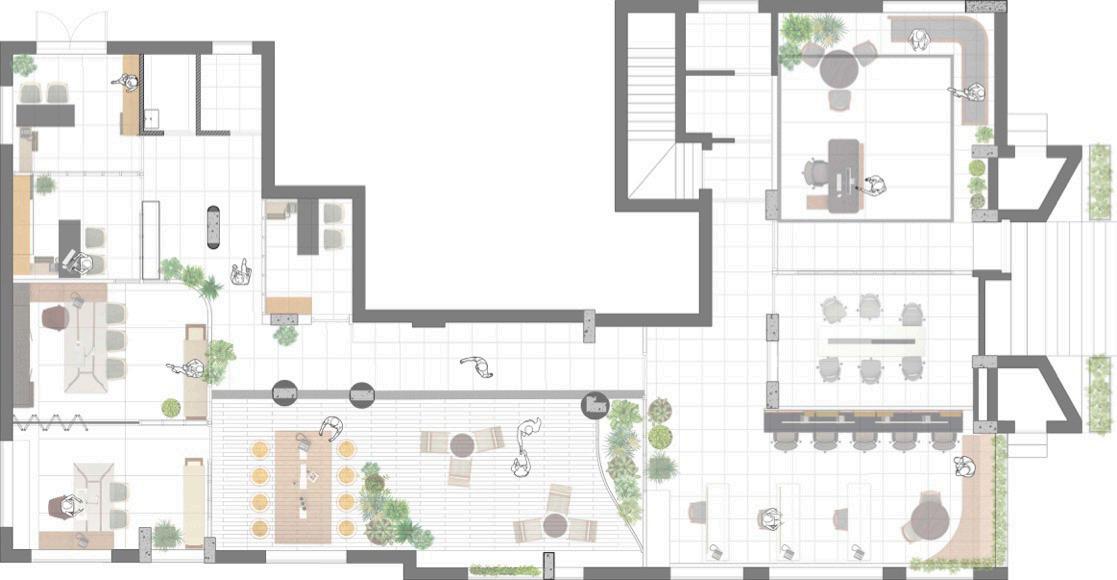
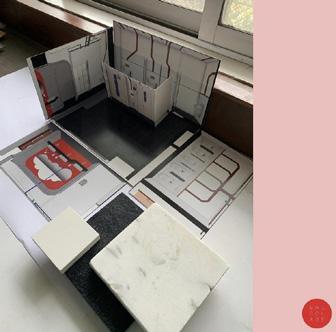
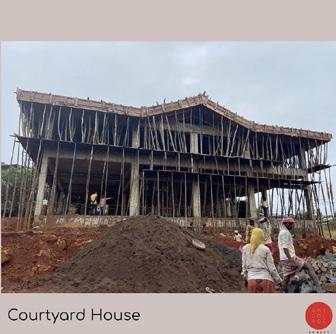
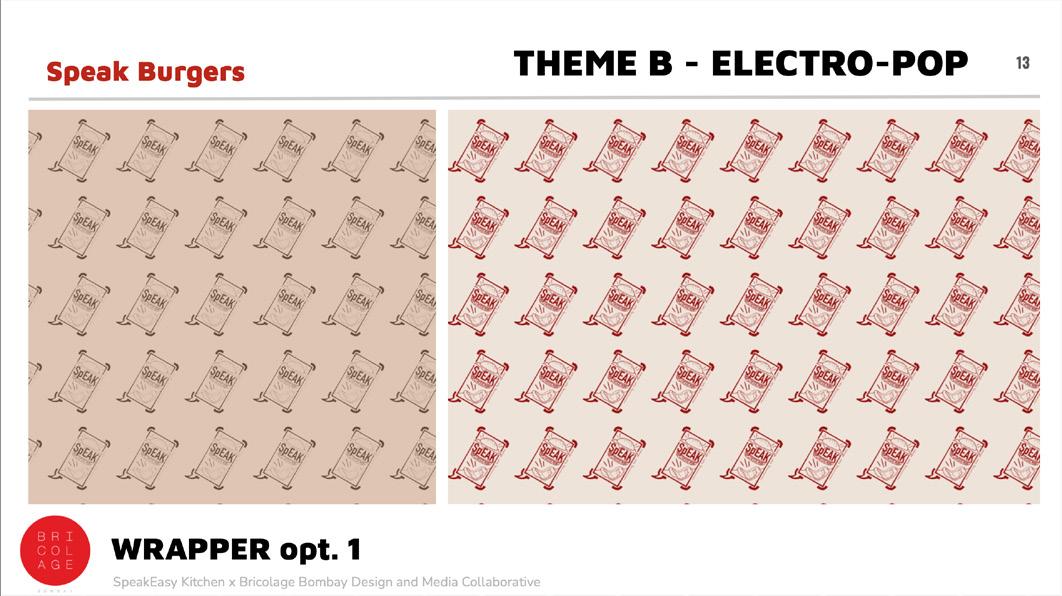

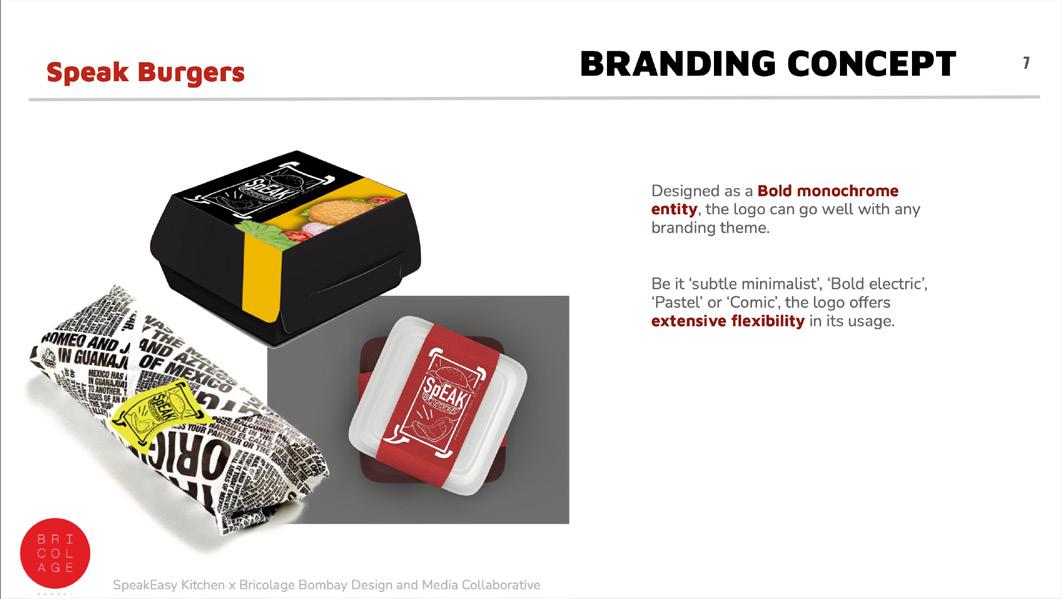
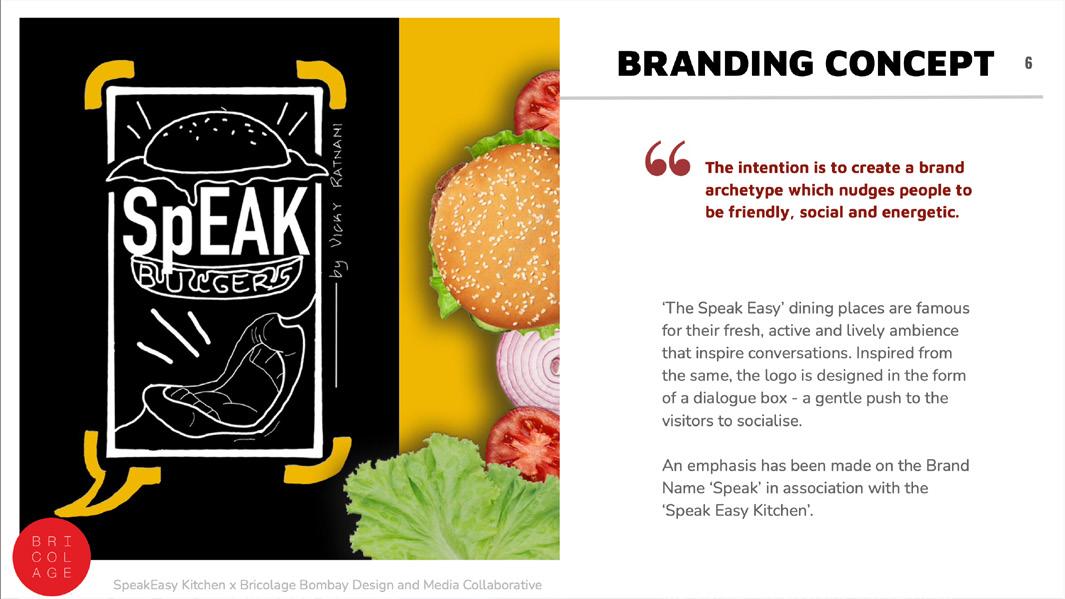
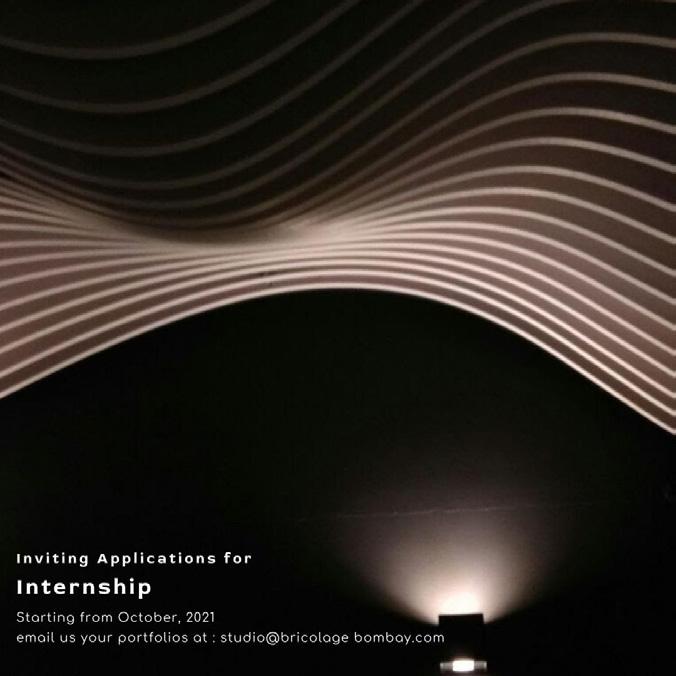
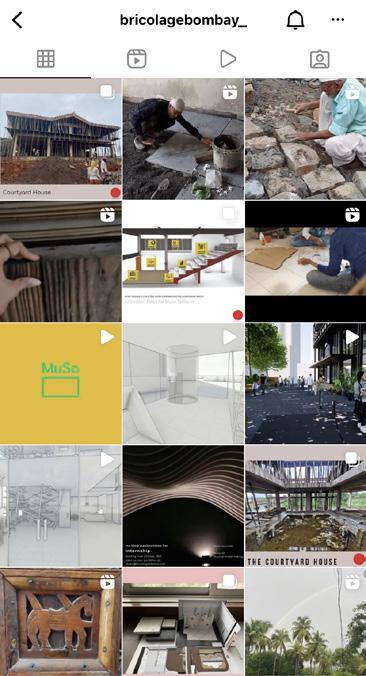
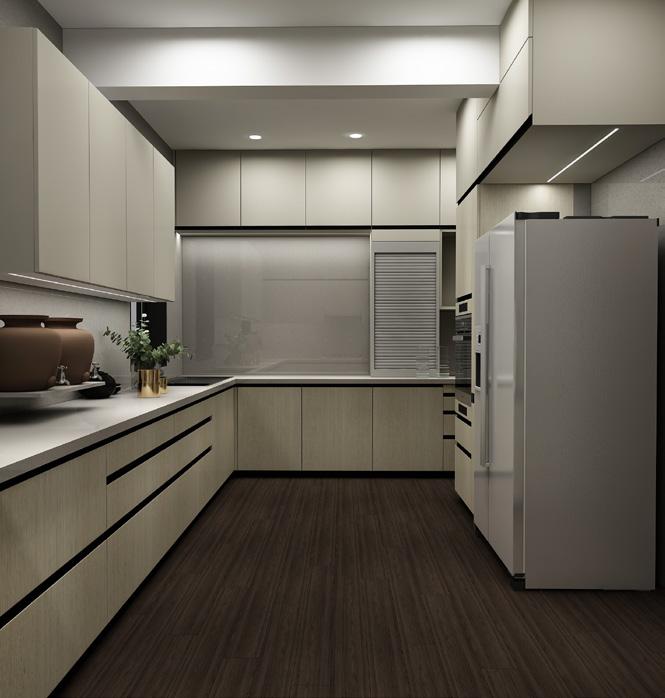

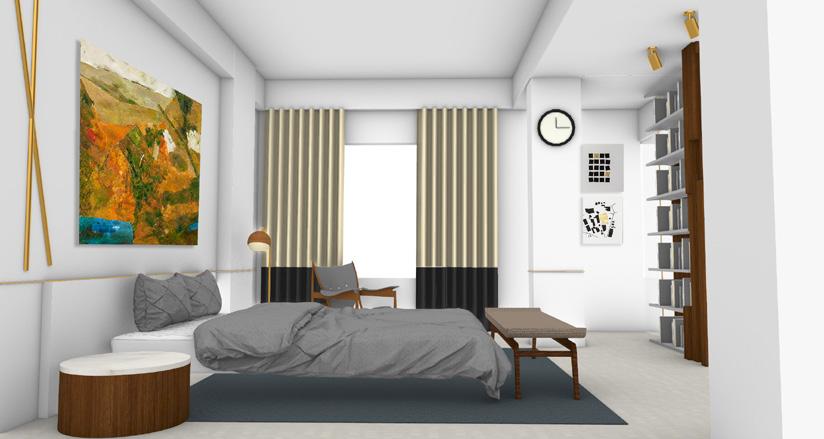
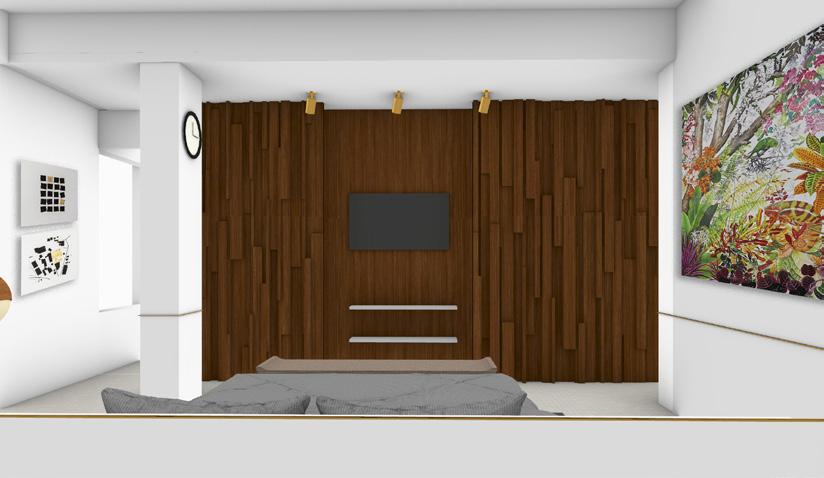
Client: Mr Sanjeev mehta
The 4 bhk apartment in a building at Nirmala Mahal, Grant road offered us to renovate one of their bedrooms and the entire kitchen space as per vastu.
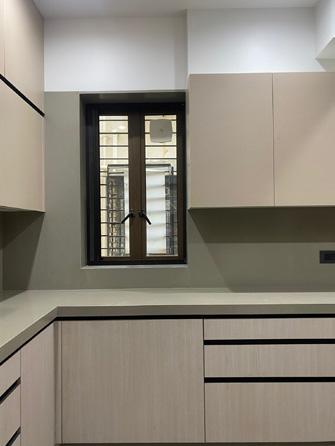
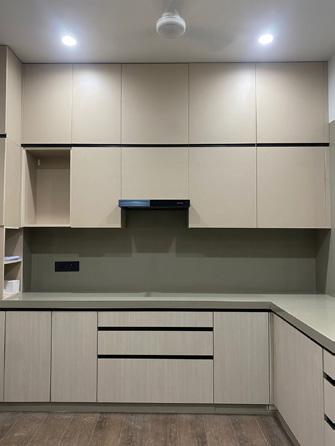
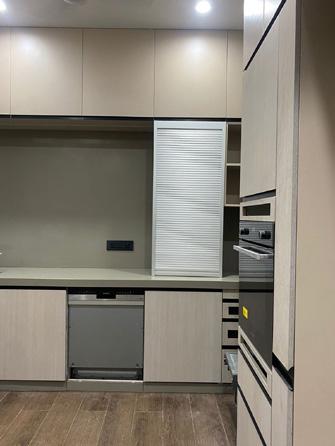
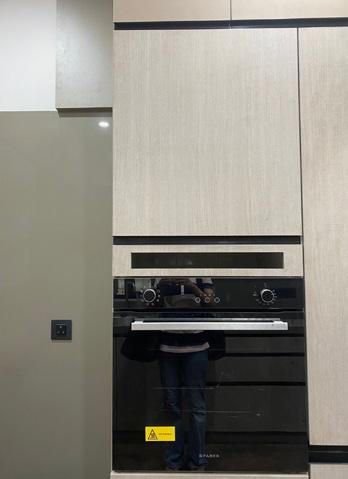
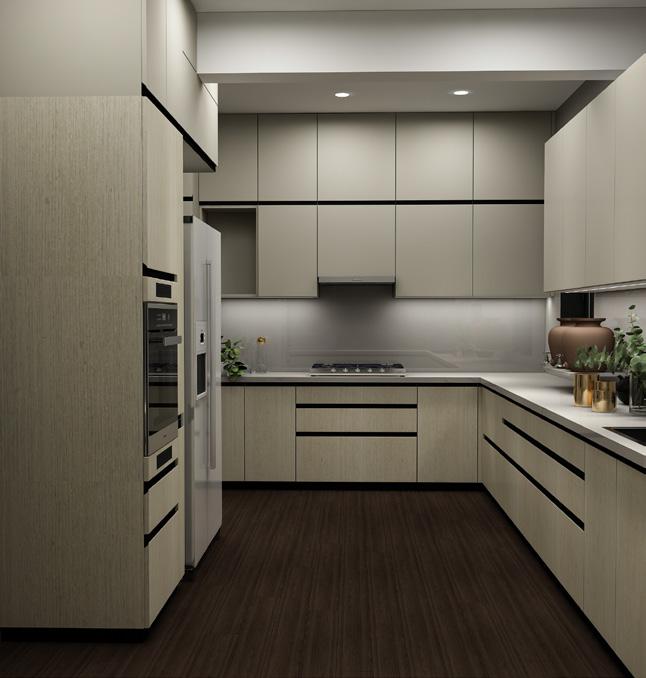
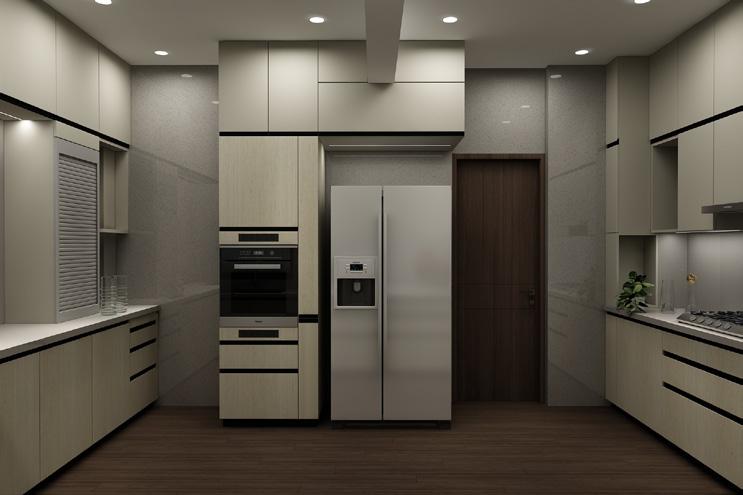
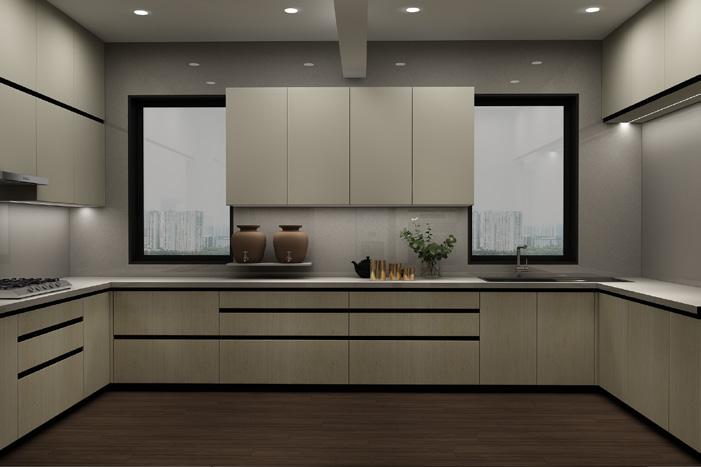
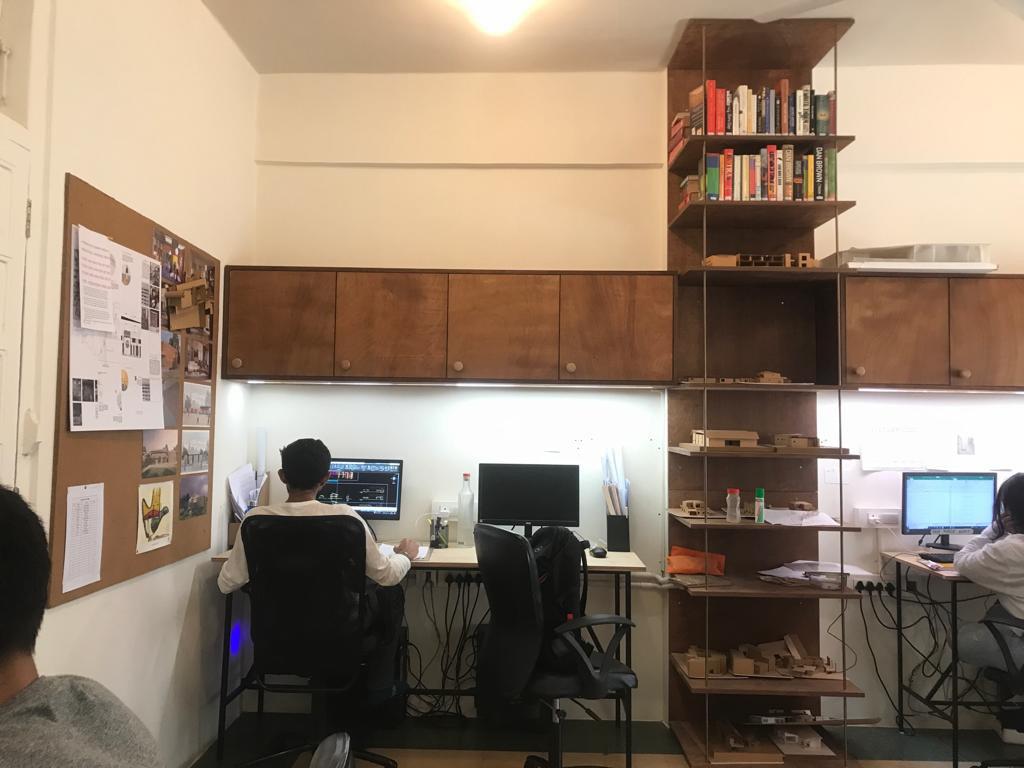
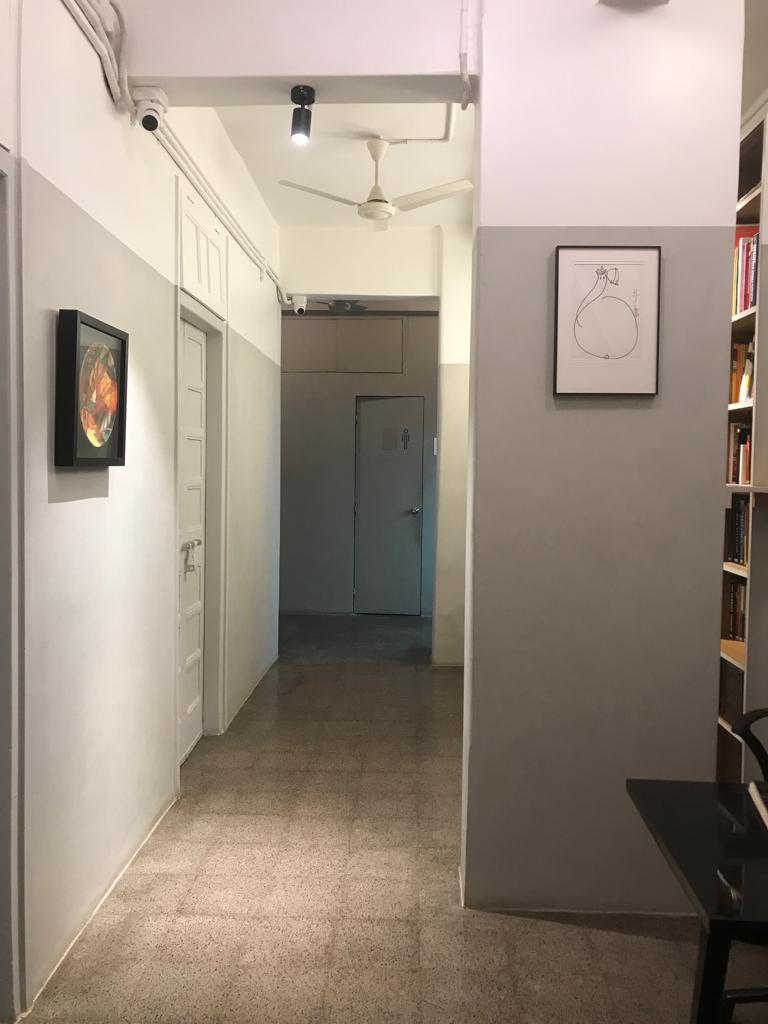
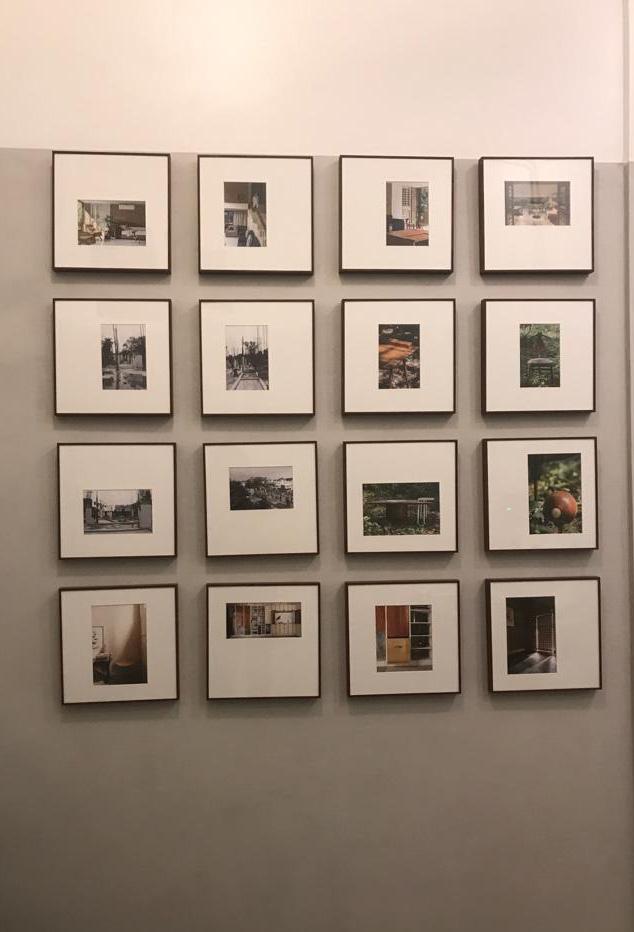
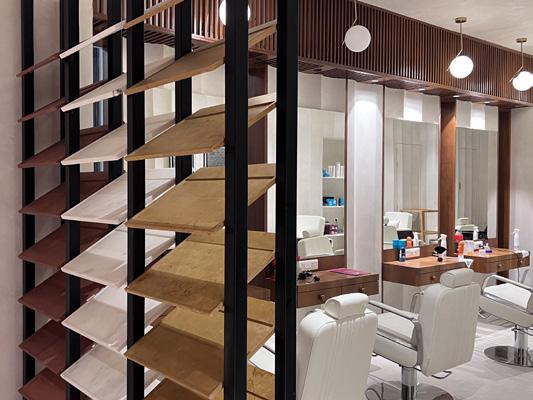
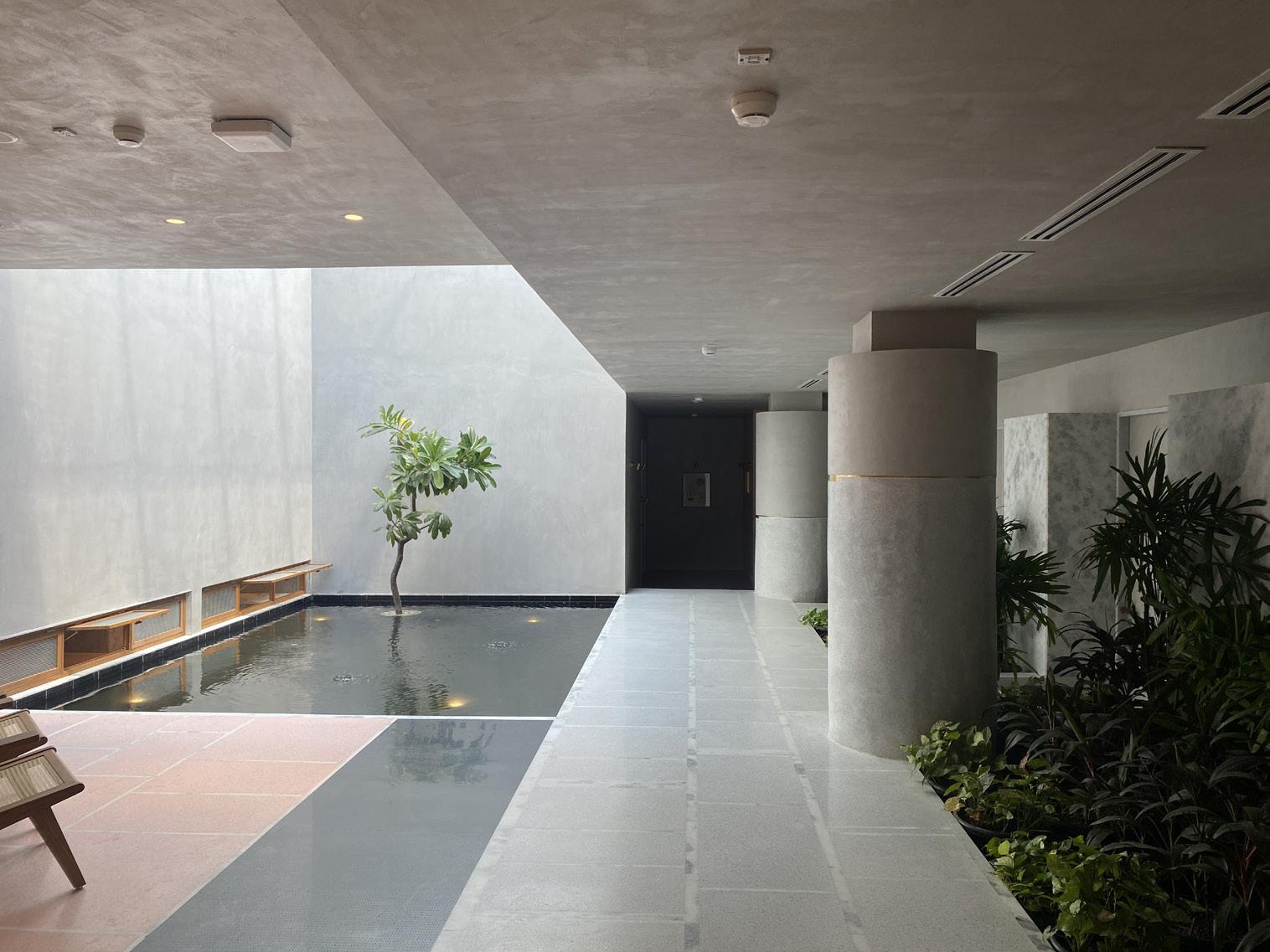


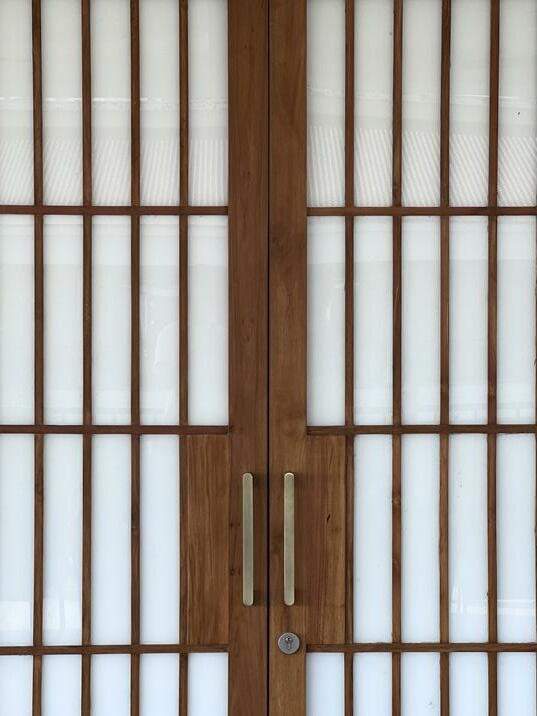
Flooring and Finishes
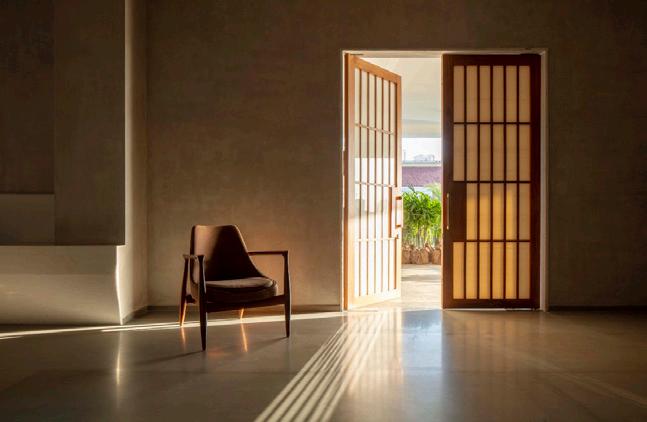
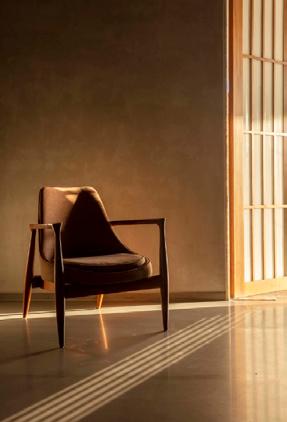
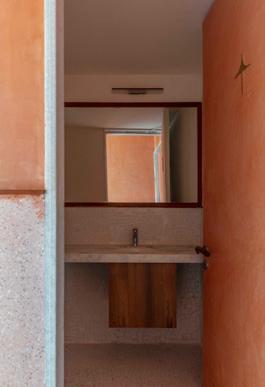
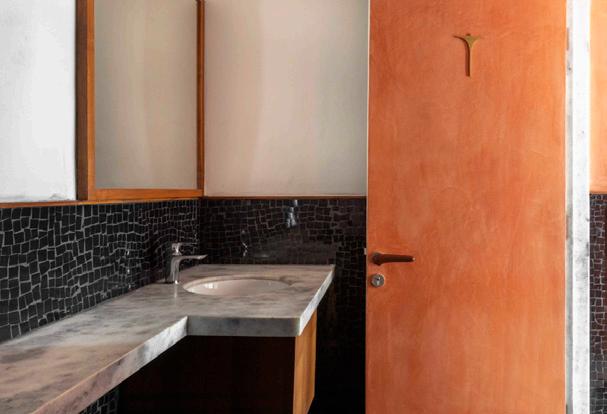
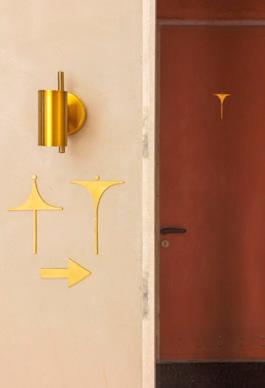
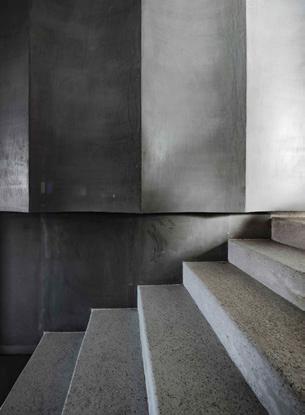
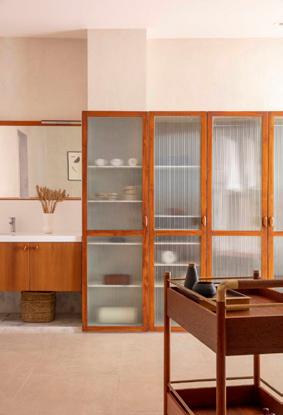
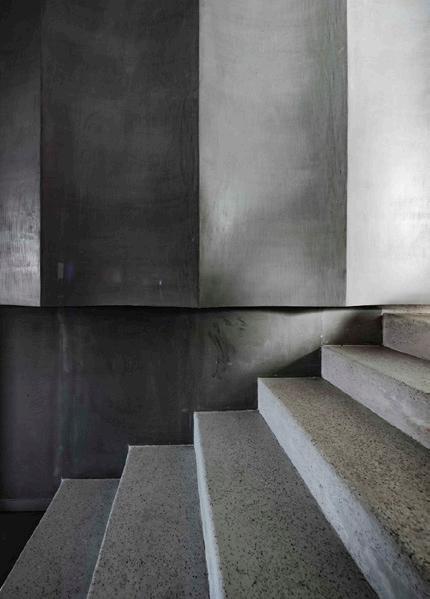
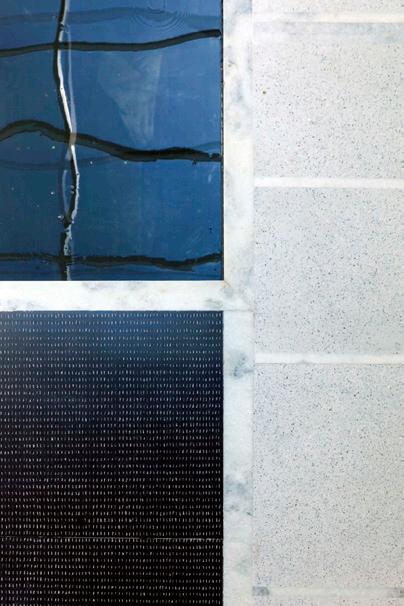
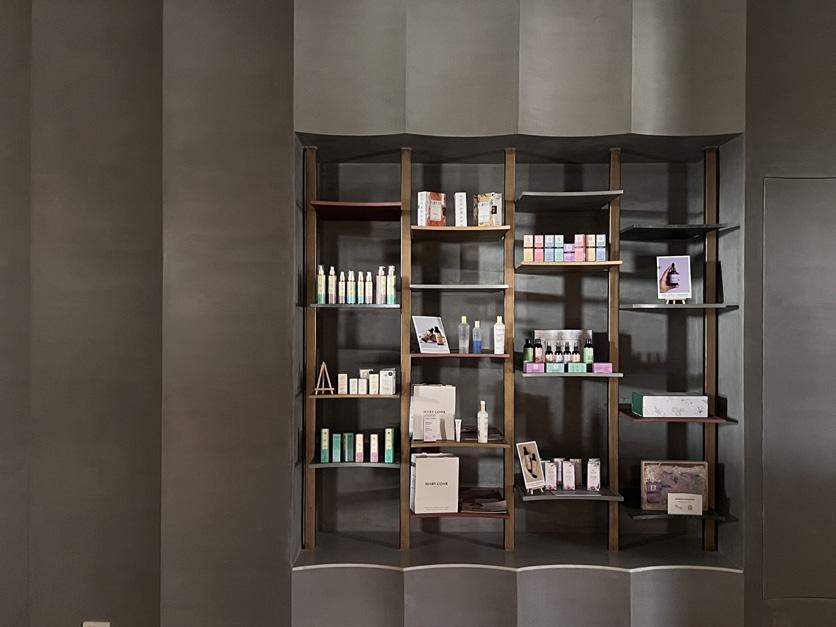
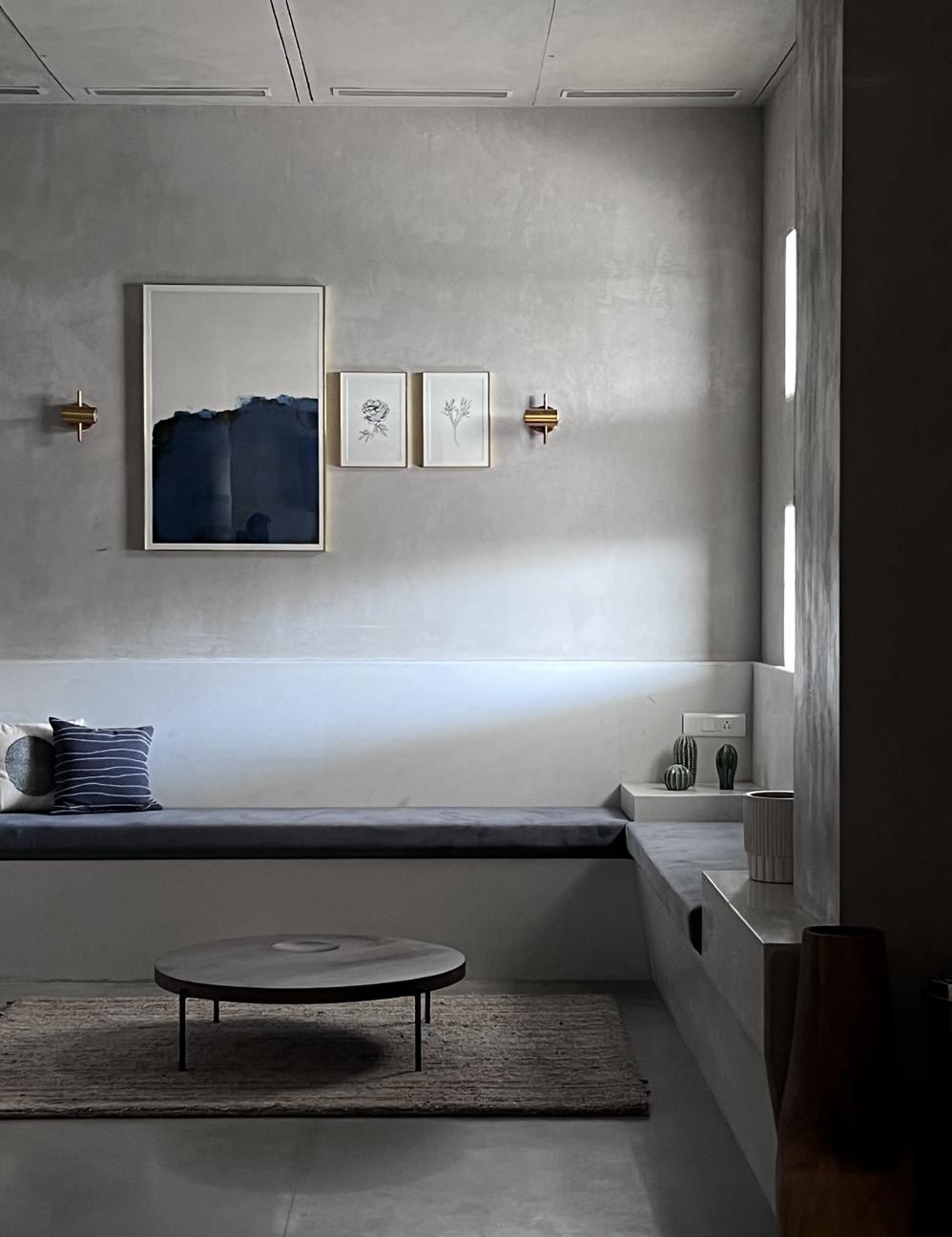
Massage Rooms
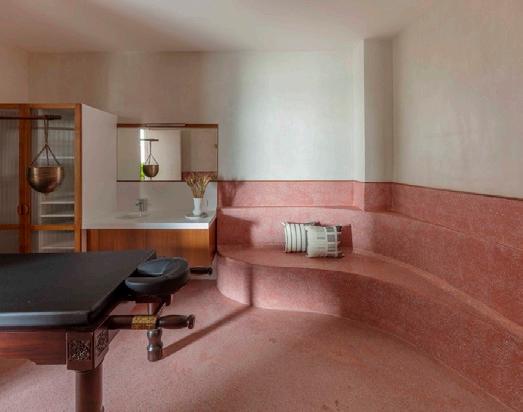
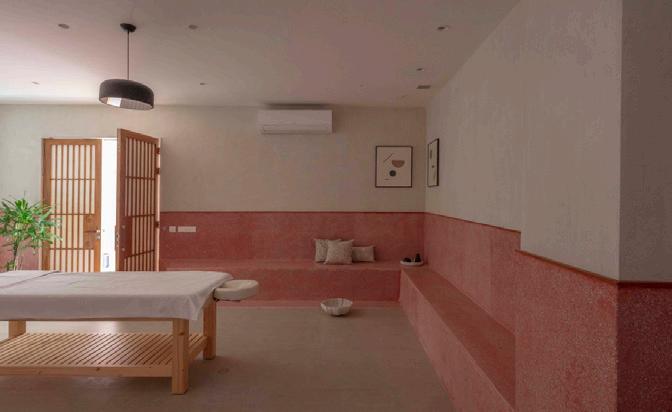 Display Unit
Waiting Area
Entrance
Display Unit
Waiting Area
Entrance
Client: Mr Shail Sheth
The office space for a swimming pool consultant comprises of a conference room, a reception, owner’s cabin, workstation for 4, and an eengineers desk . The idea behind the design was to have storage units as partitions between spaces.
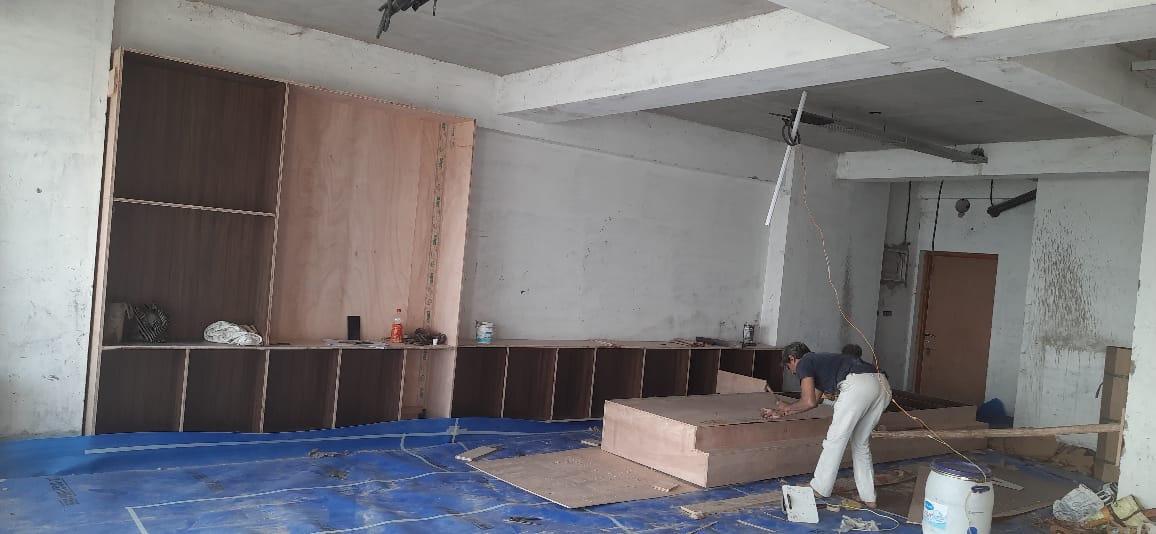
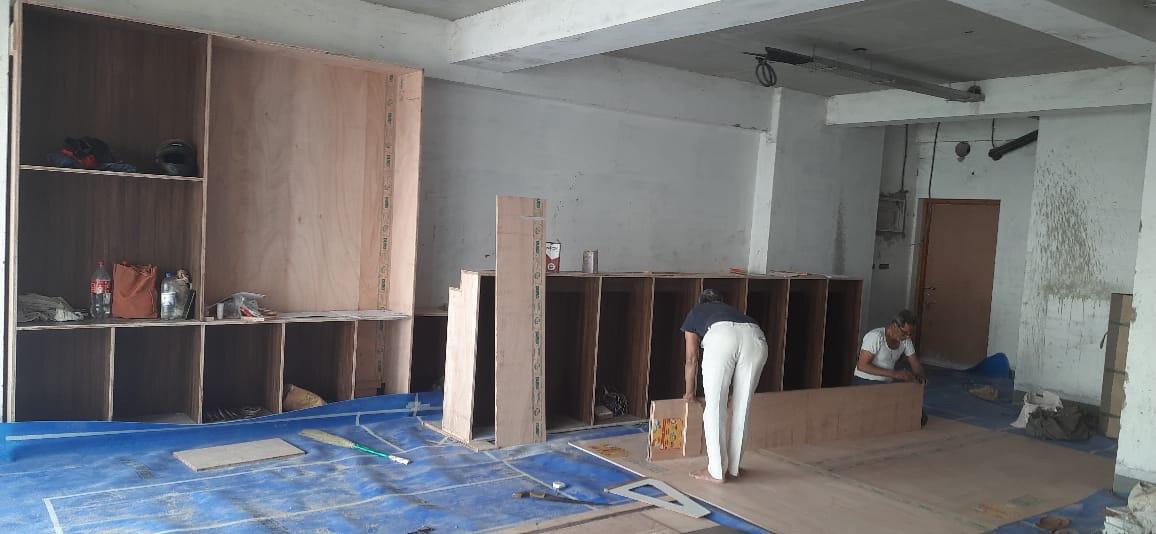
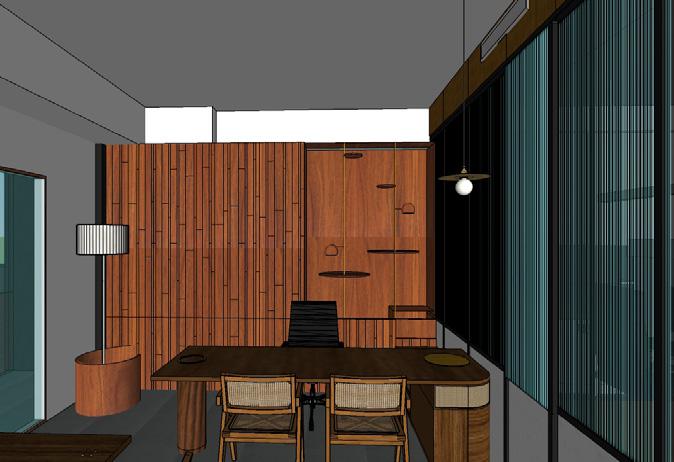
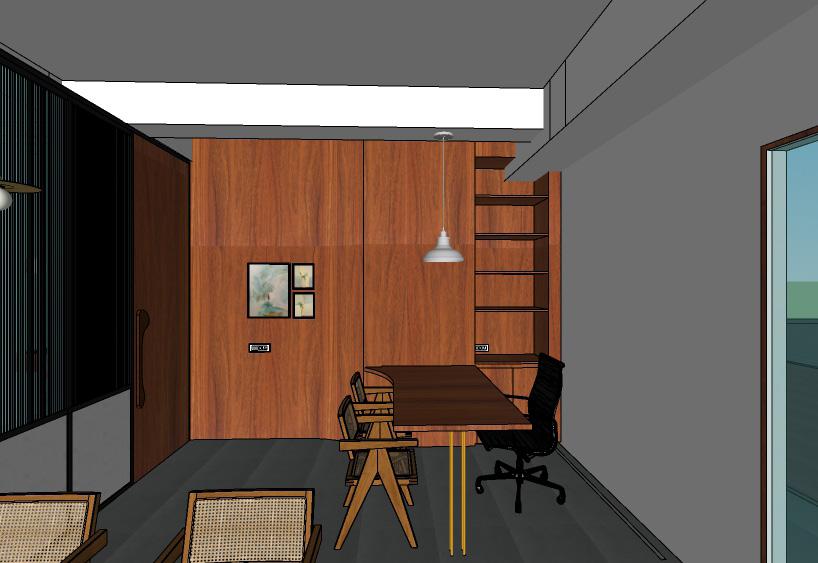
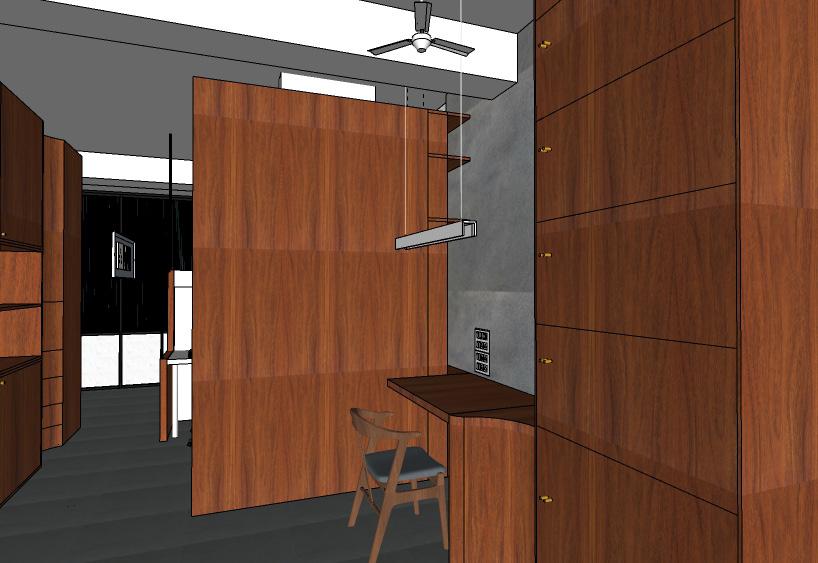
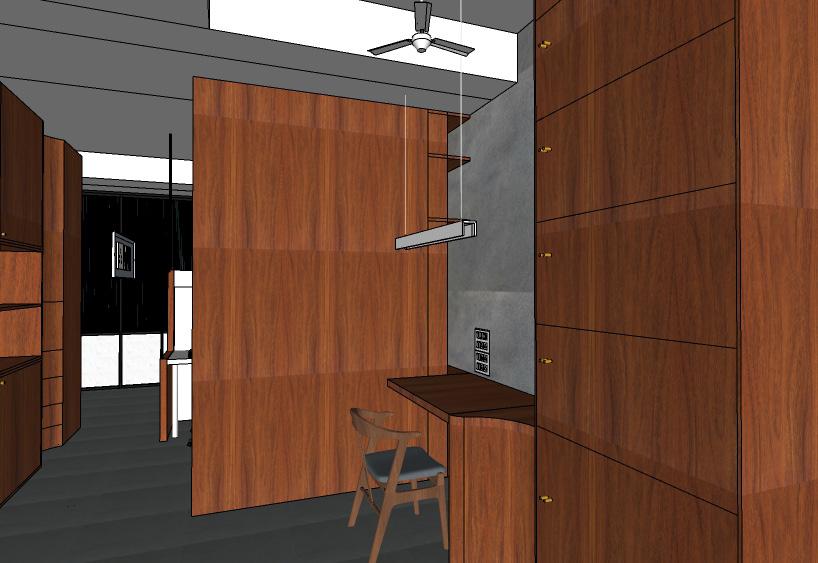
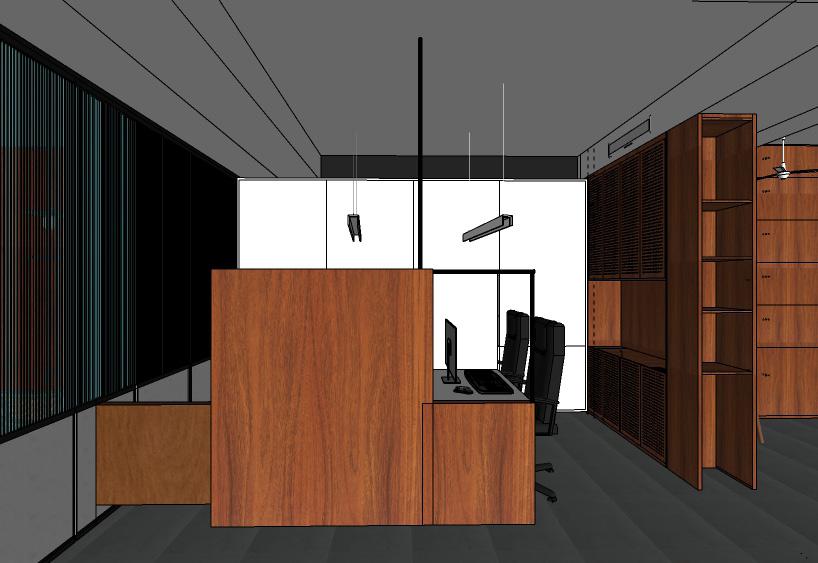
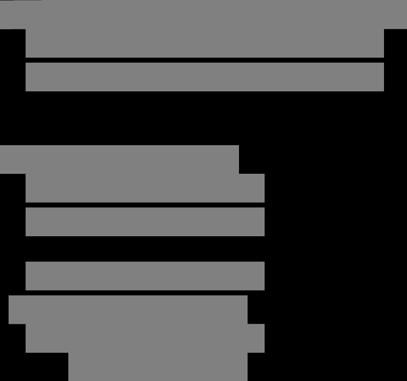




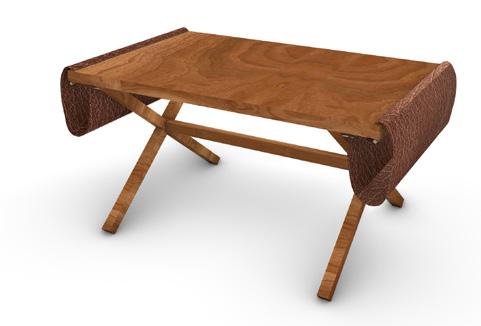
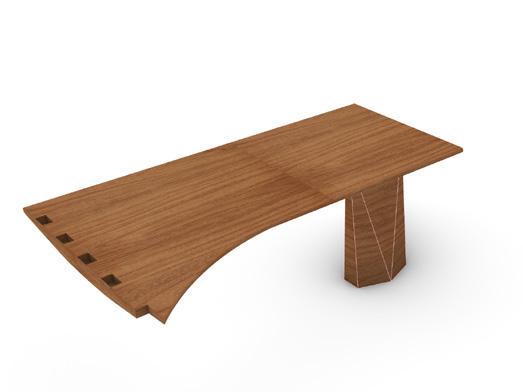
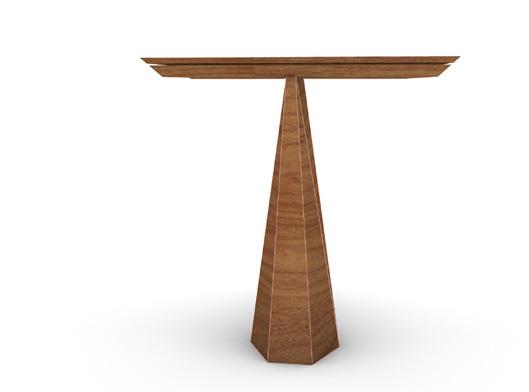
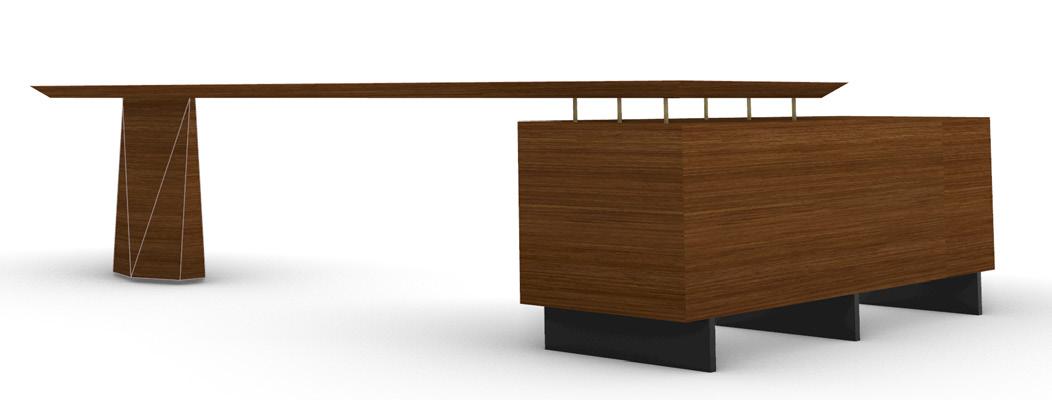
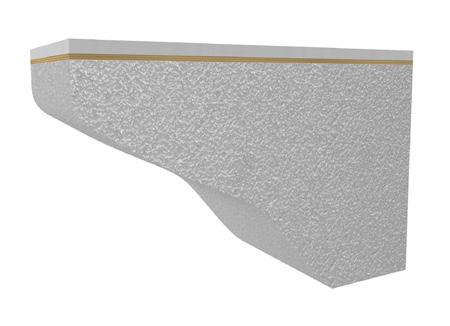



Client: Art India, JSW




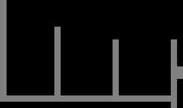




The office space is on the 6th floor of Museum of Solutions. The space will be used for Art India. The various interlinked programmes such as artists residencies, library, discussion spaces, conference, editor’s office etc demanded a free flow between them. Thus, Library acts as a spine to inter-connect these spaces.
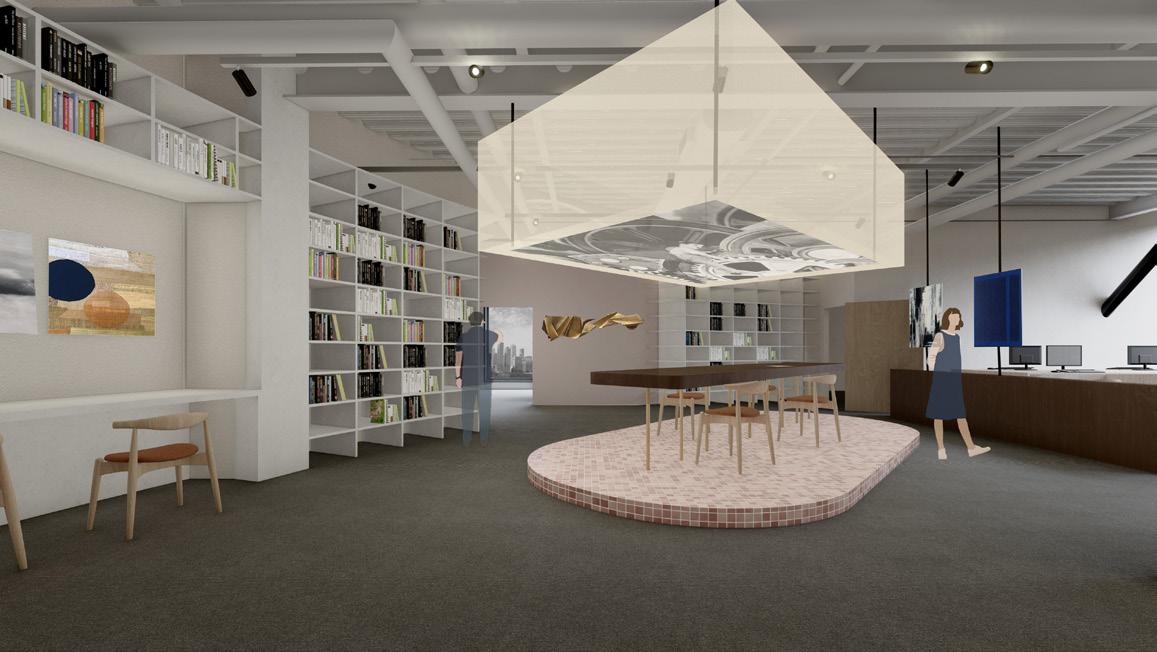
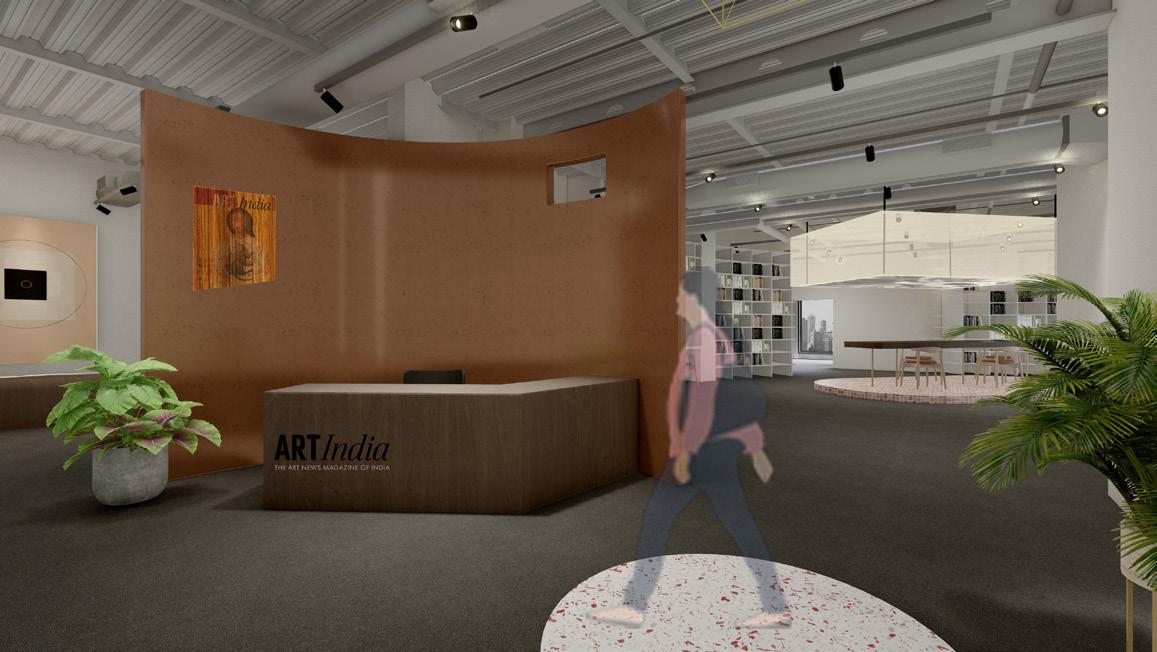
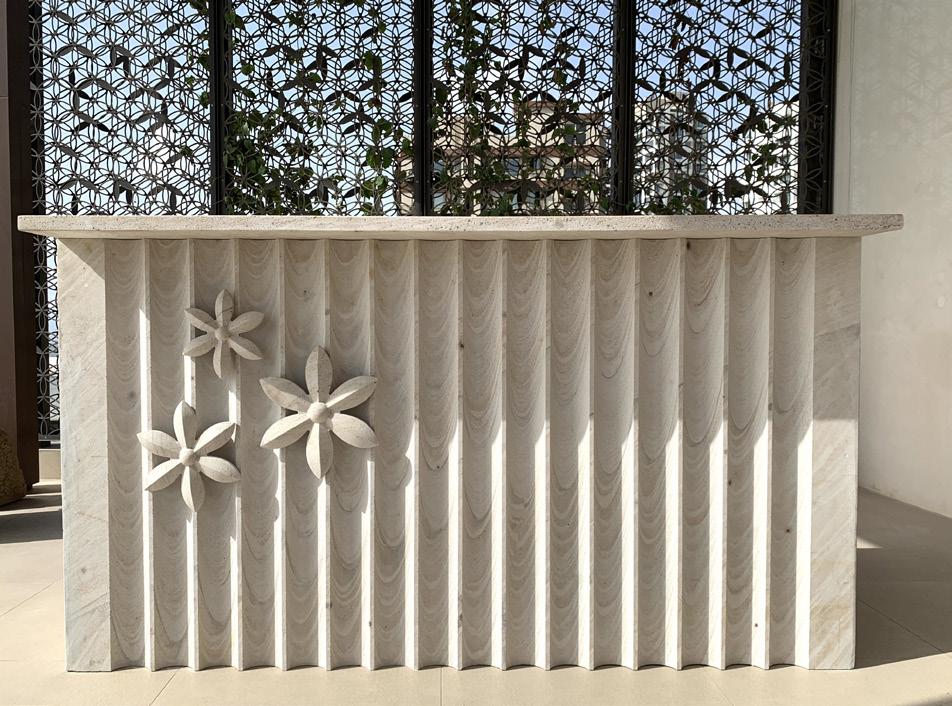
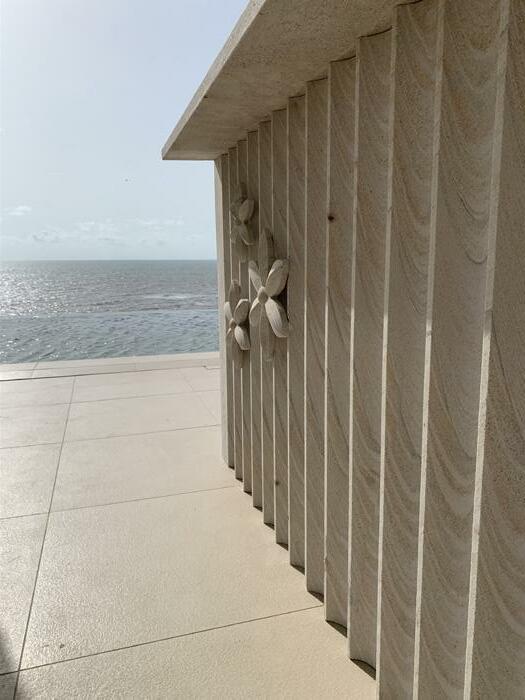
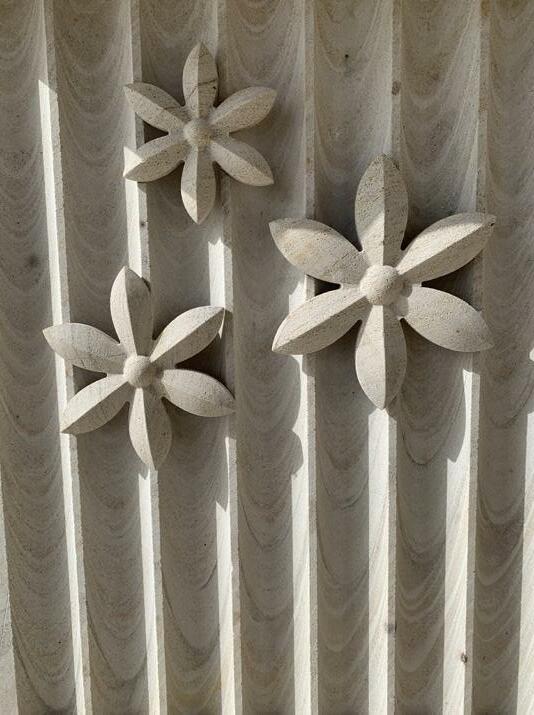
Client: Sangita Jindal
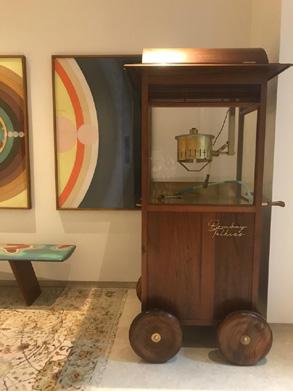
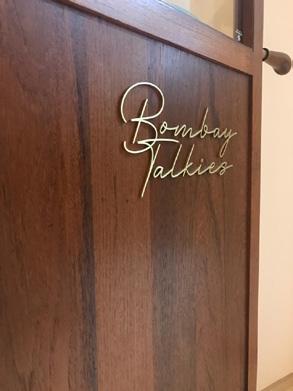
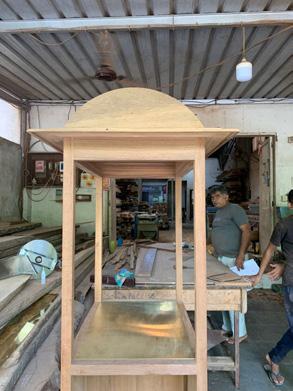
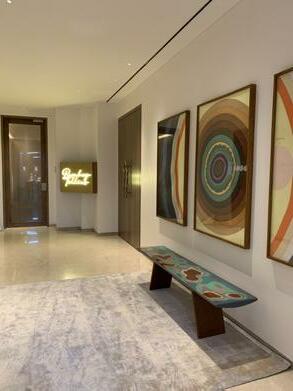

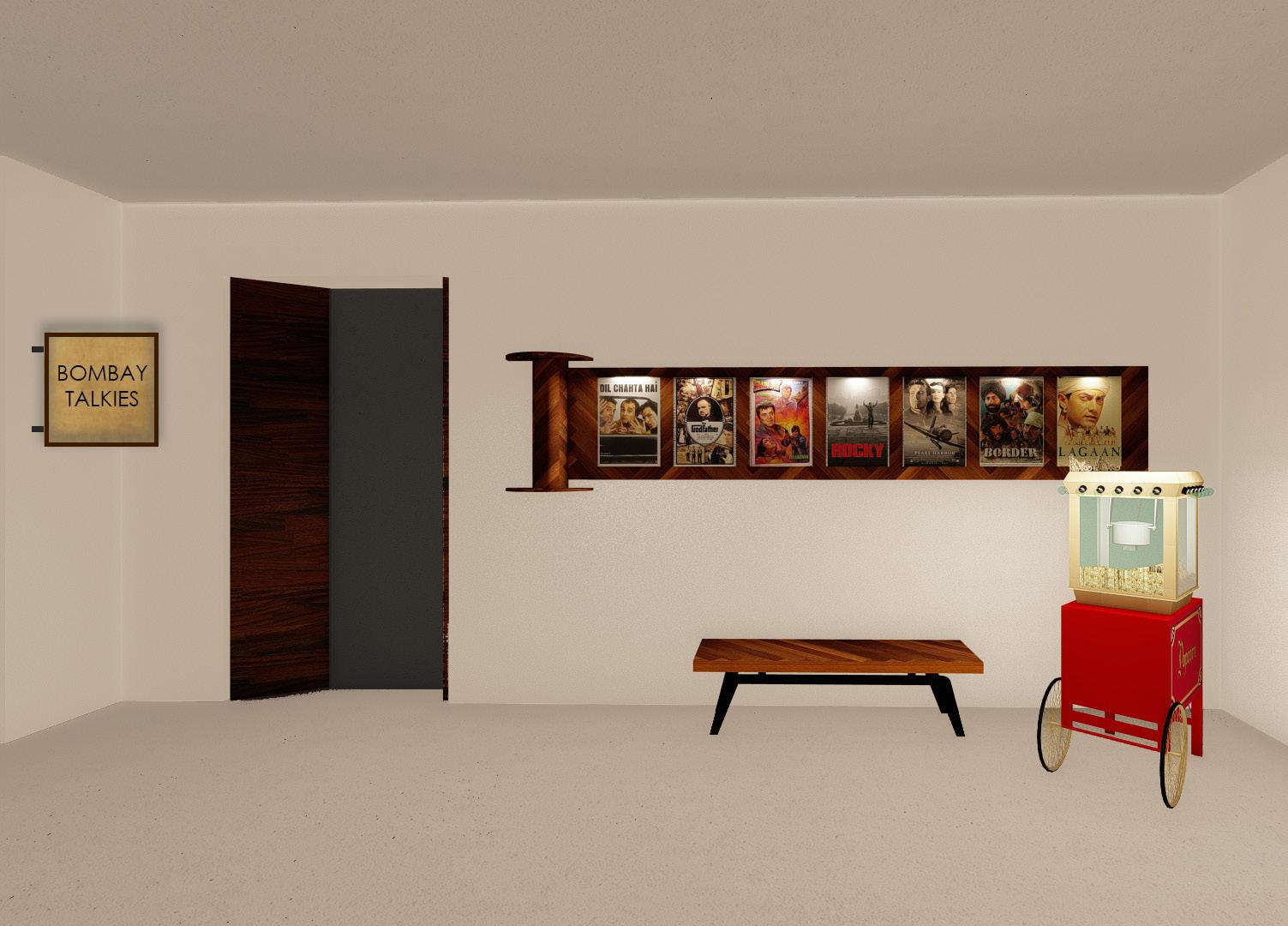
Pool Bar
Bolly wood area
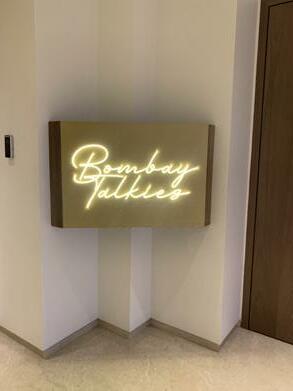
Client: Vidyamandir Foundation
GIA school is a school designed for diffeerently abled.. Variouse elements such as ramps, floorings, skylights, allow them to navigate in the building through different senses.
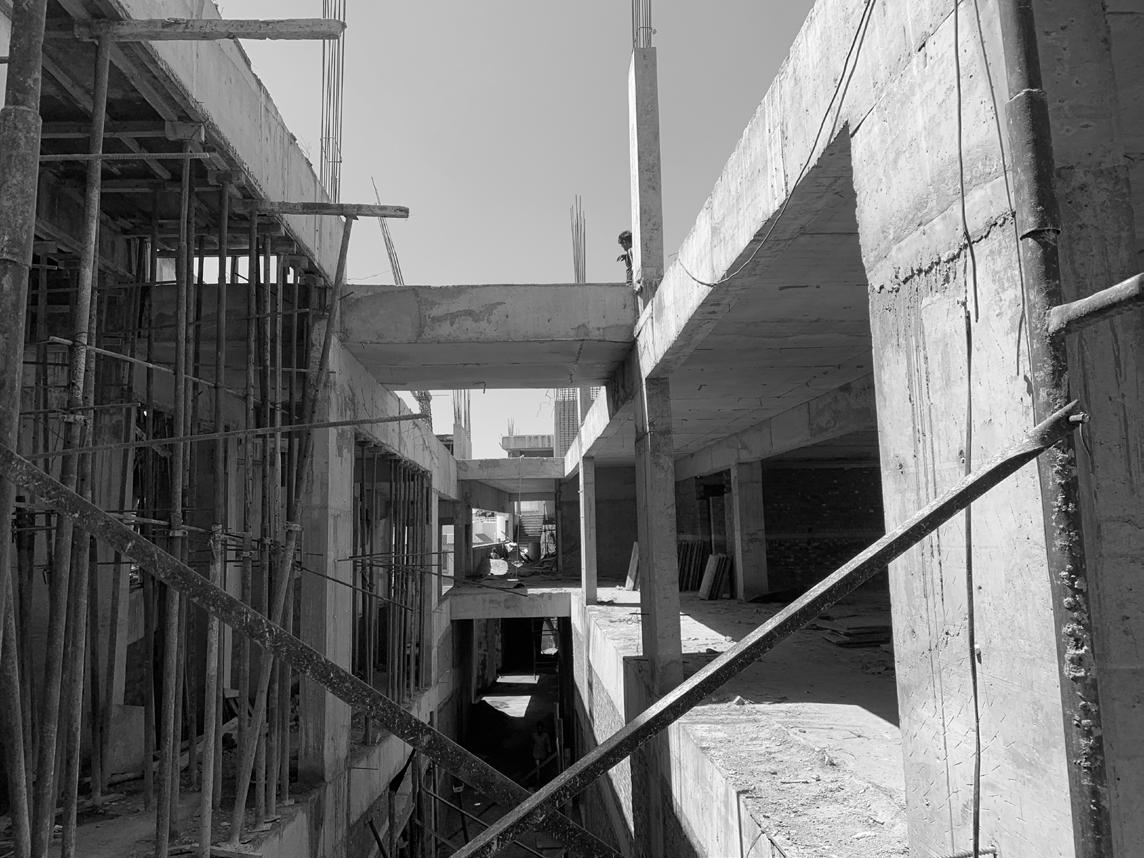
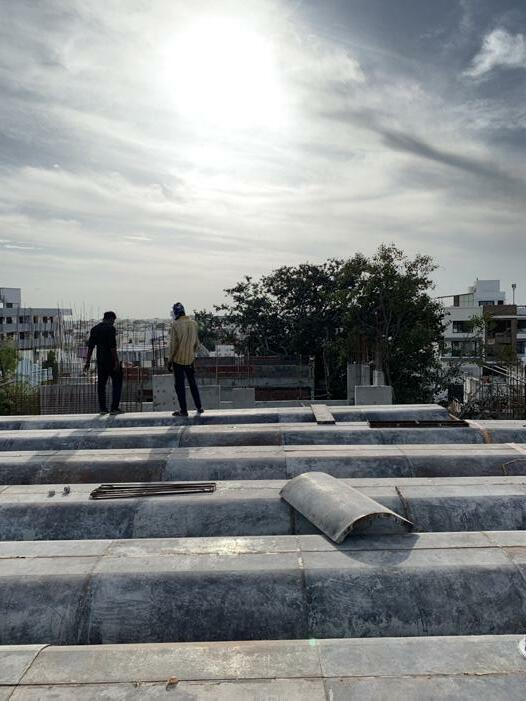
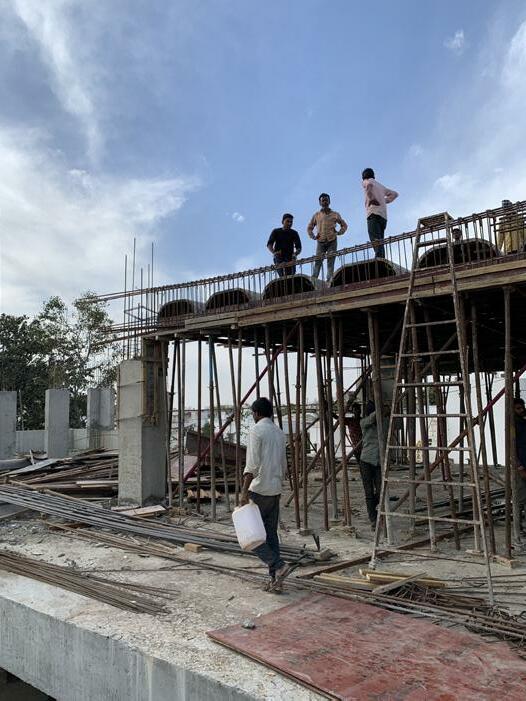
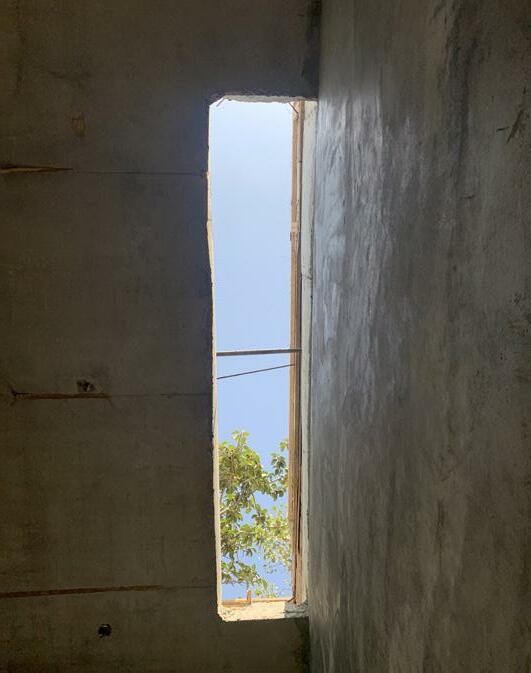
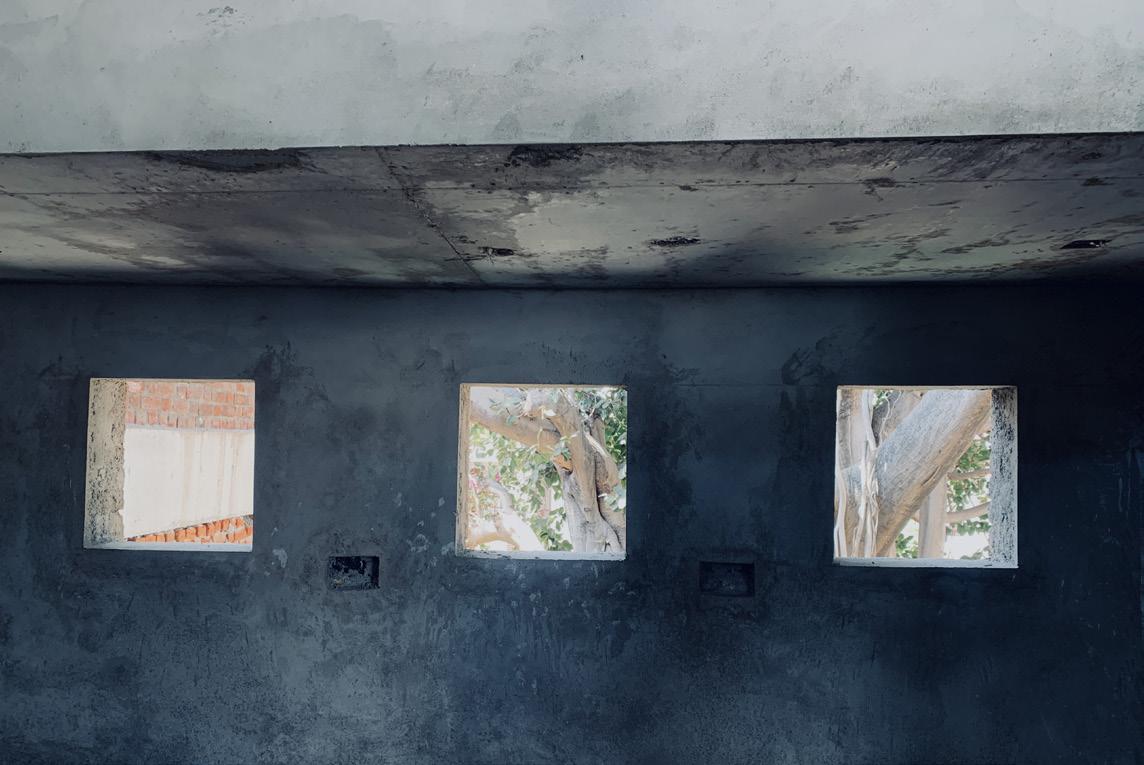
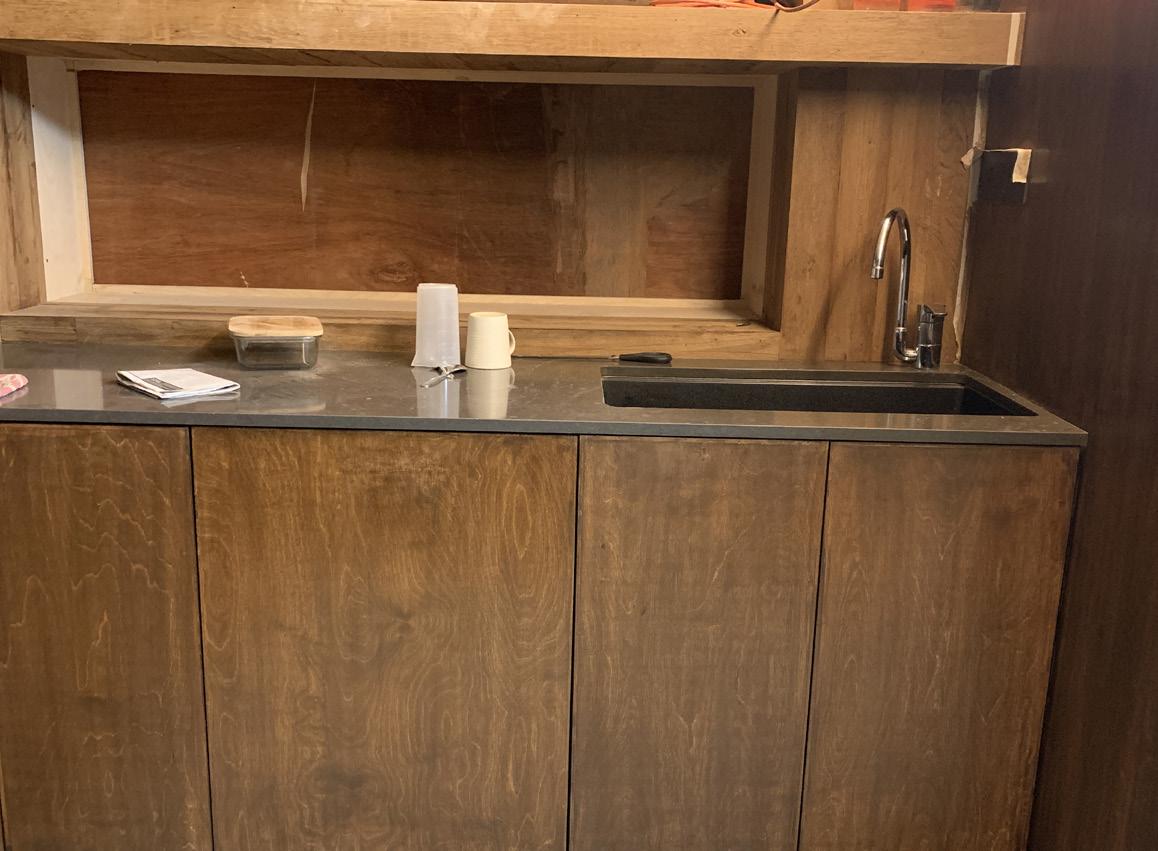
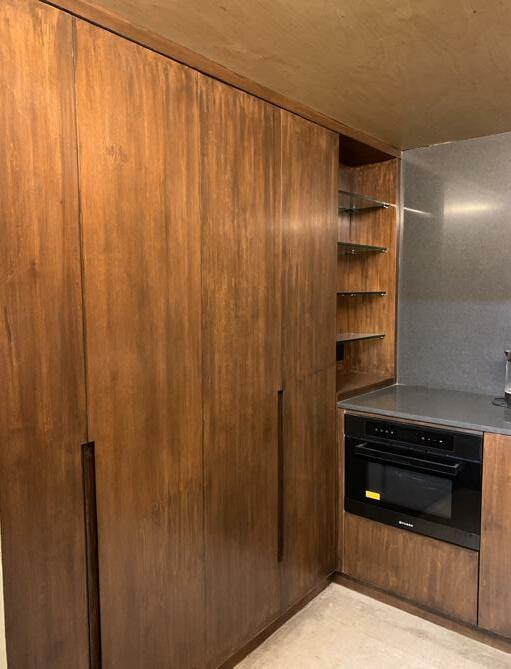
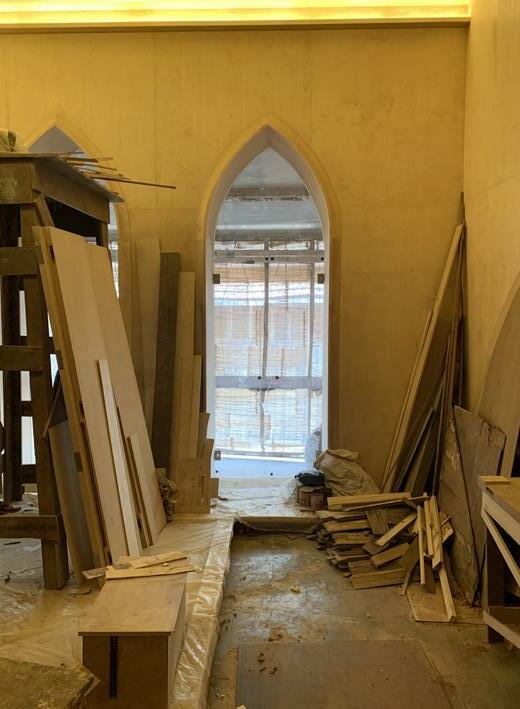
Client: Sapna Thannawala
A 2 bhk apartment along with a kitchen, a hall cumm office and balconies on two sides. The openings were all arches, with 12 ft high ceilings.
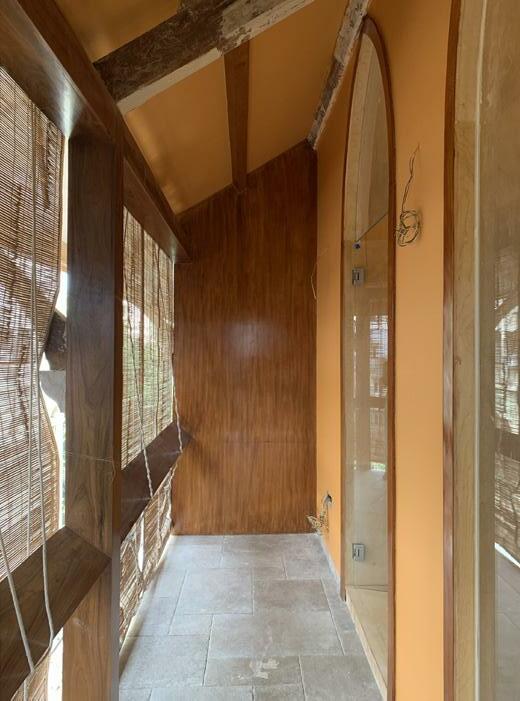
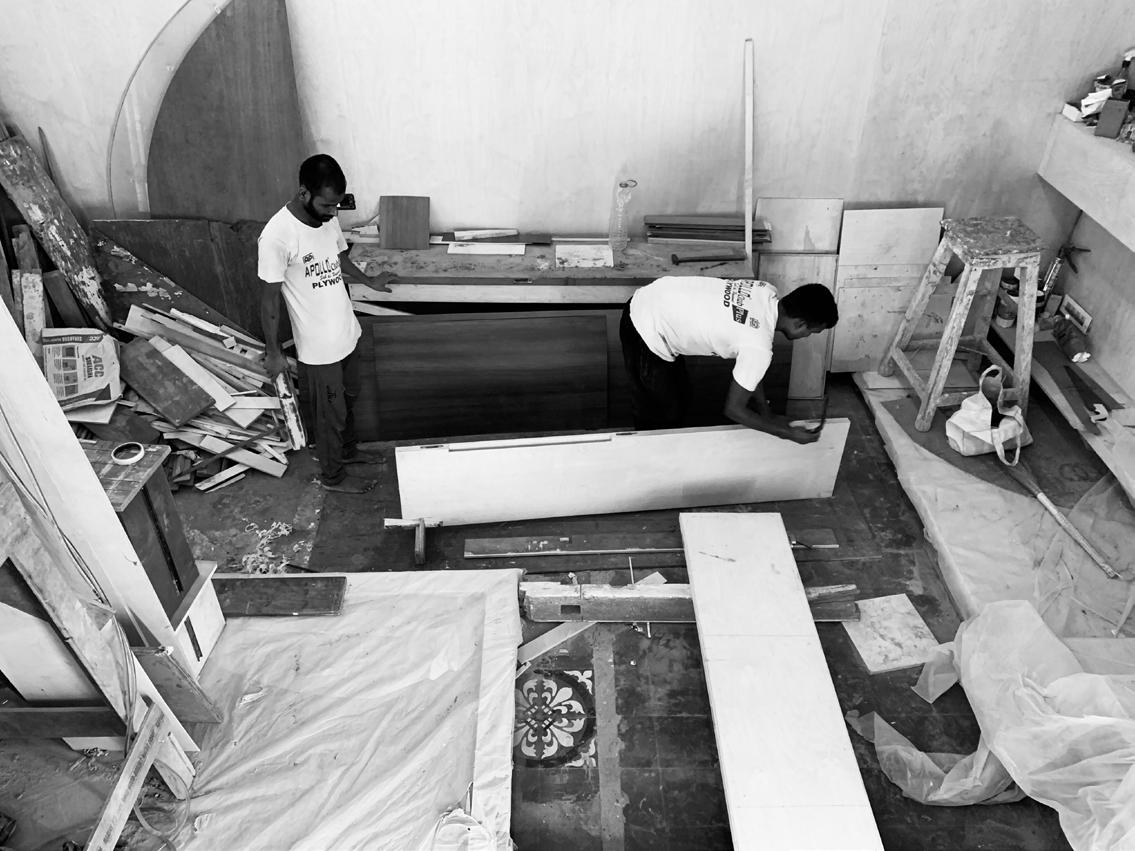
Material palette is one of the most important method of presentation for inteerior projects for a client to completely understand the look and feel of the space. Setting up and showing the real materials in speecific compositions helps one understand the inter-relation between them.
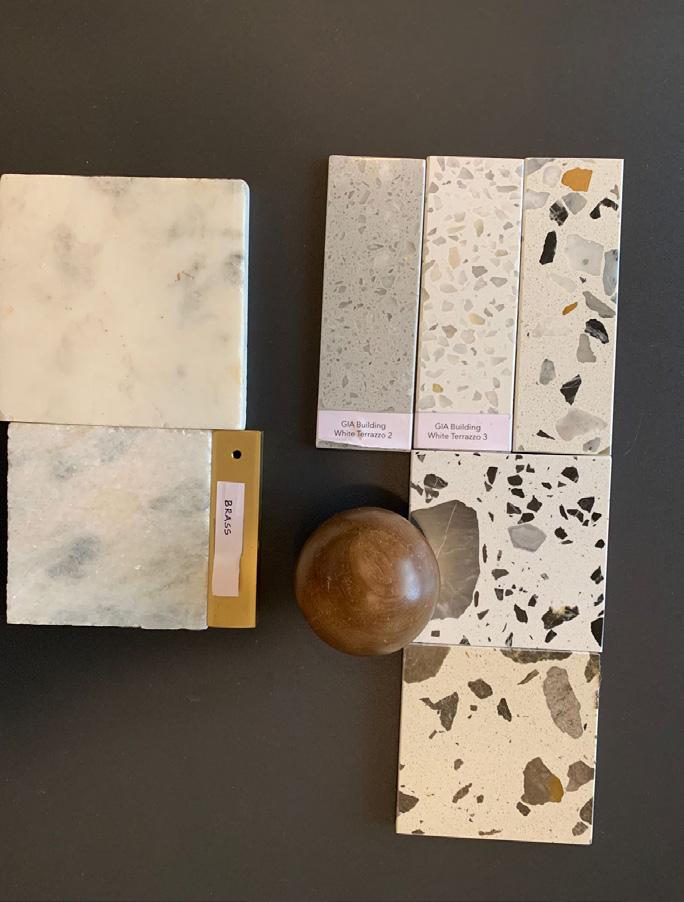
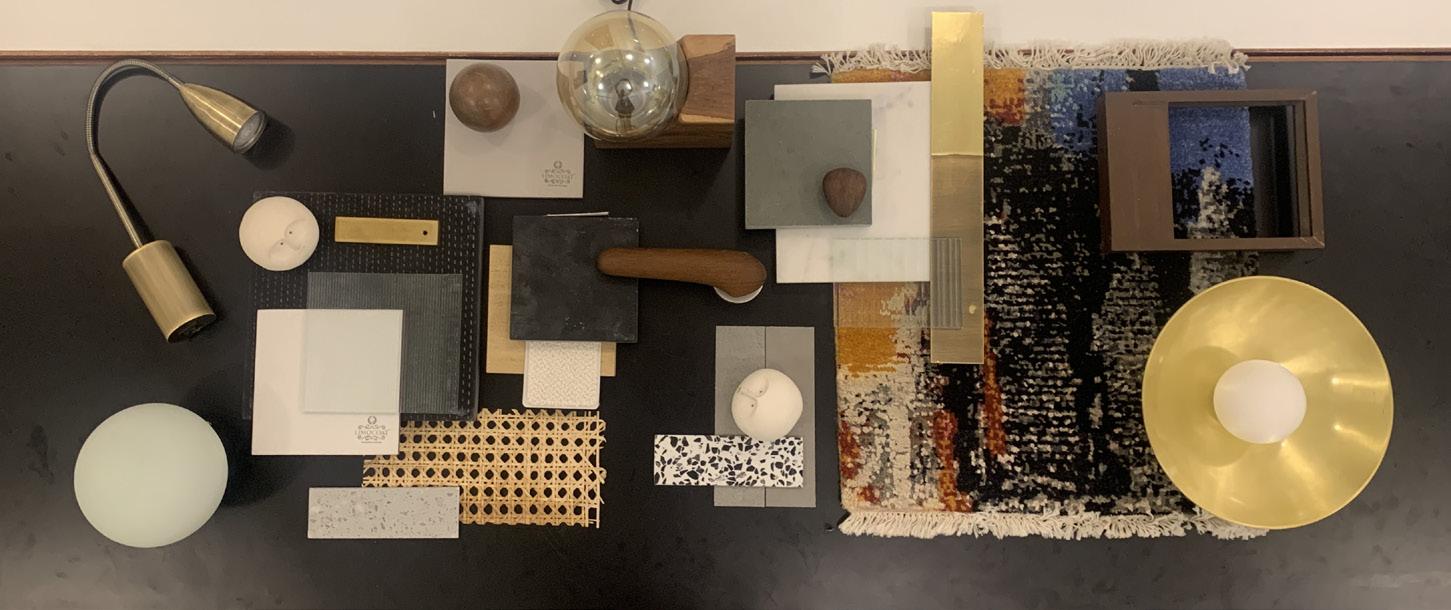
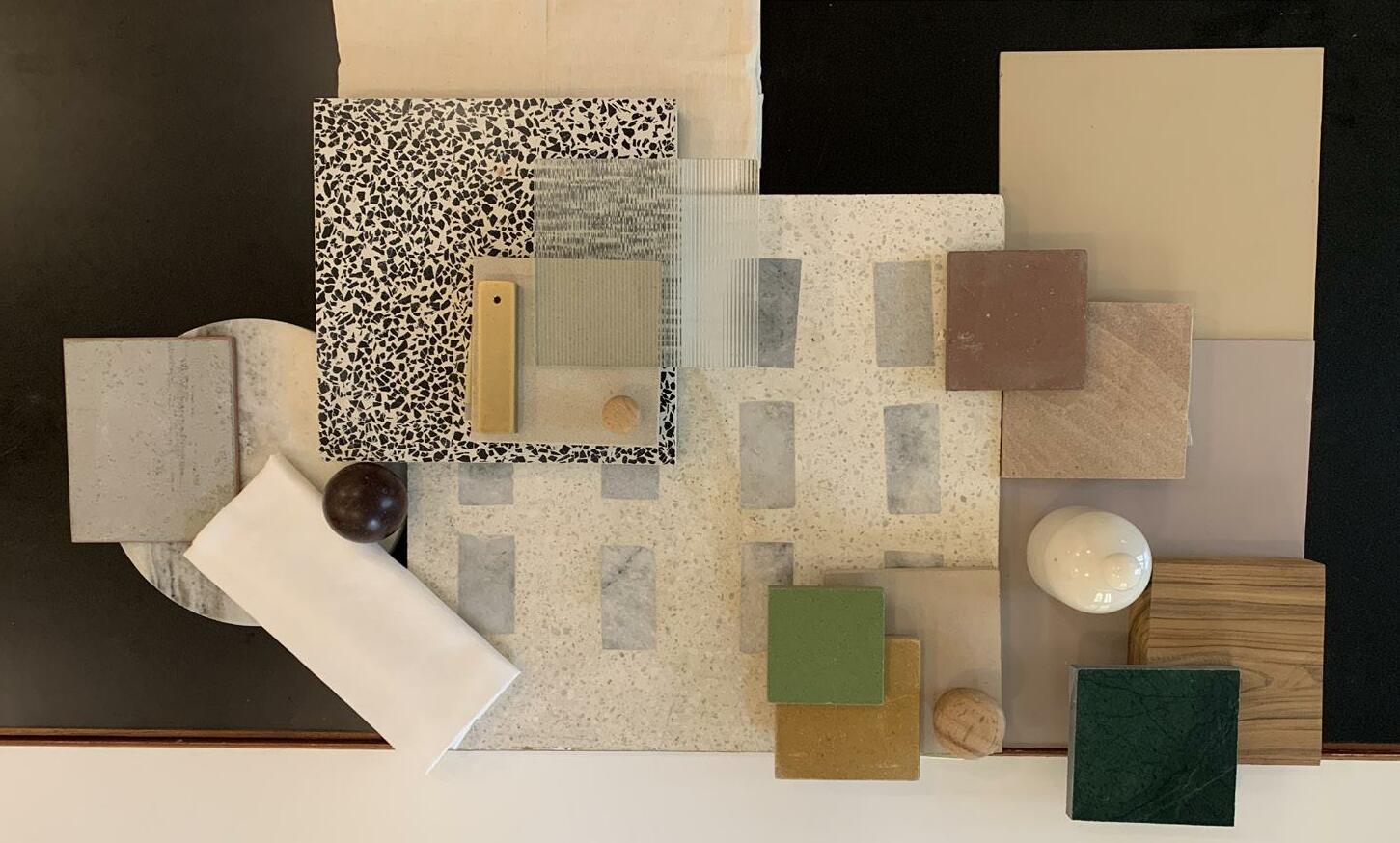
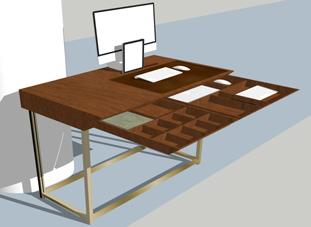
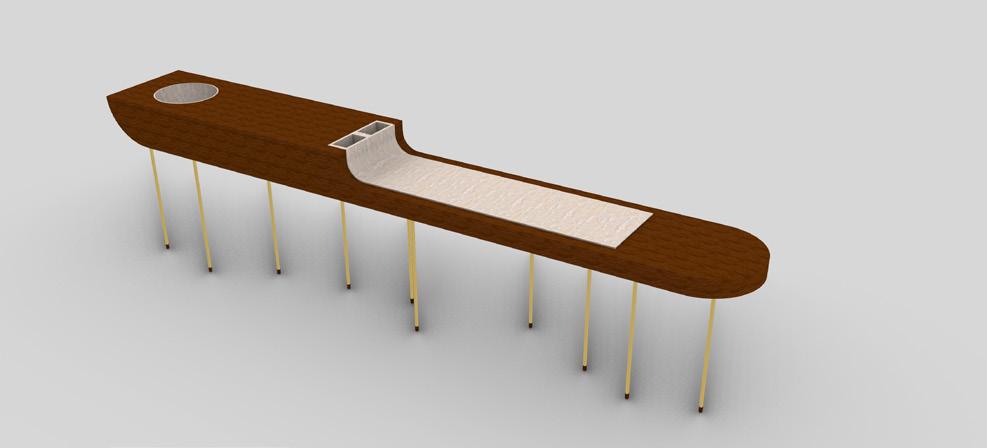
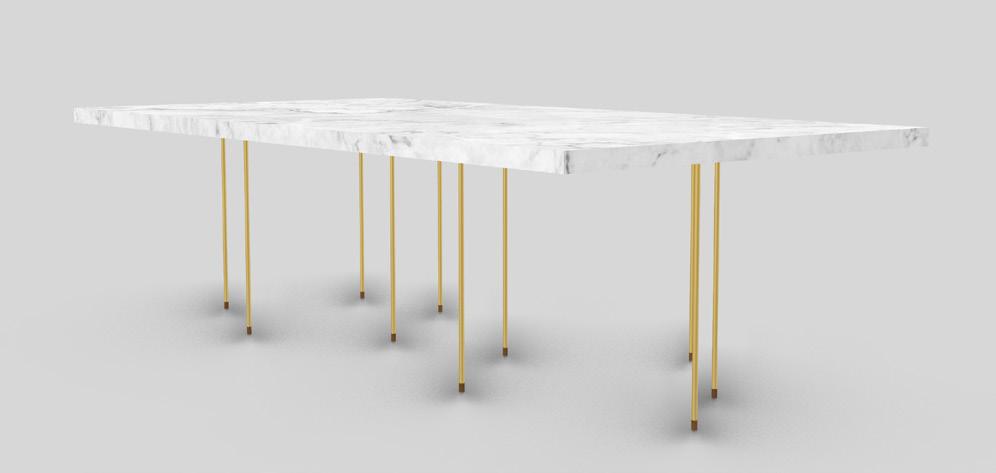
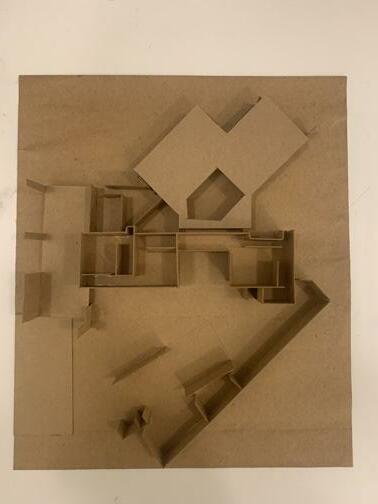
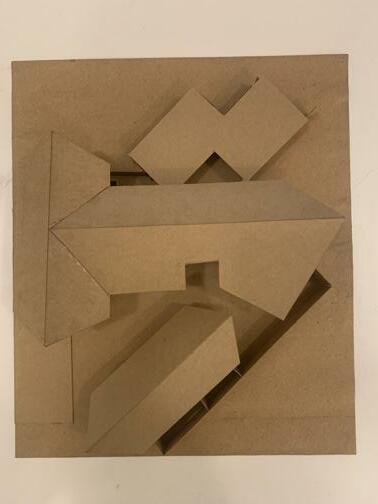
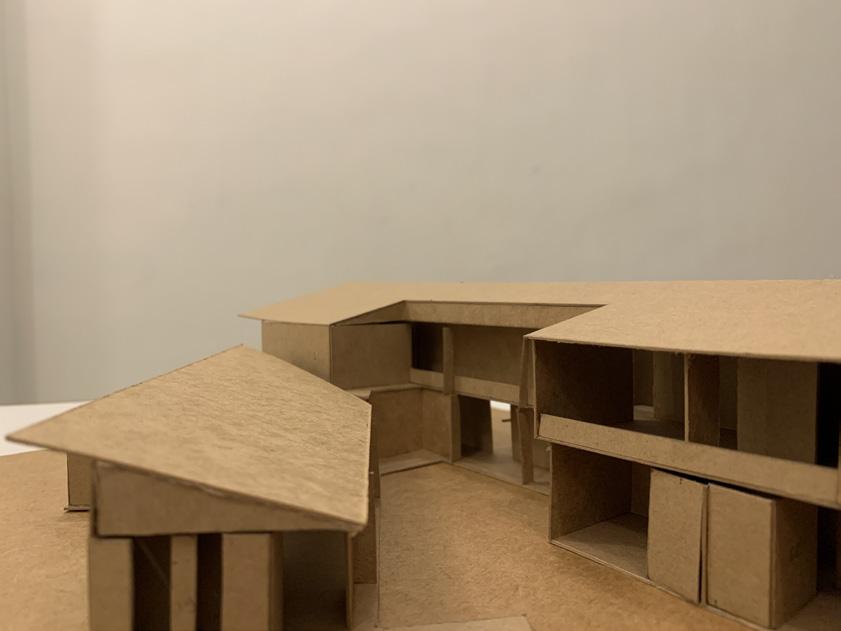

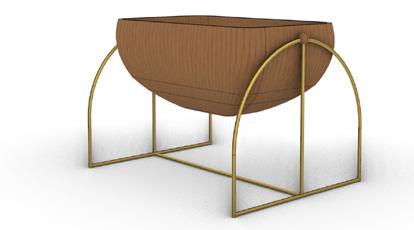

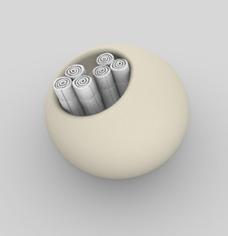
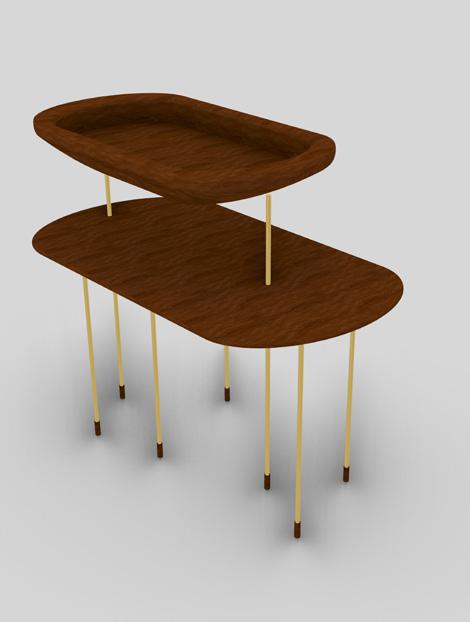
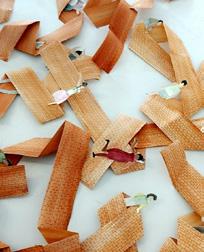
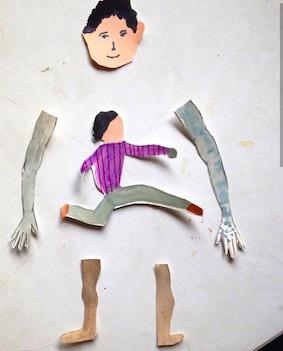
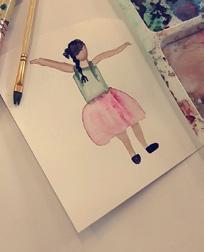
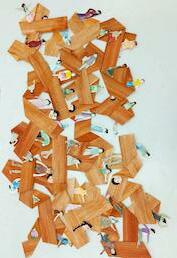
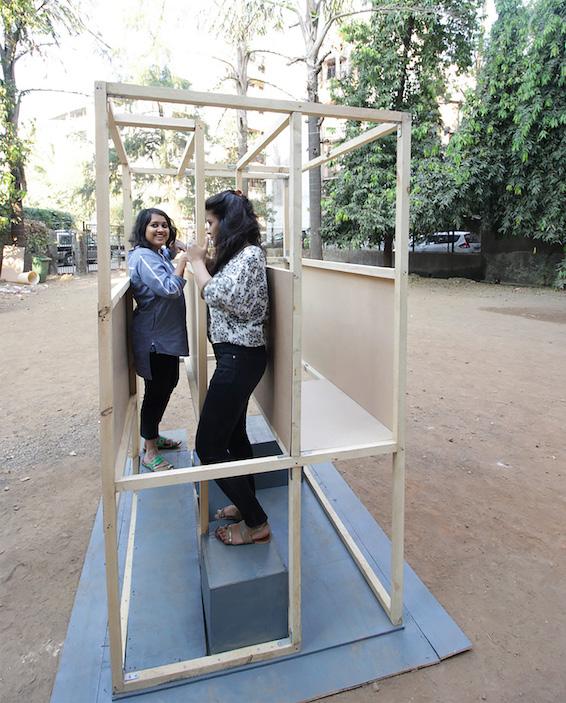
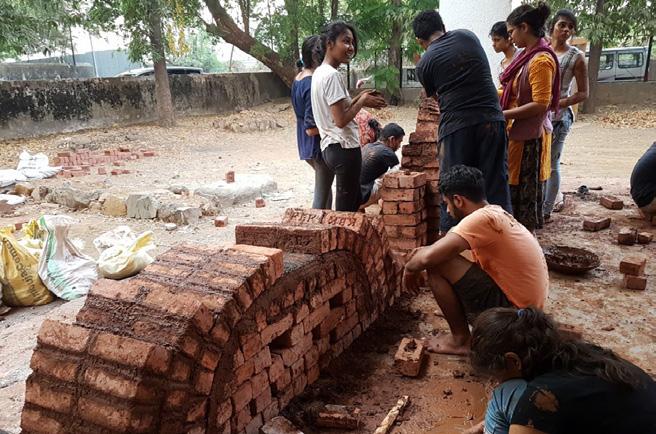
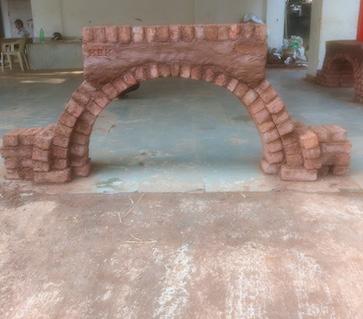
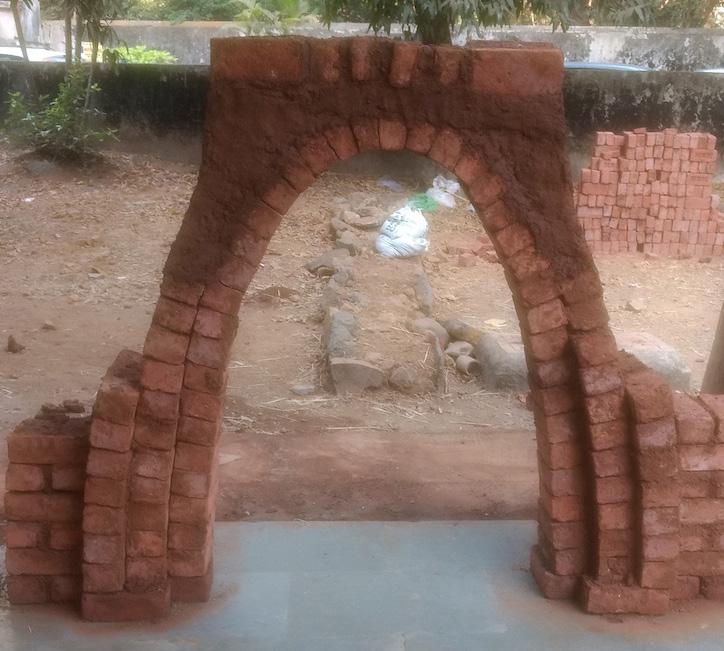
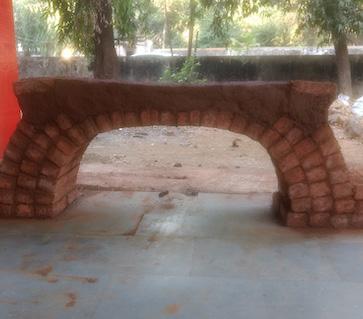 Punishment device for loved ones
Art workshop
Brick arches workshop
Punishment device for loved ones
Art workshop
Brick arches workshop
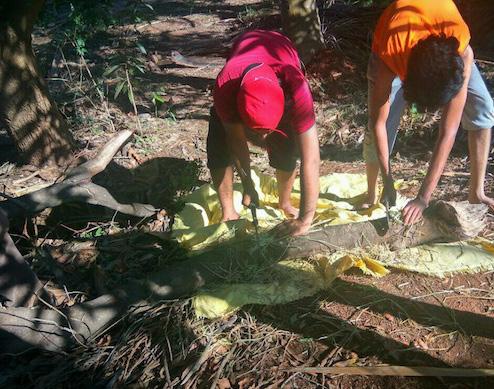
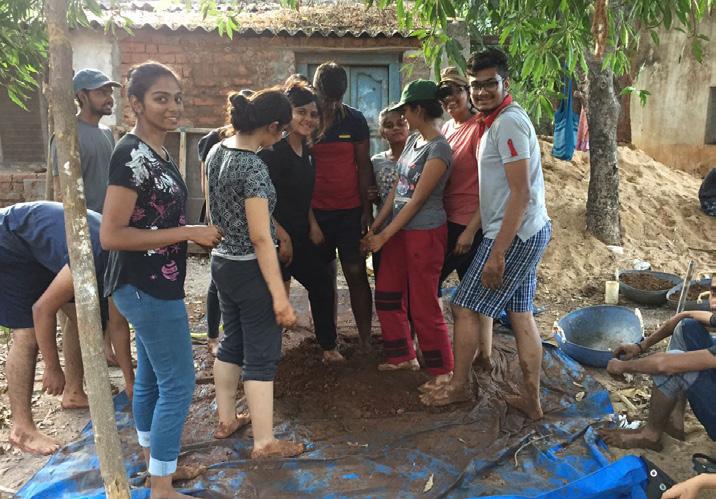
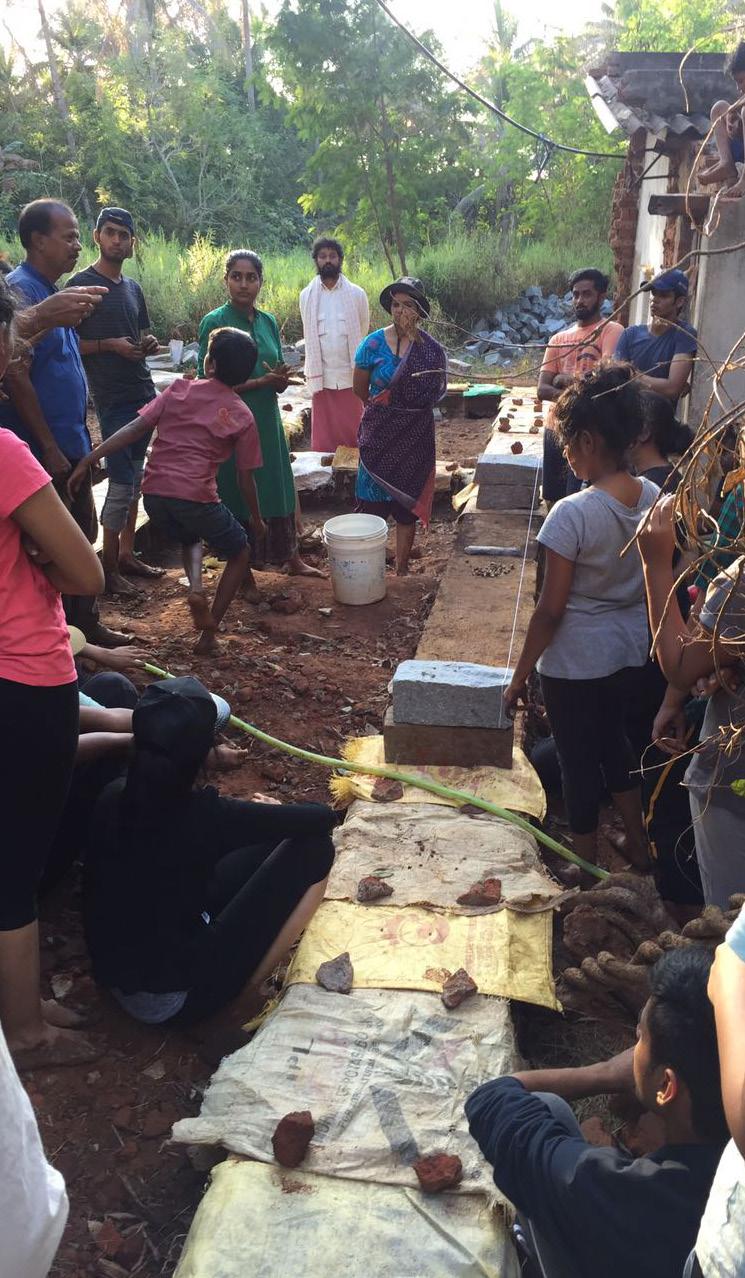
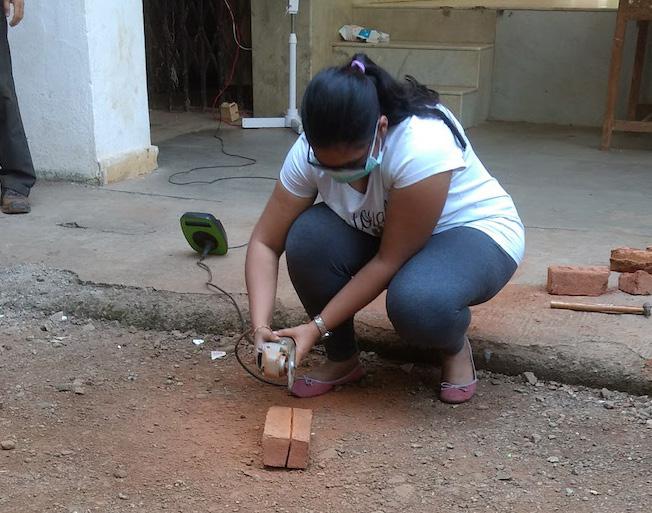
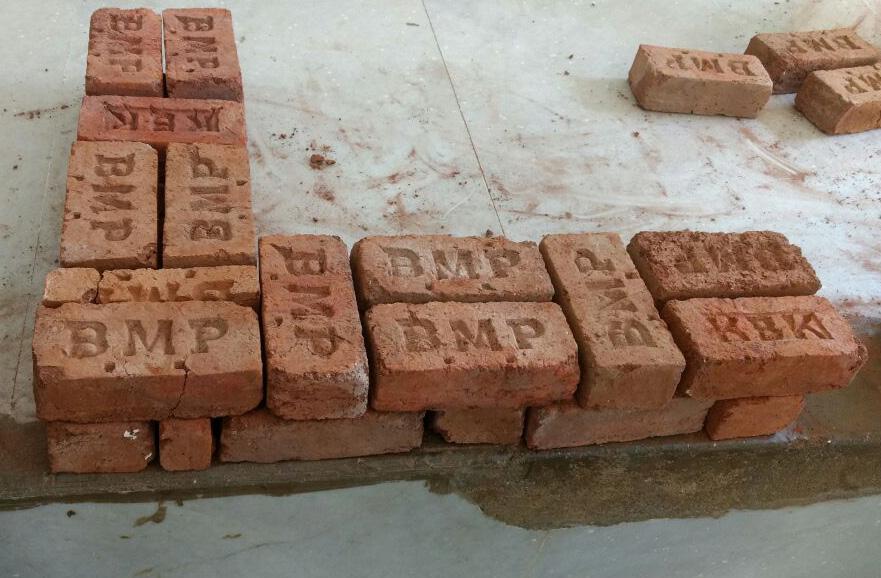
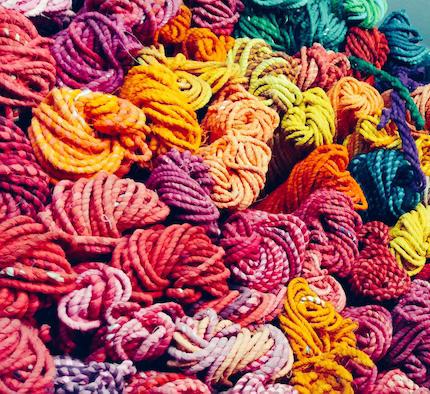
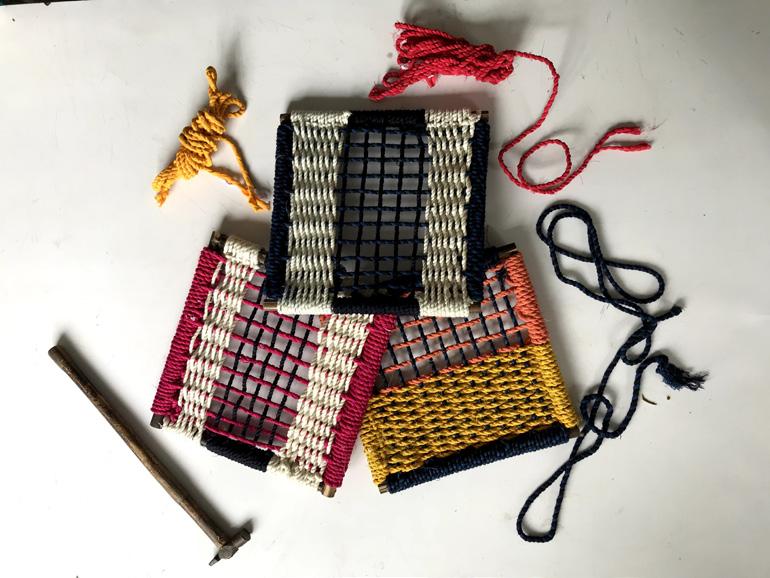
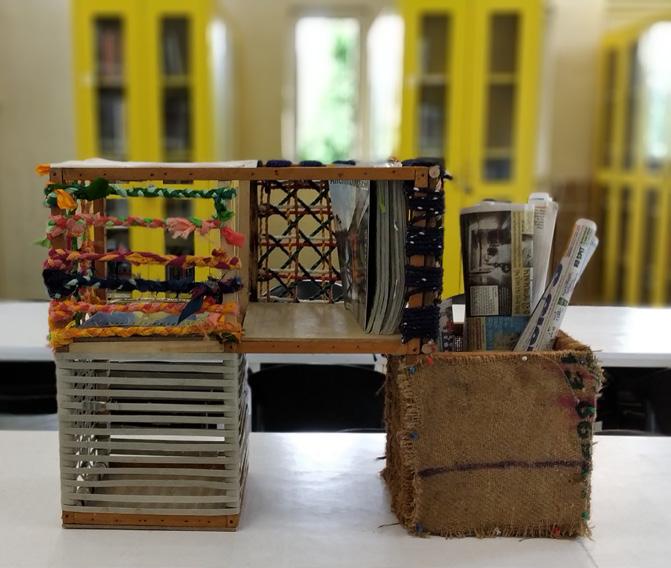 Making cob wall
Brick bonds
Making cob wall
Brick bonds
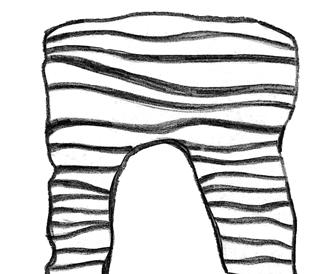
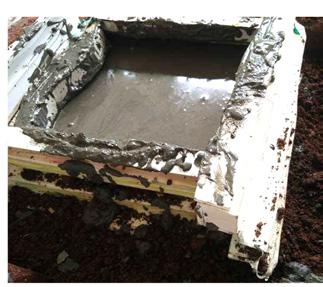
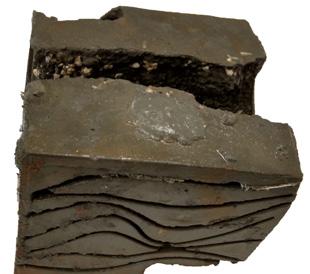
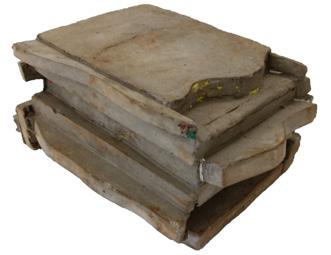
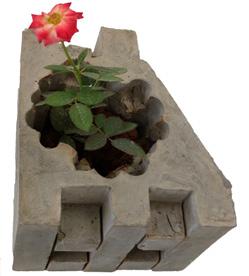
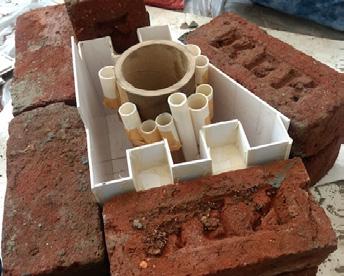
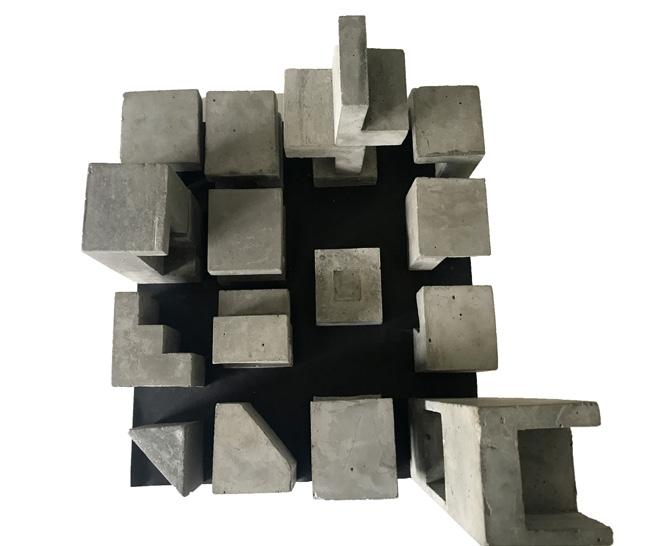
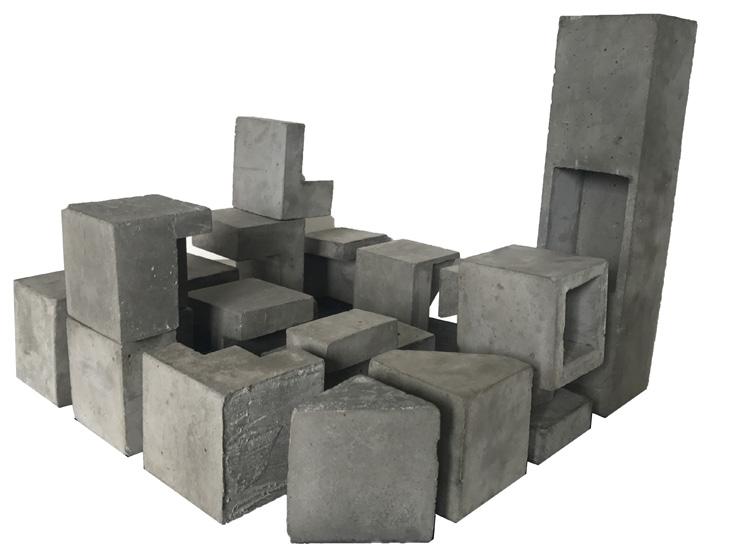
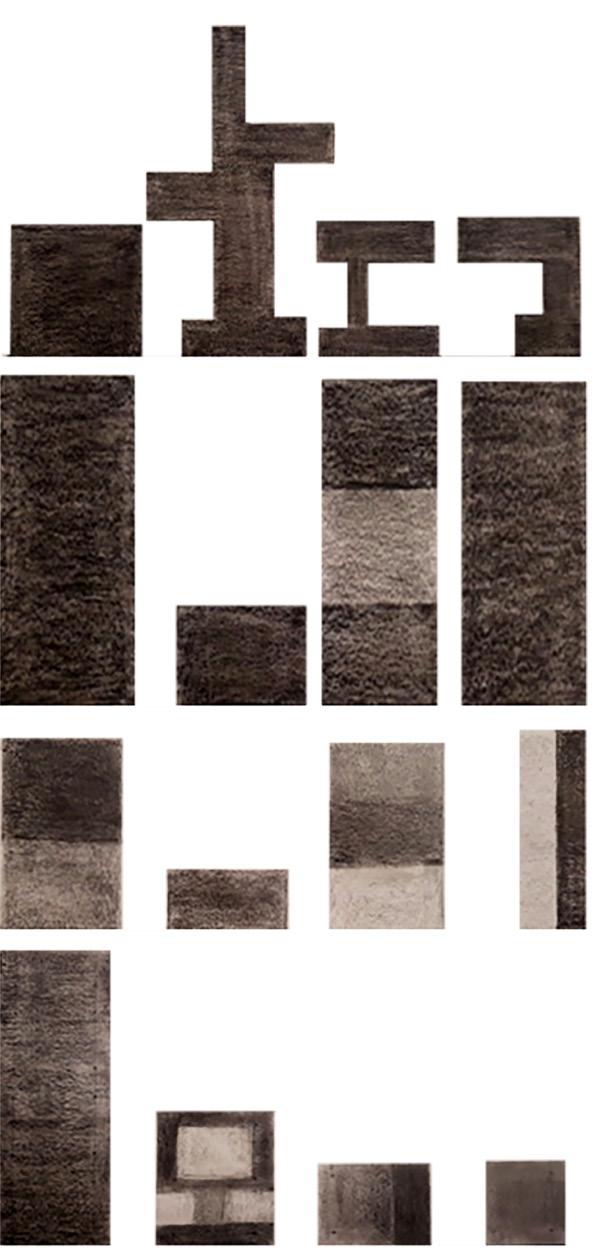
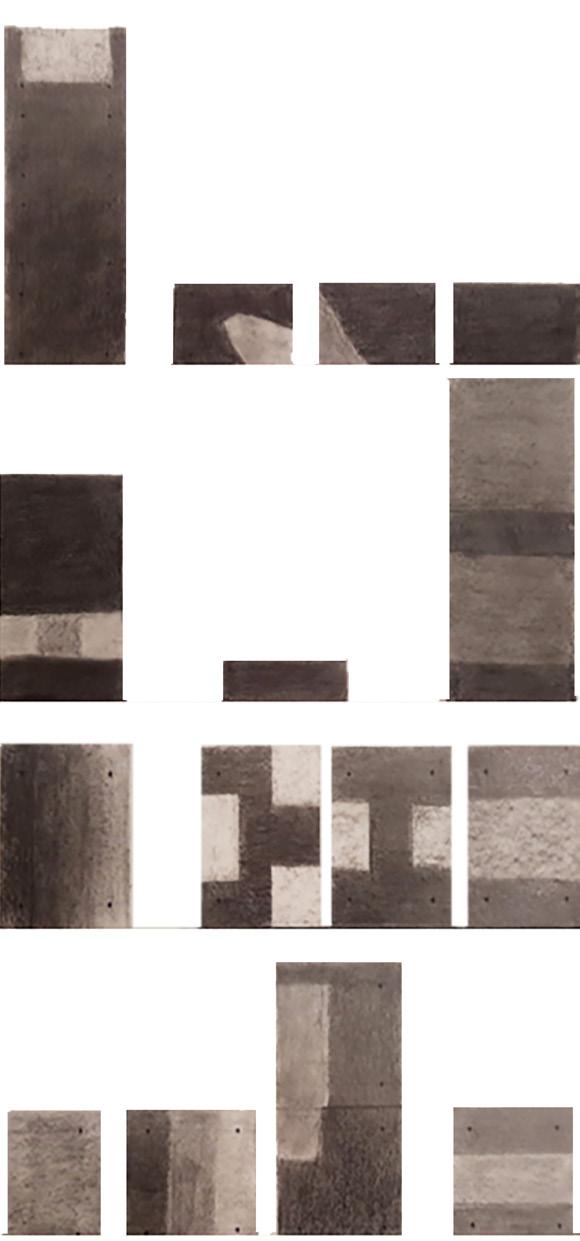 Concrete workshop
Concrete workshop
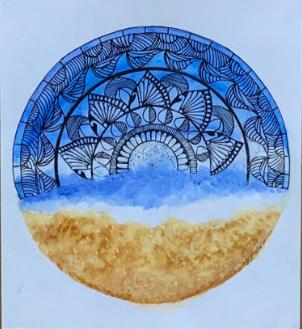
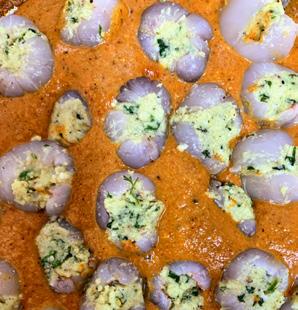
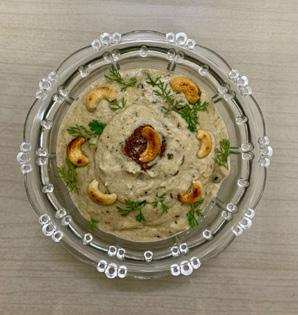

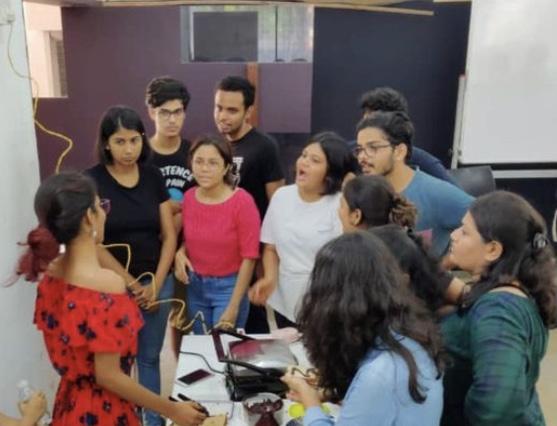
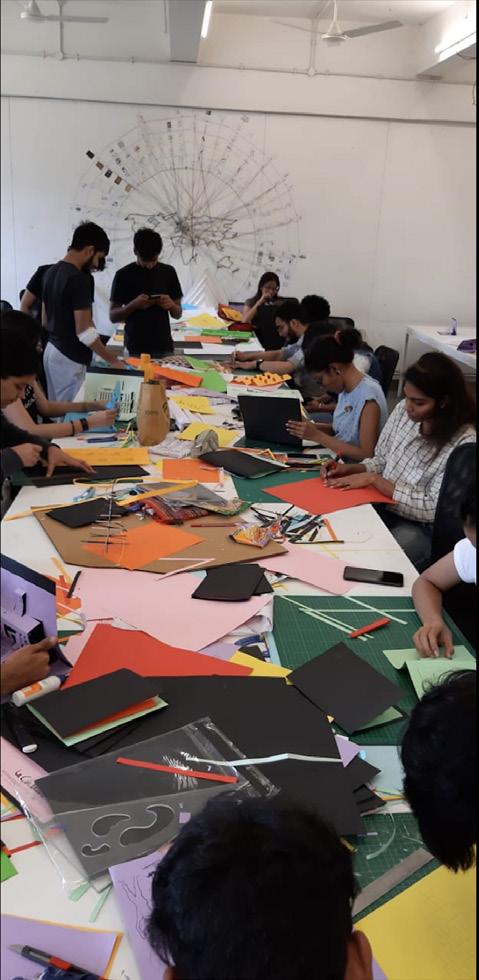
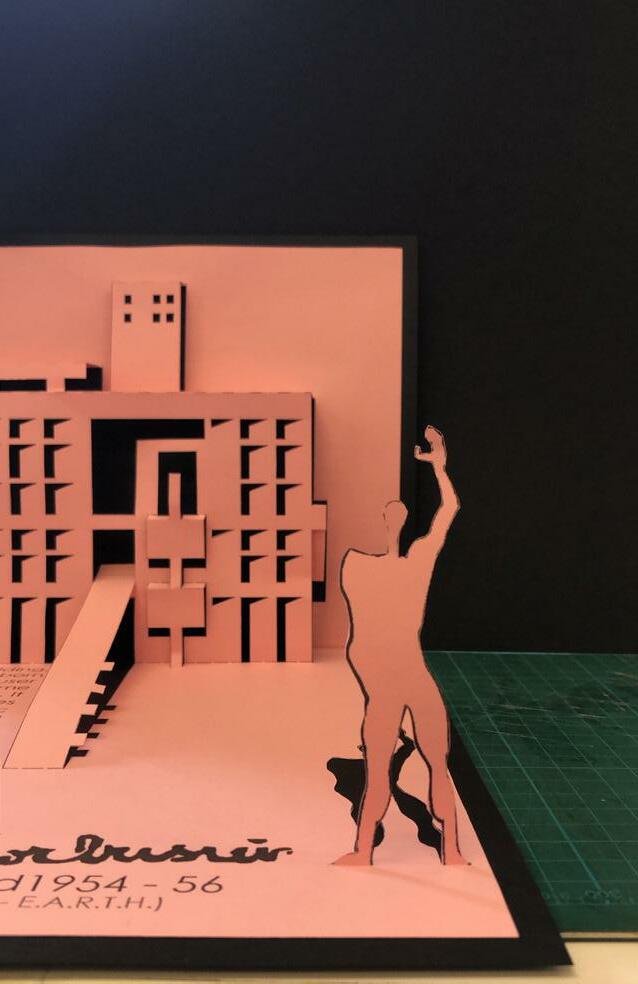
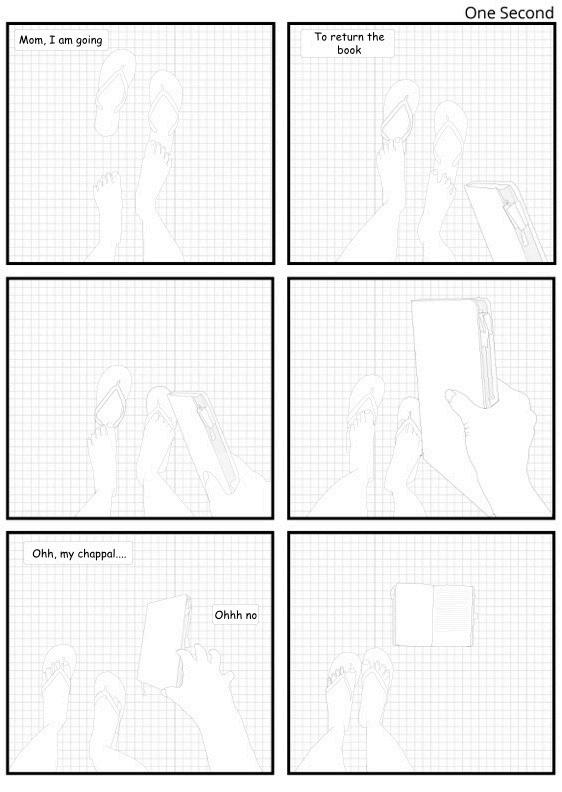 Comic workshop
Origami workshop
Blue tea
Malai kofta
Litchi sabzi
Food stalls
Comic workshop
Origami workshop
Blue tea
Malai kofta
Litchi sabzi
Food stalls